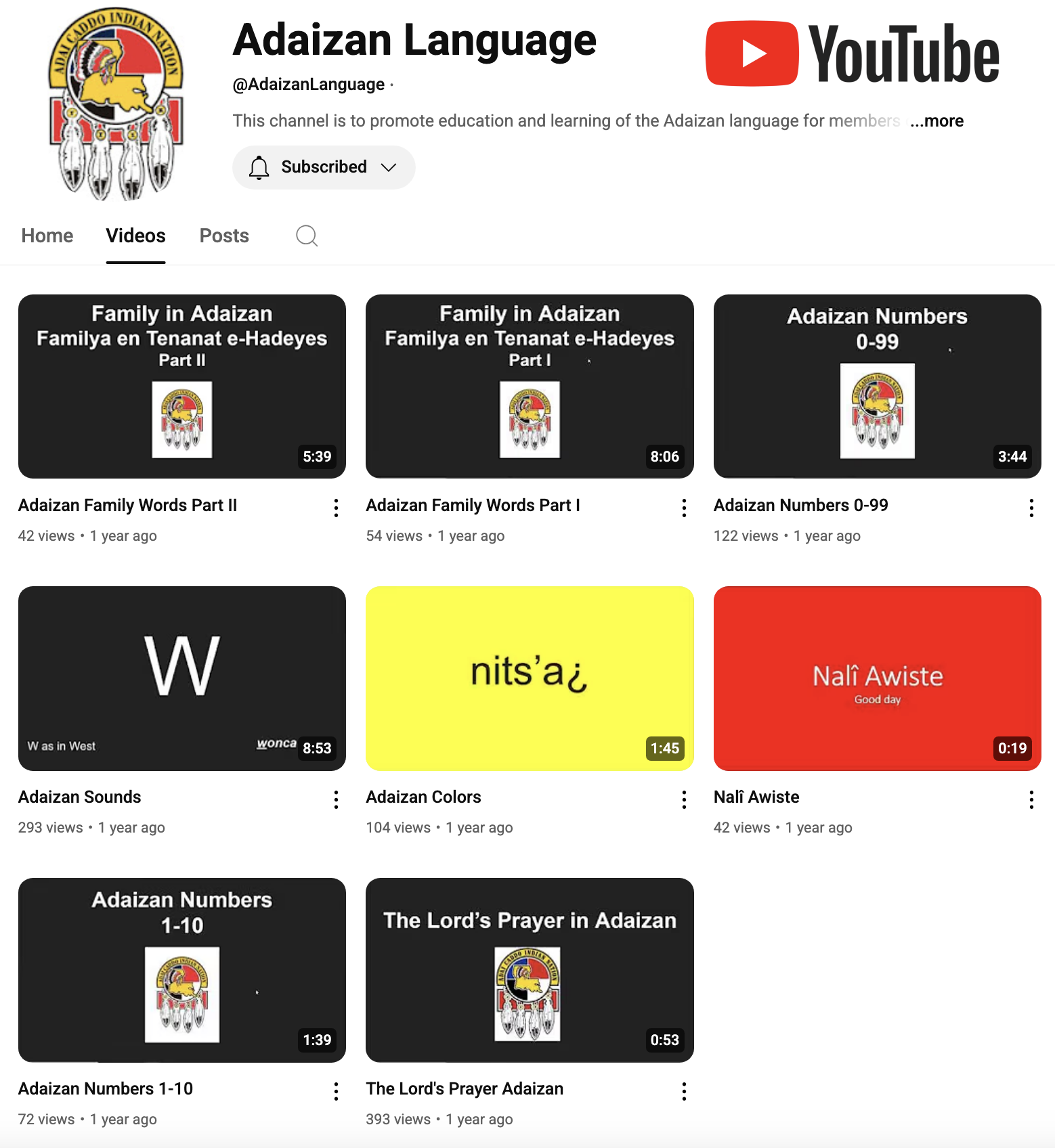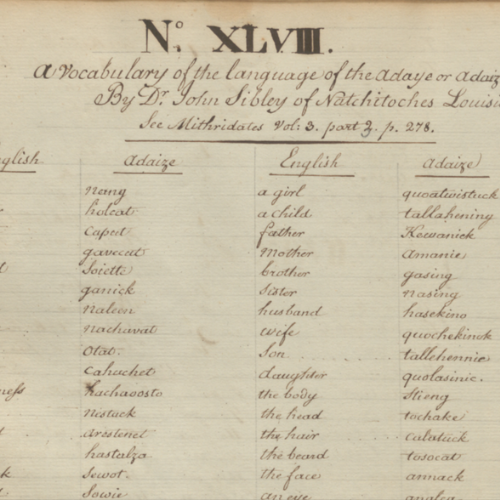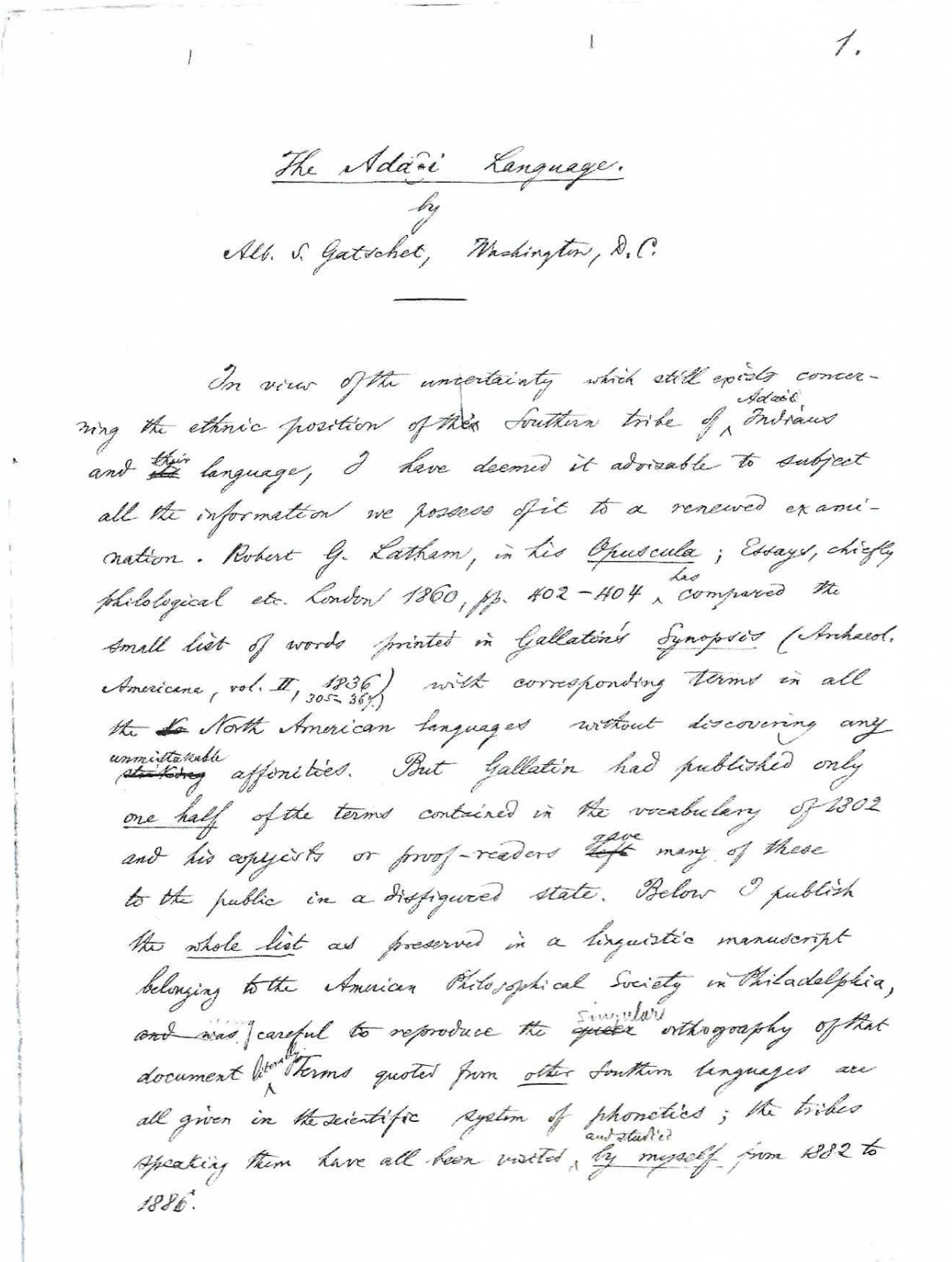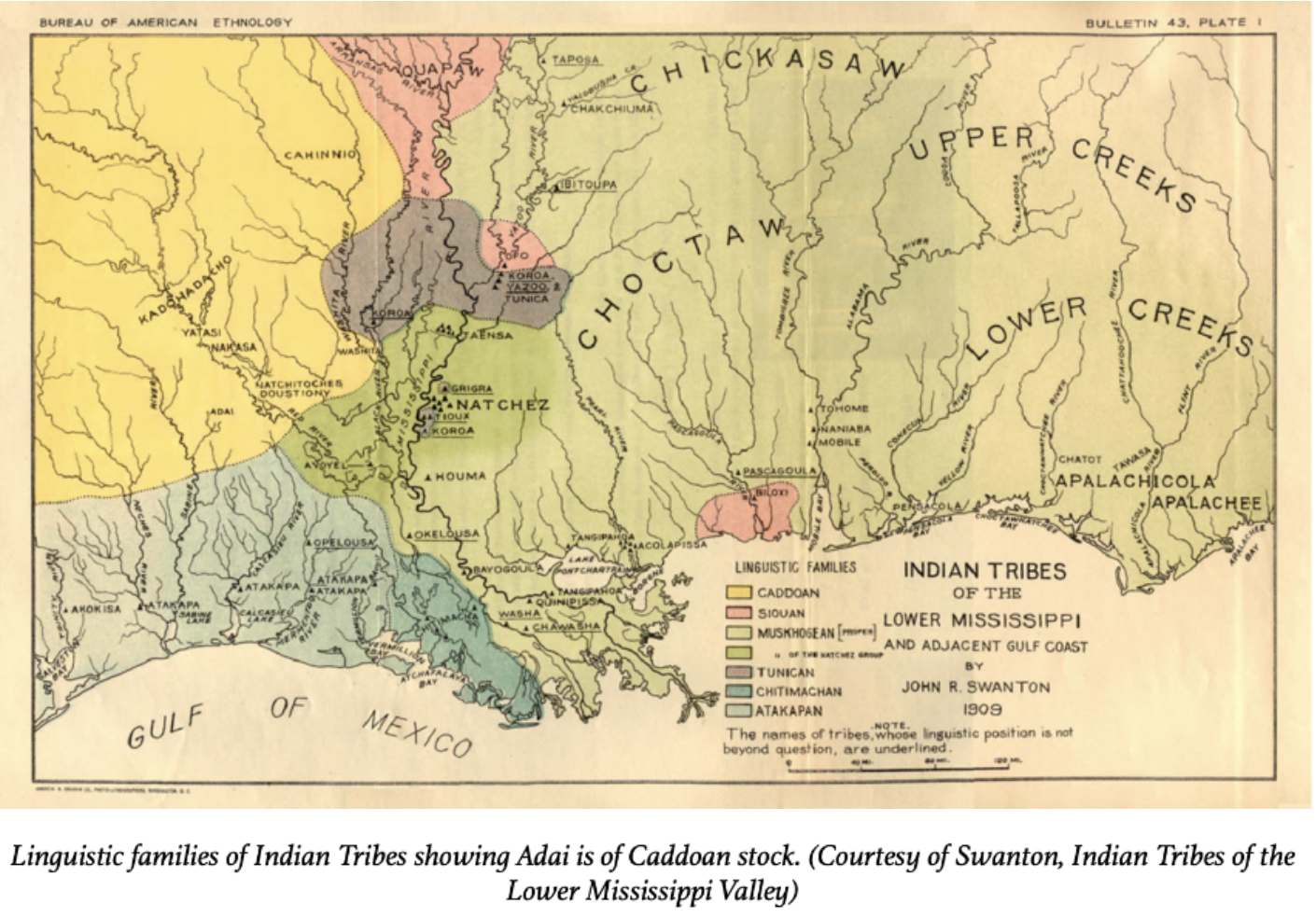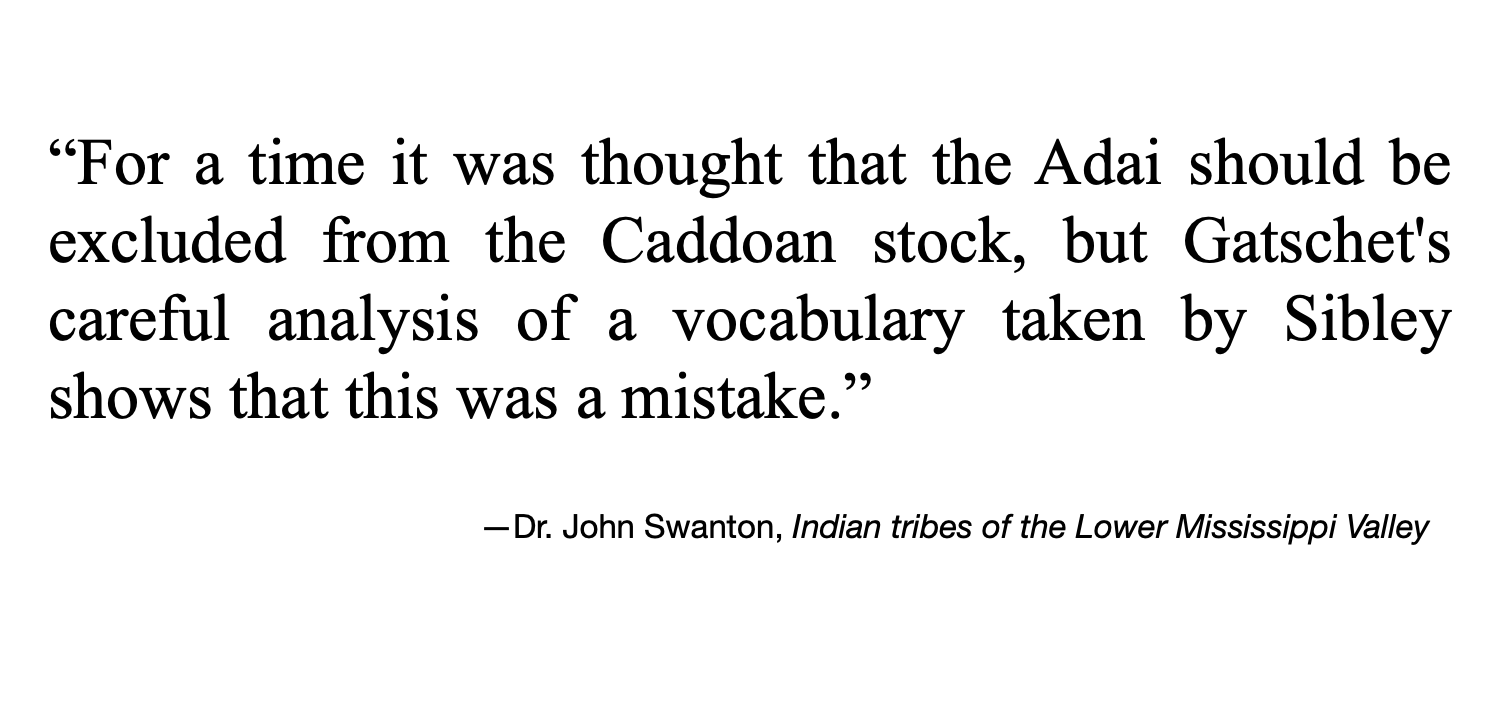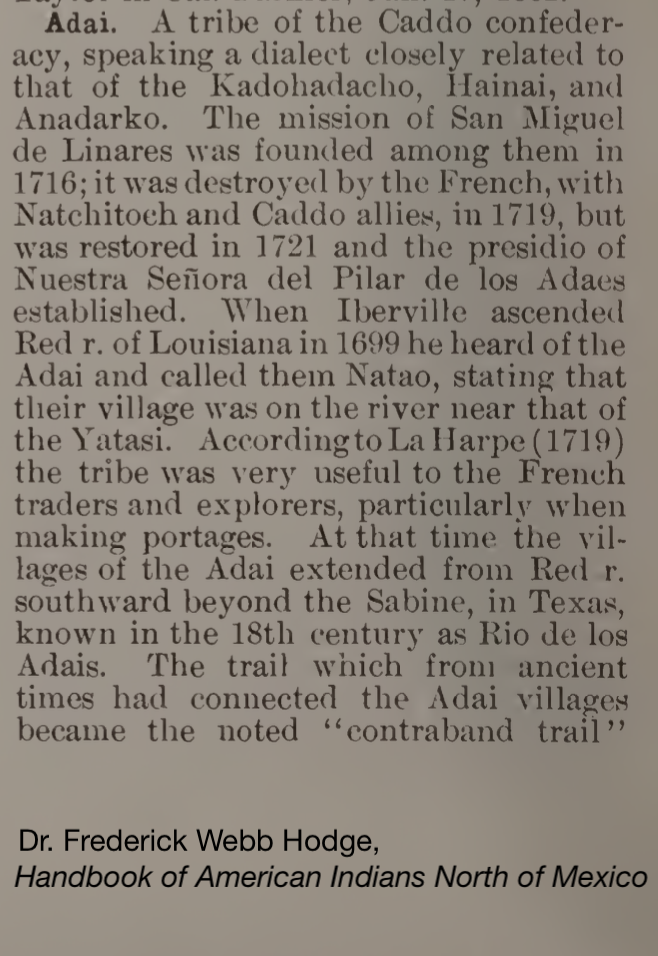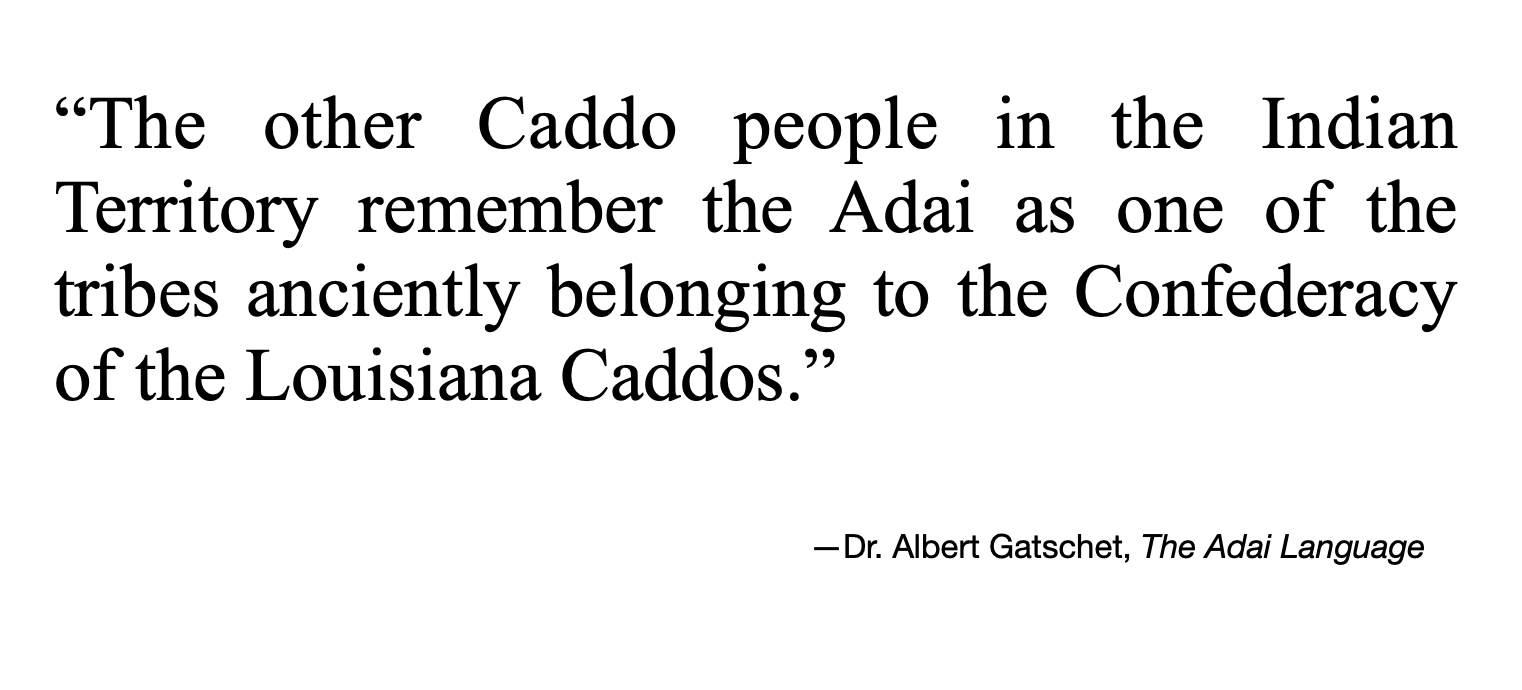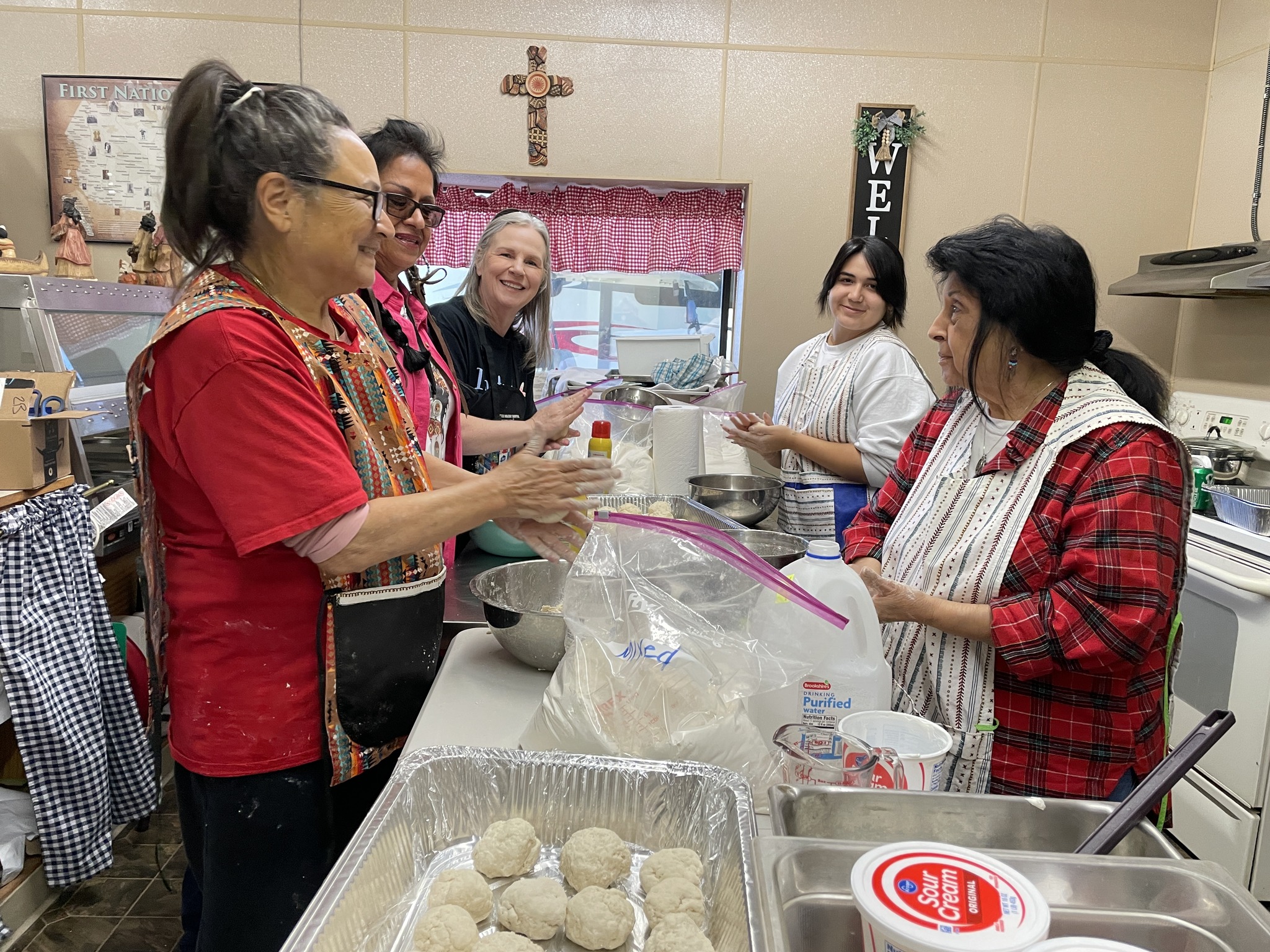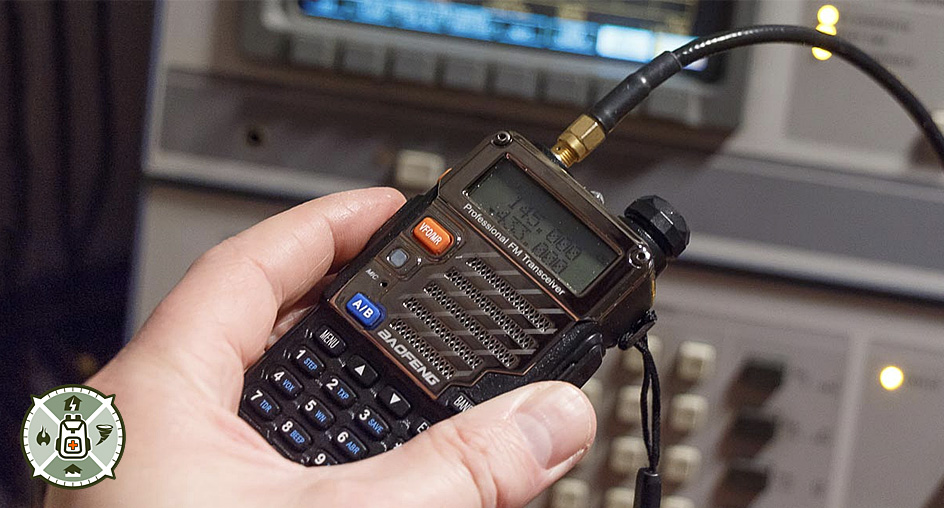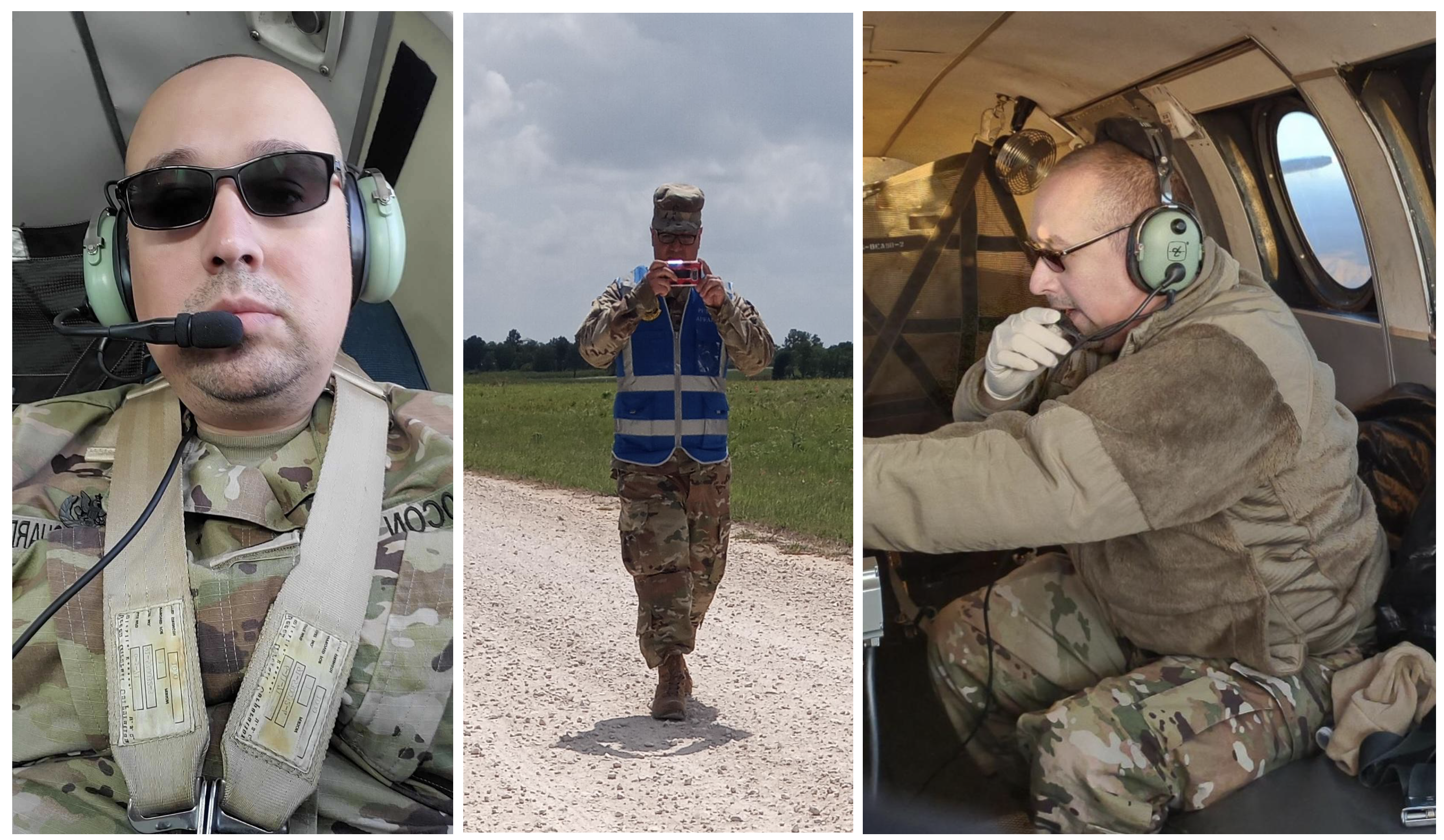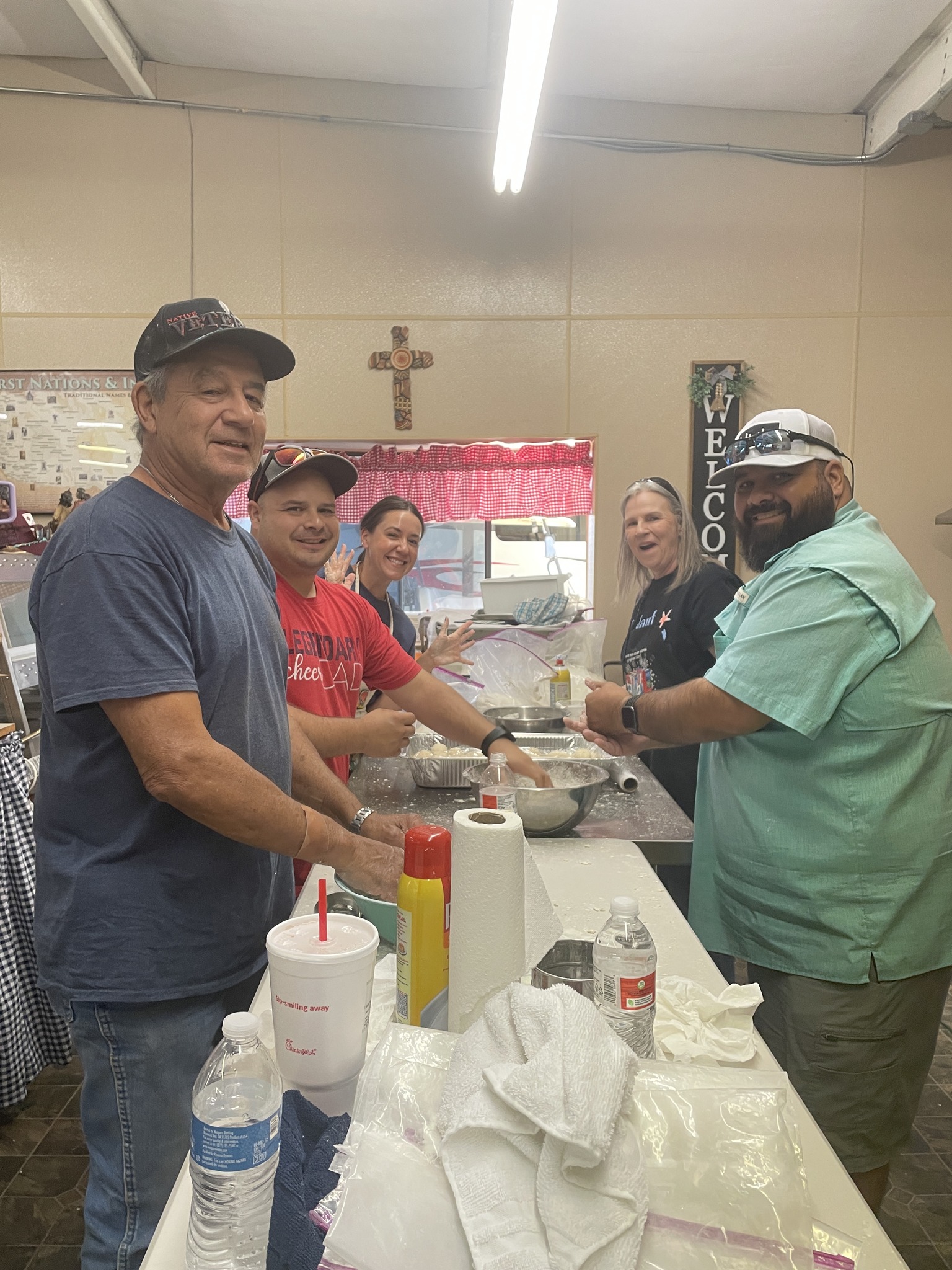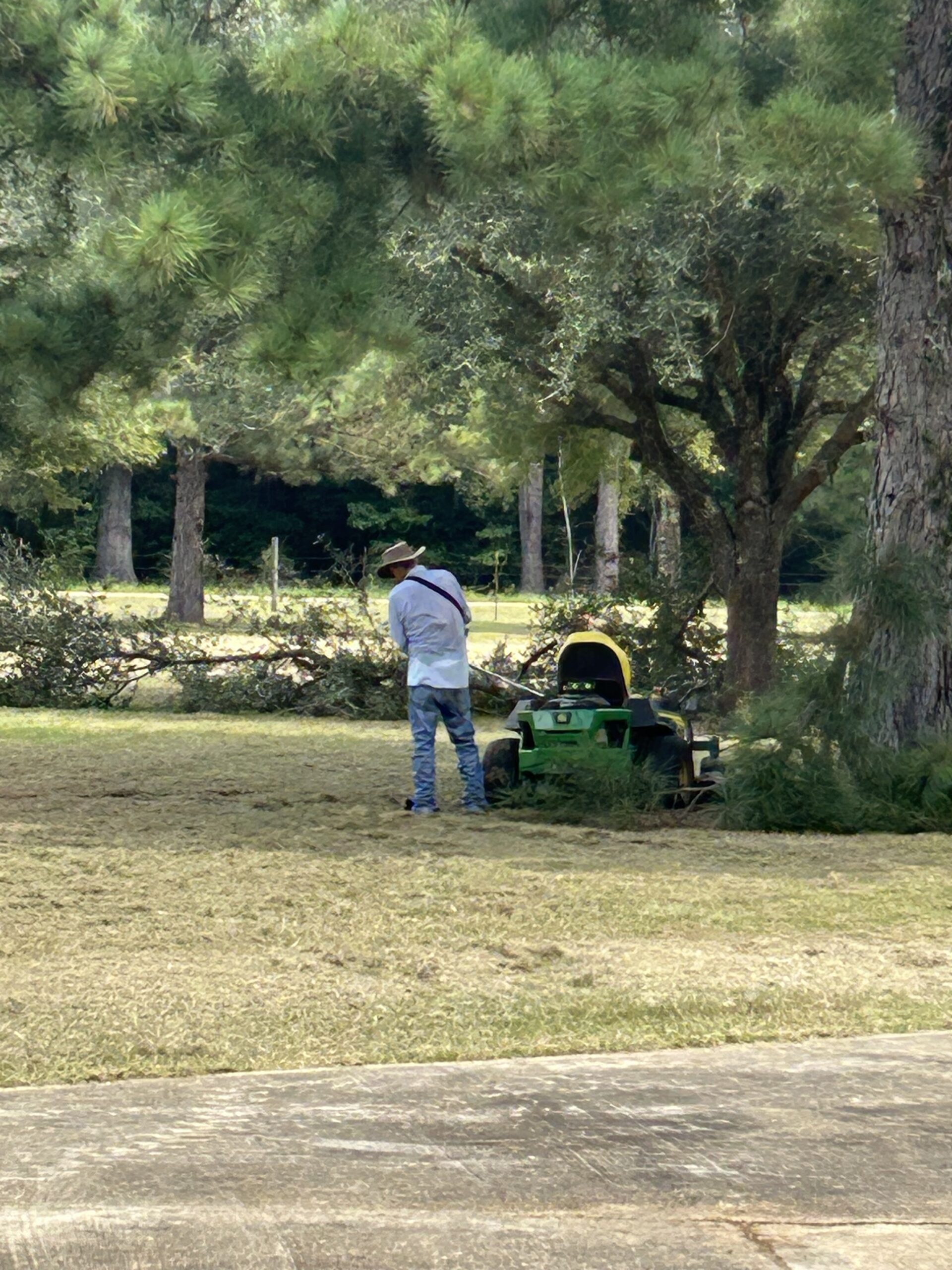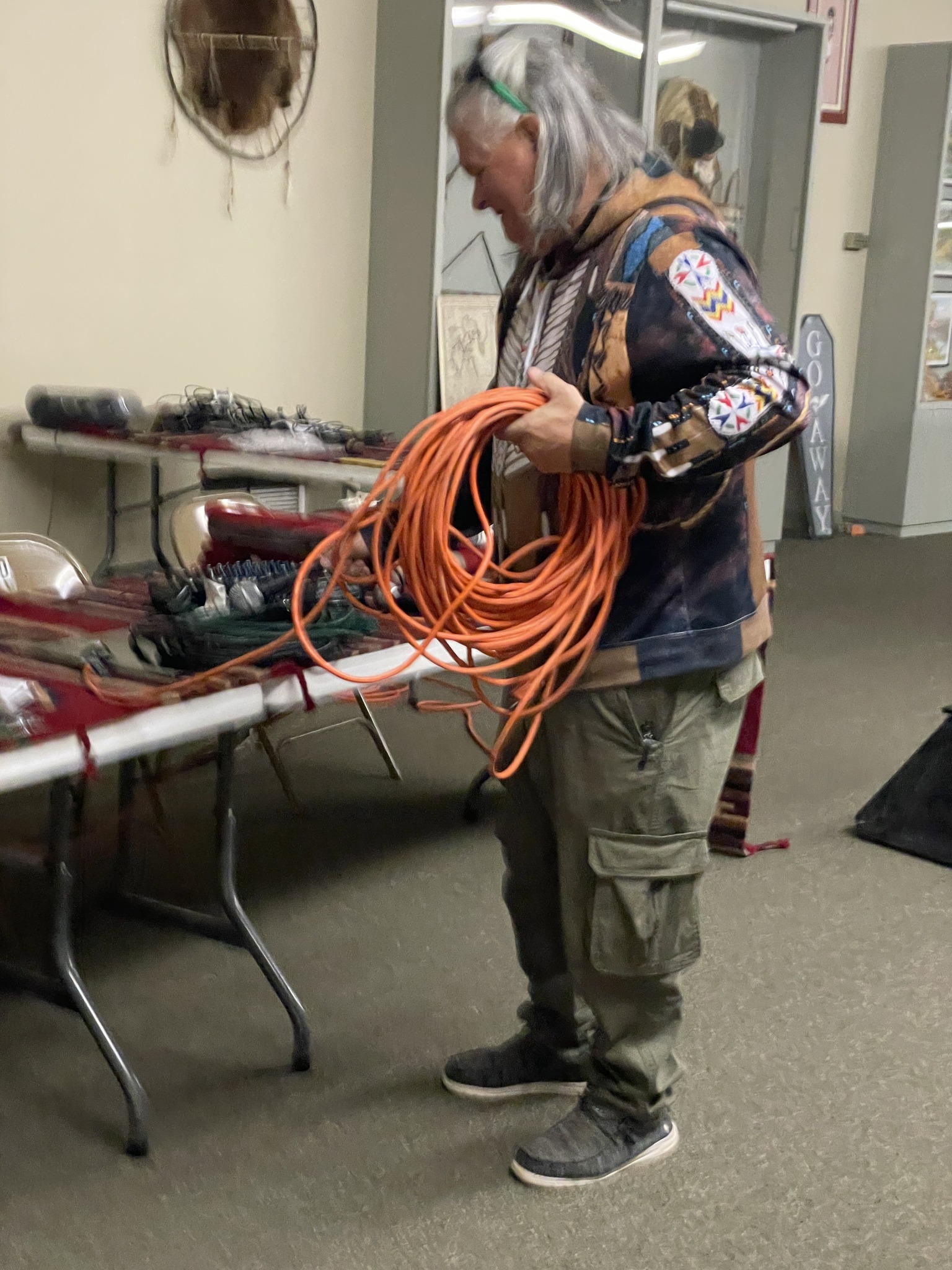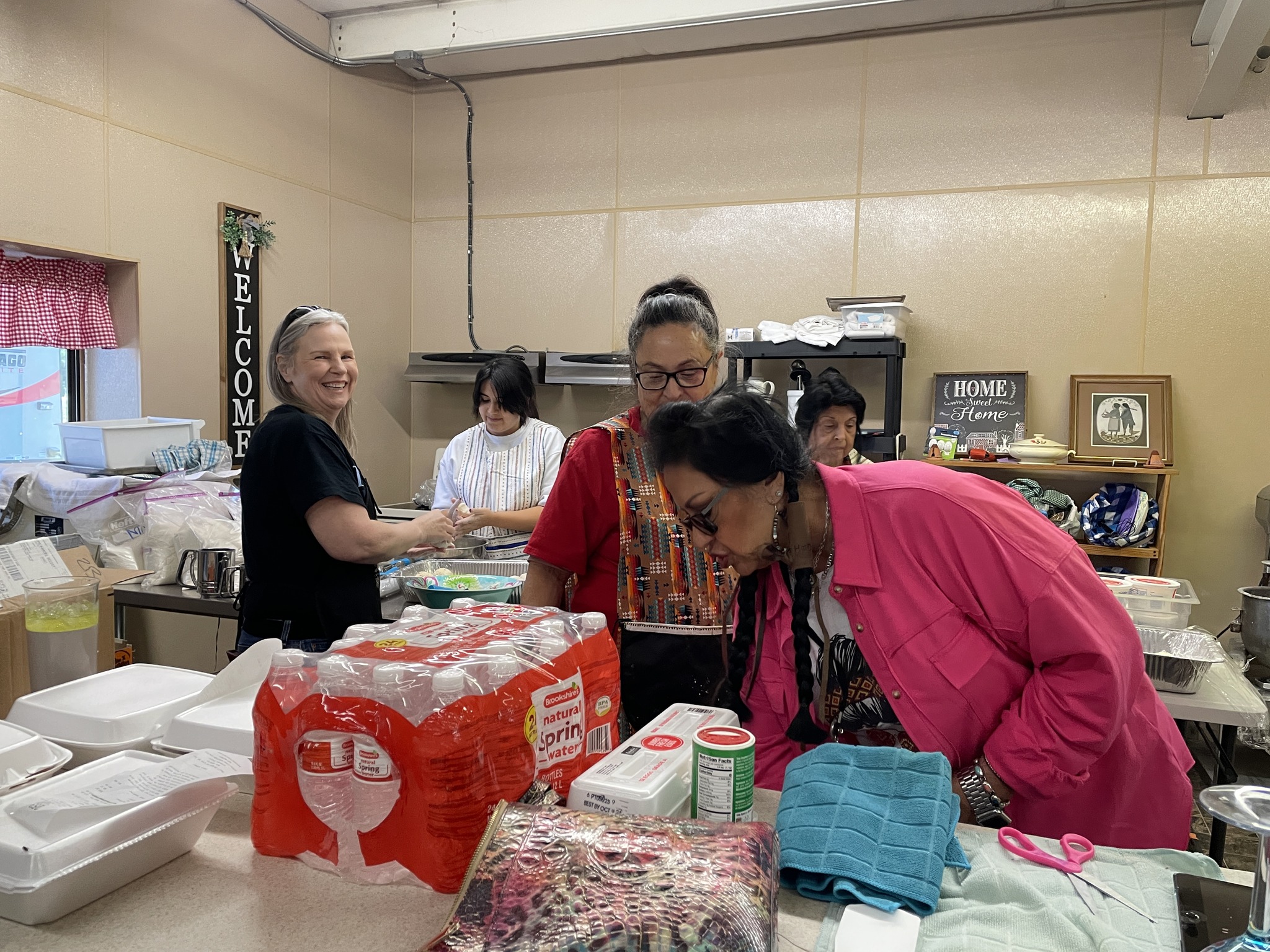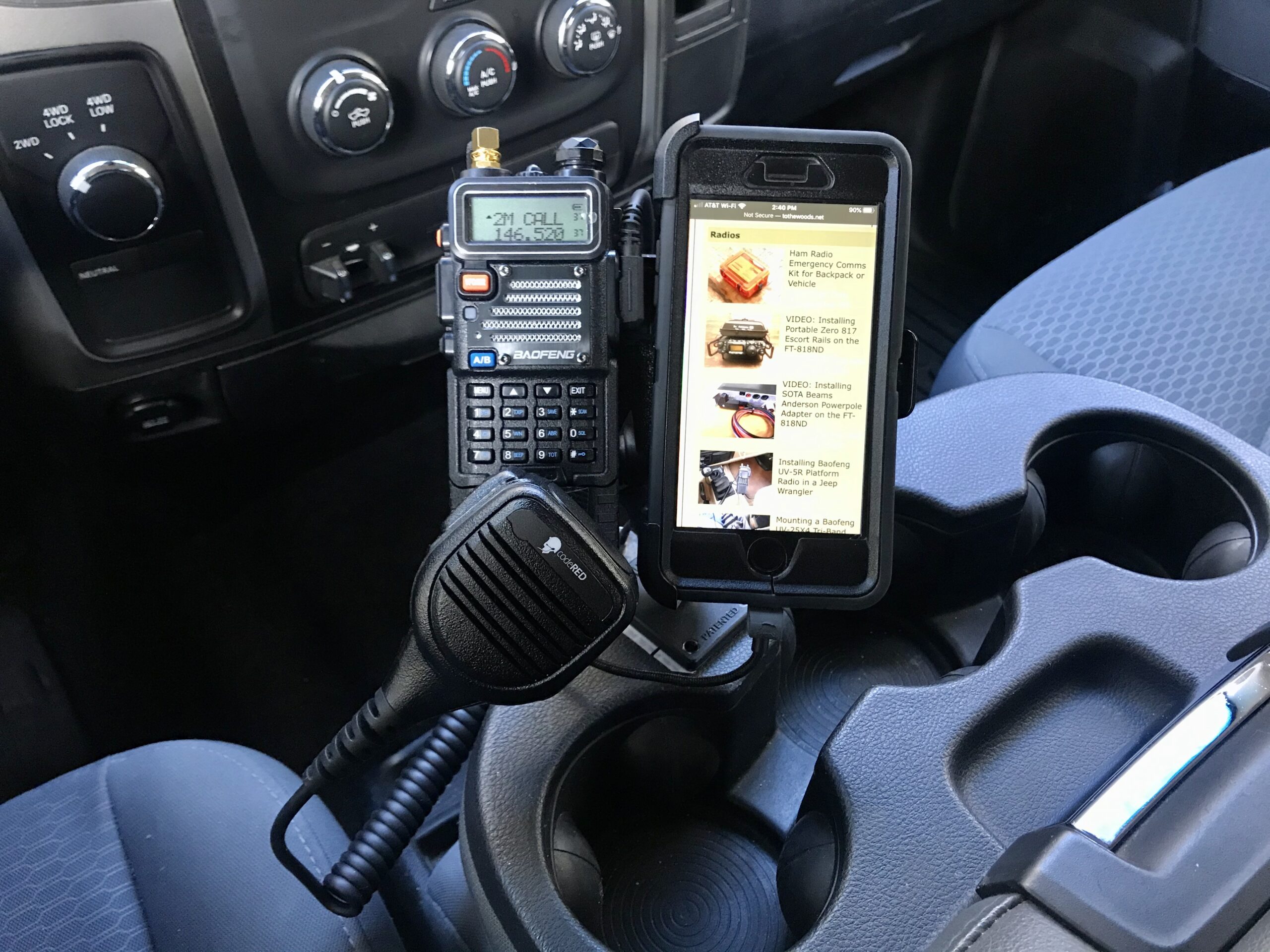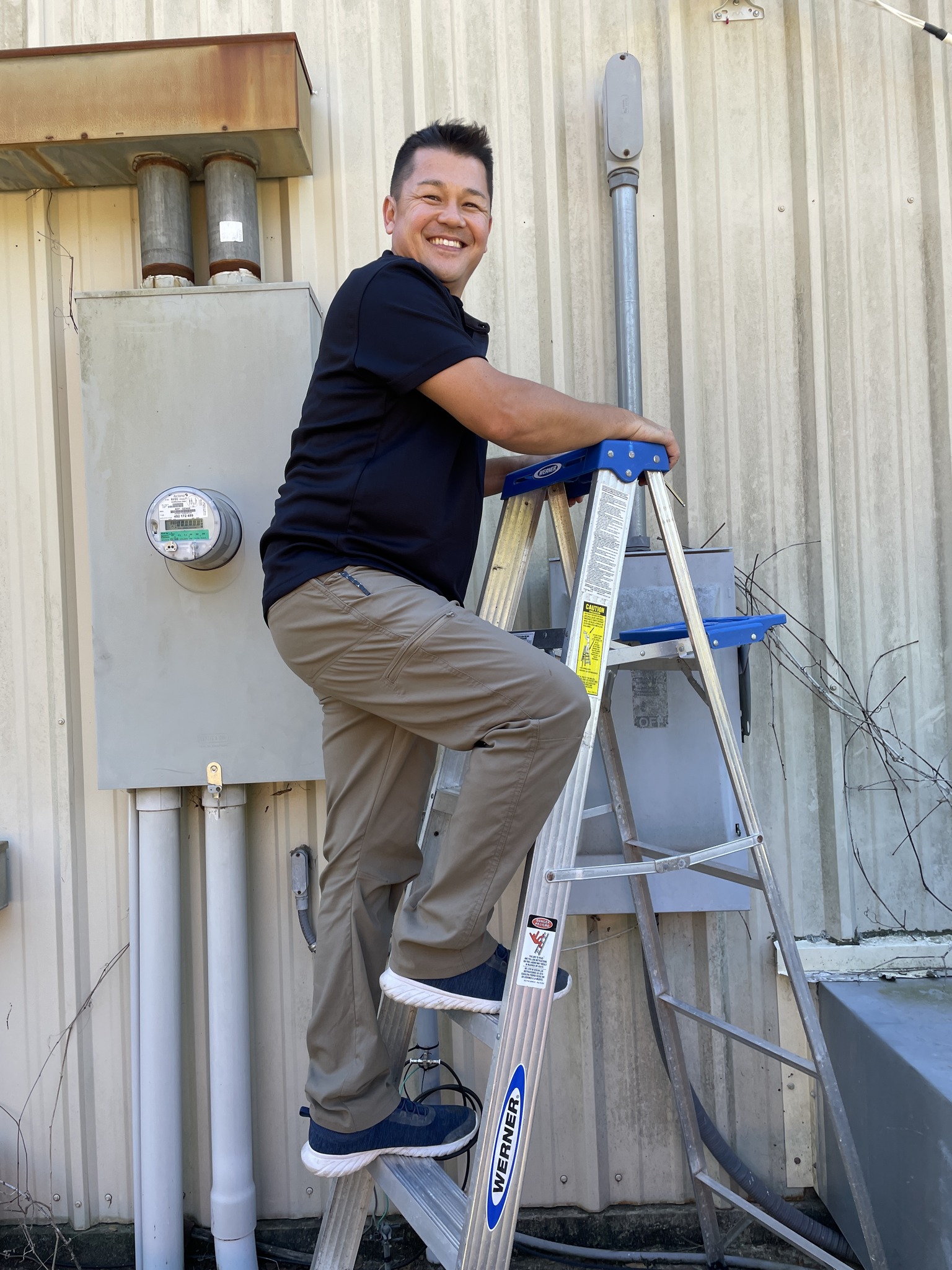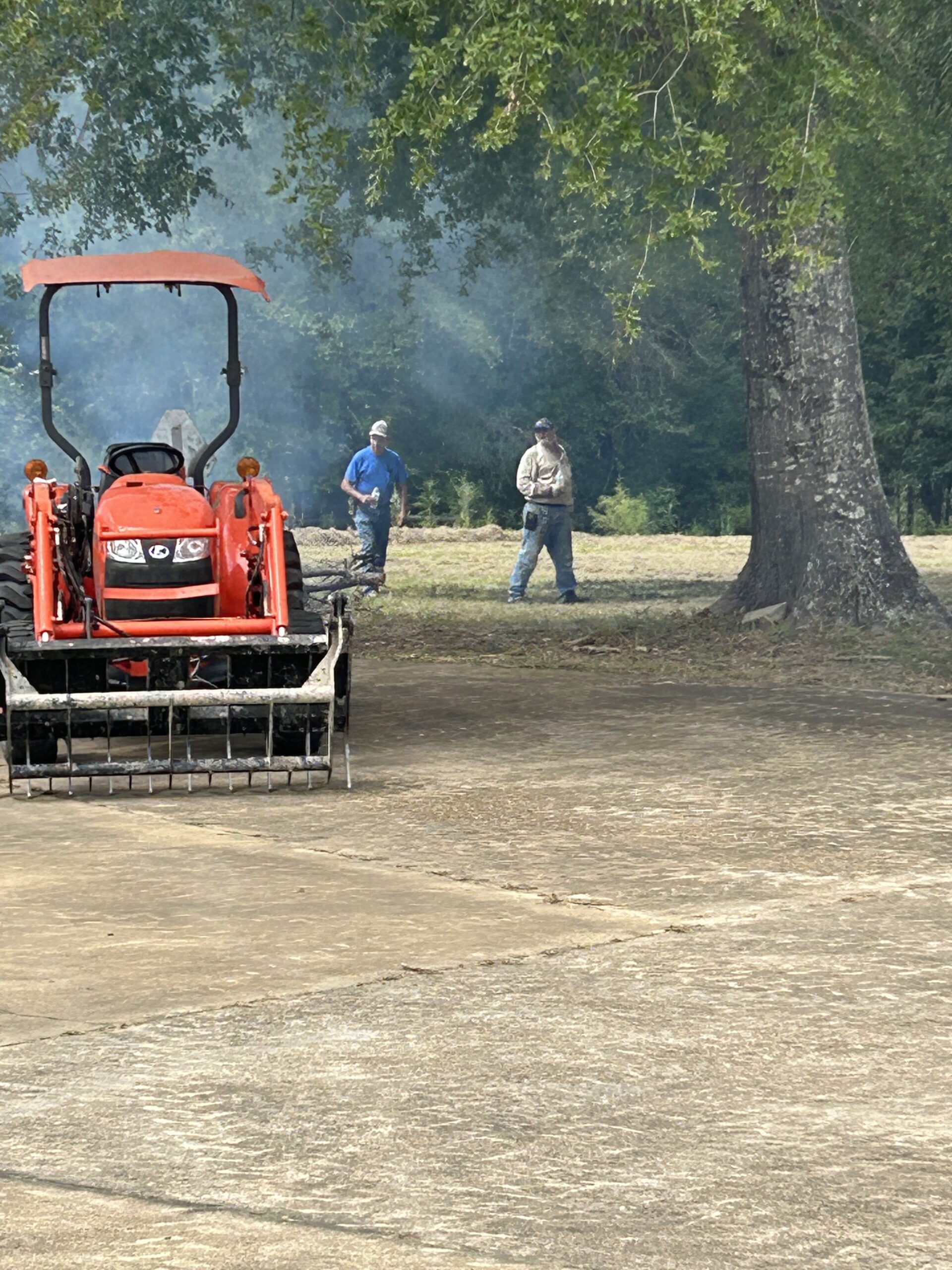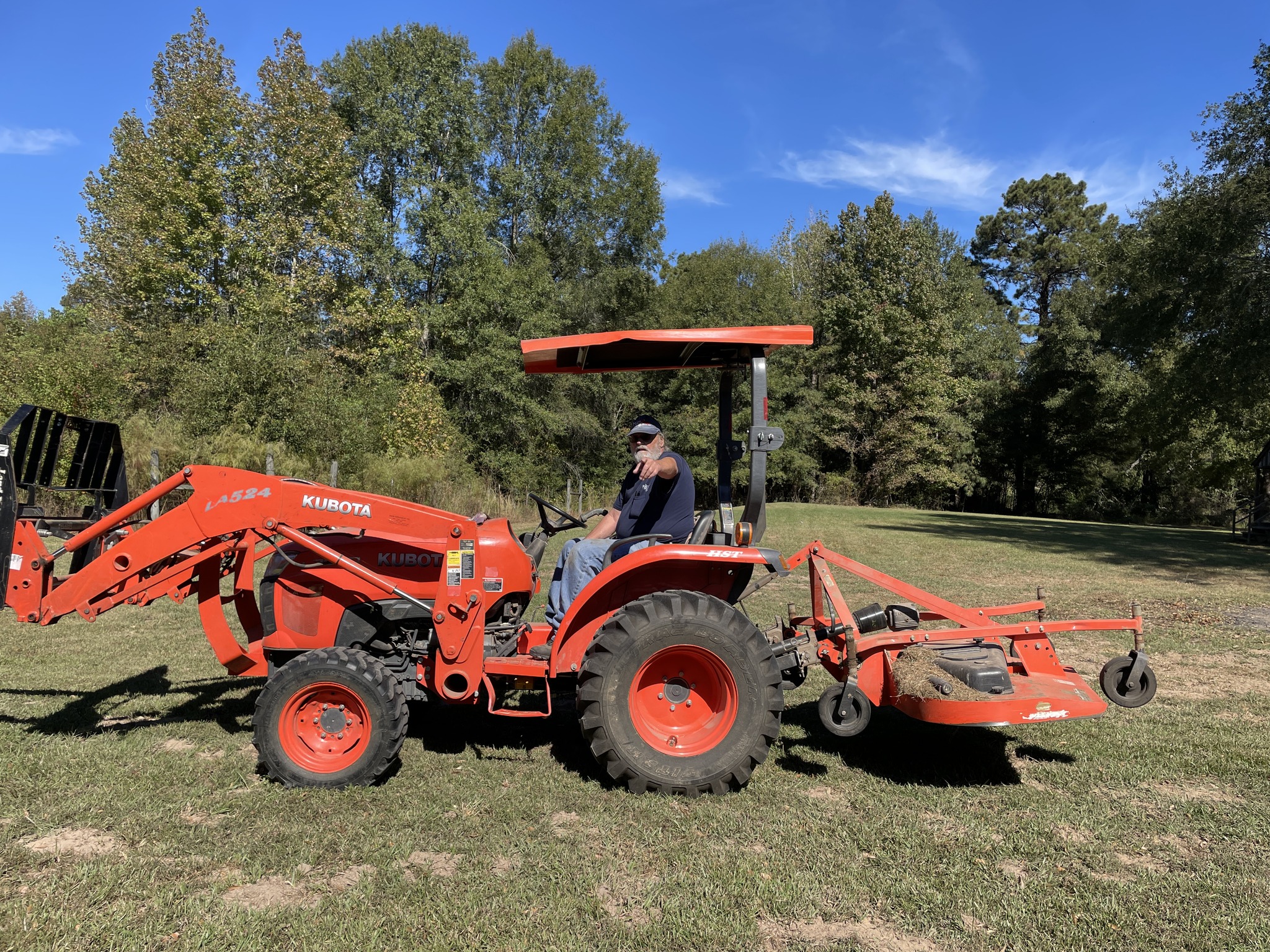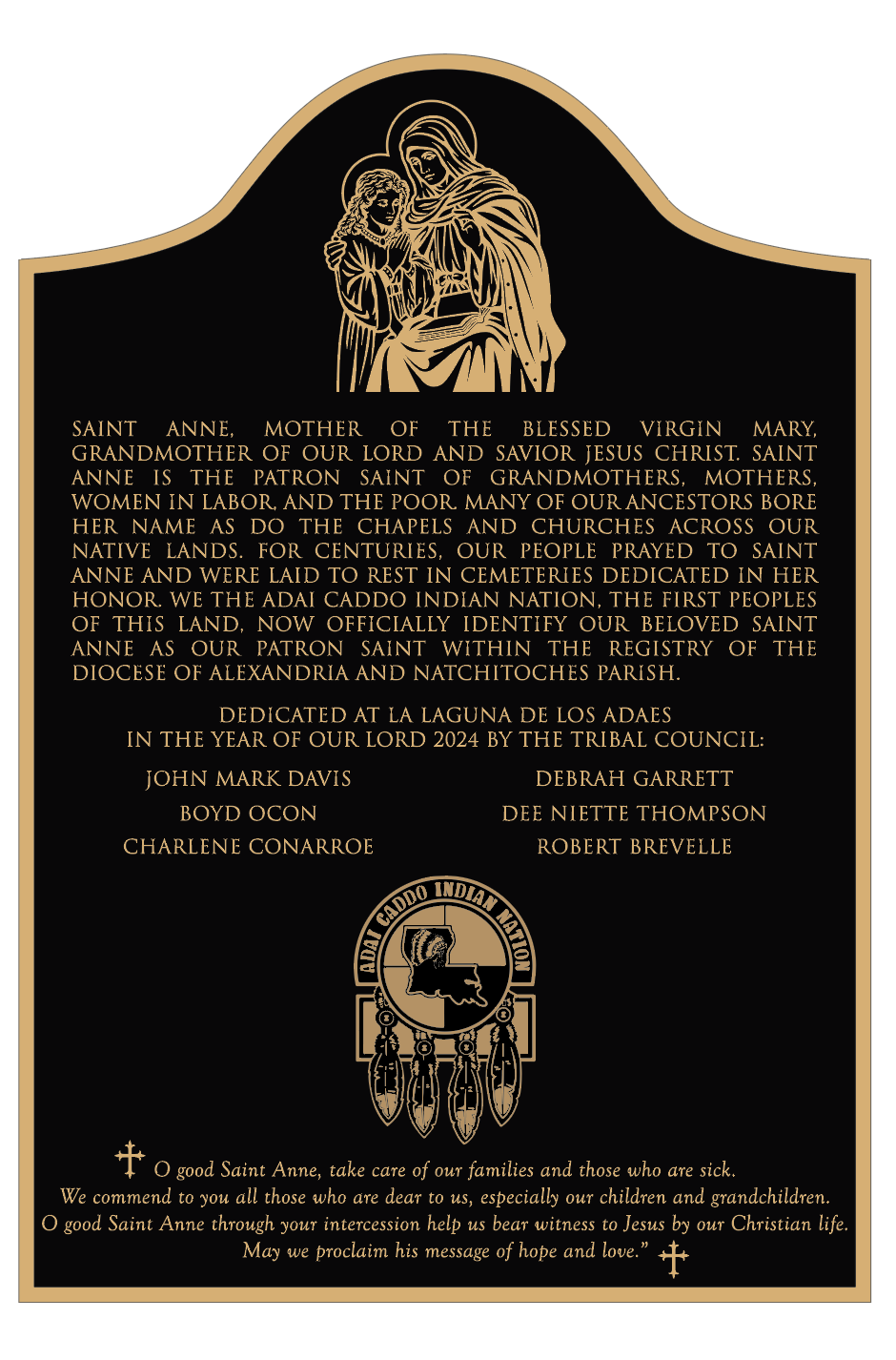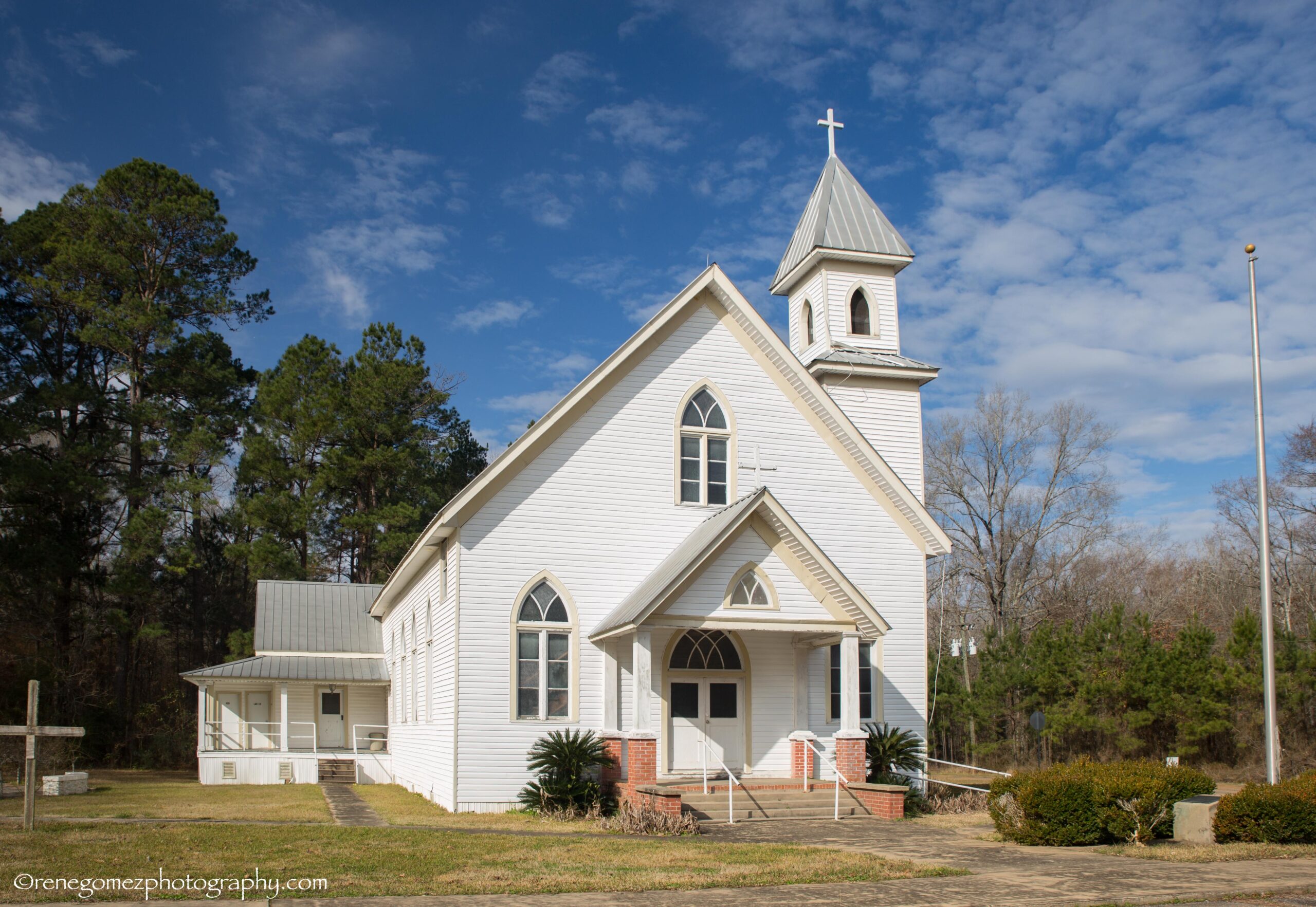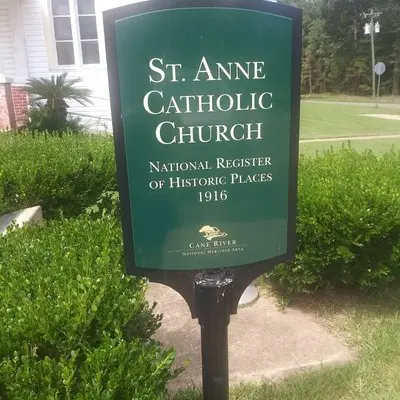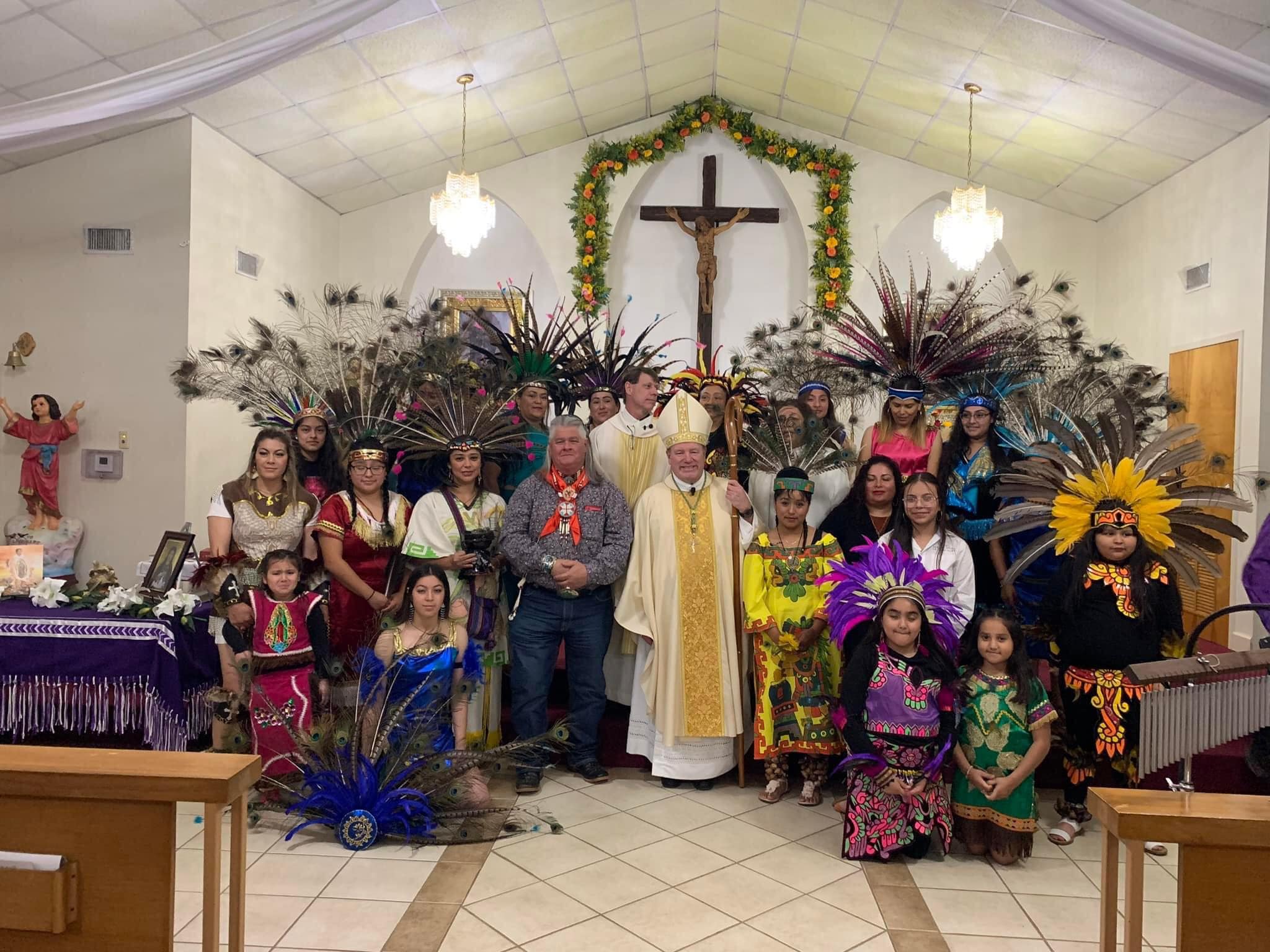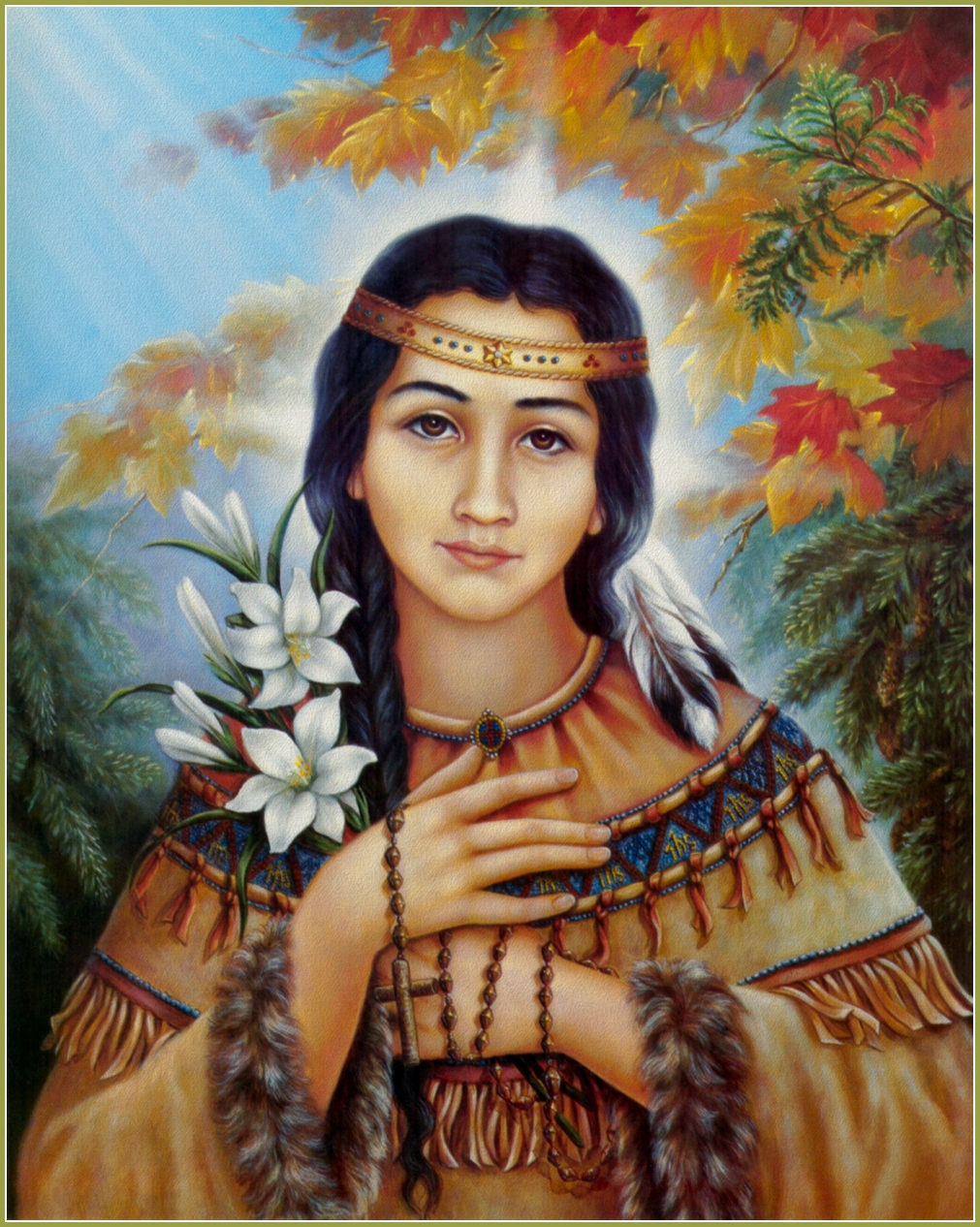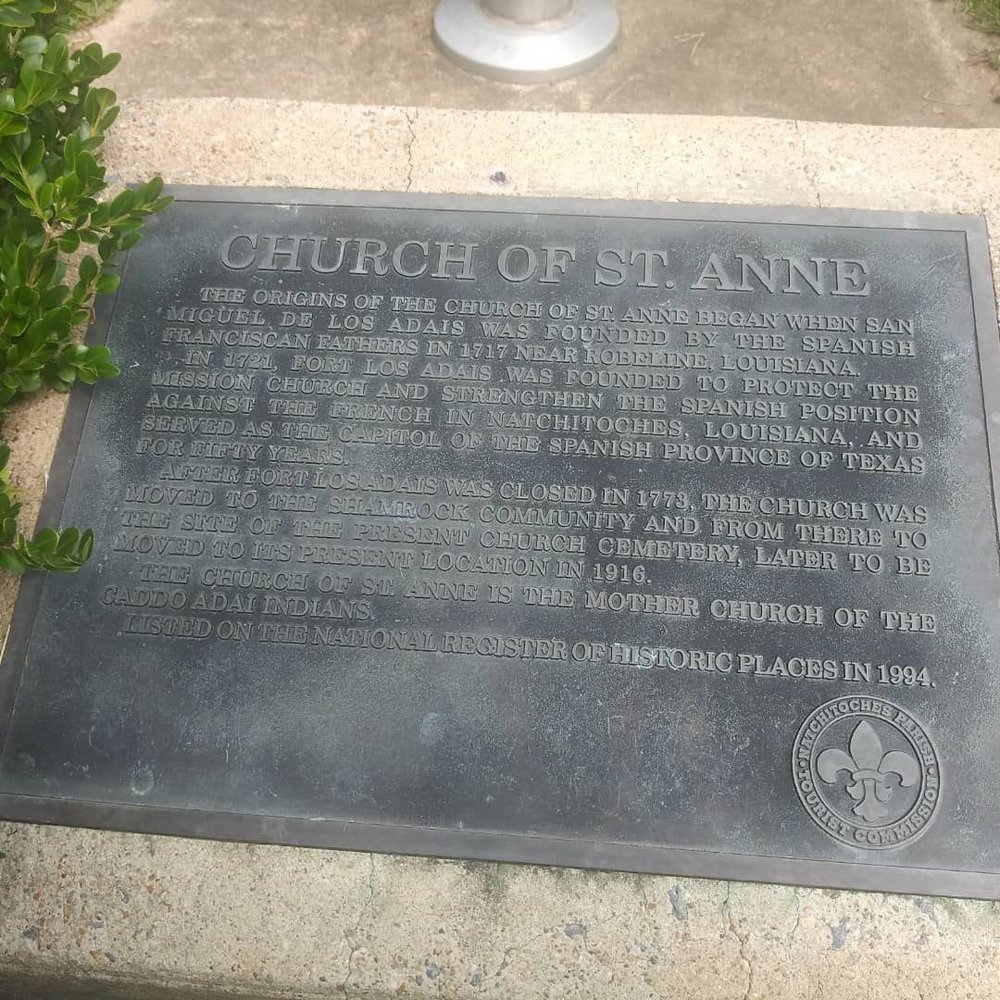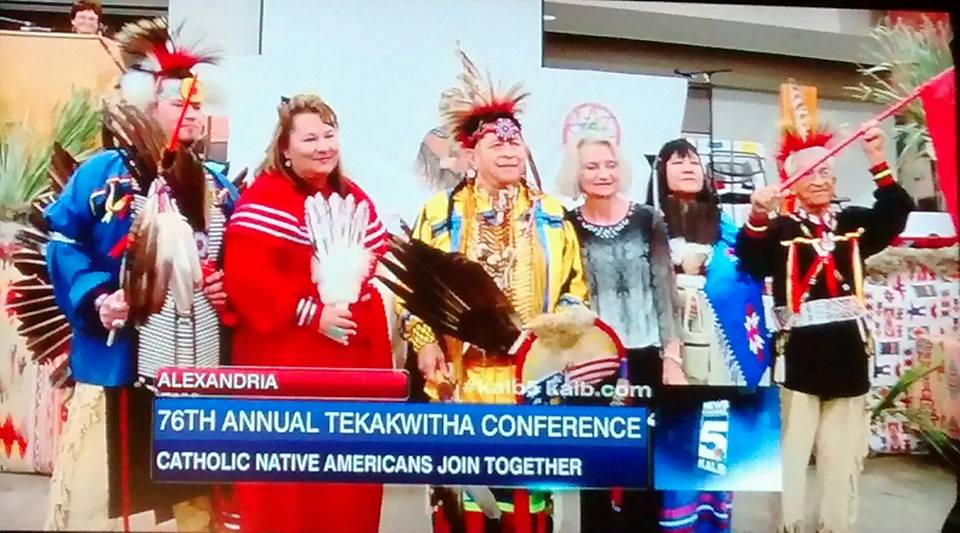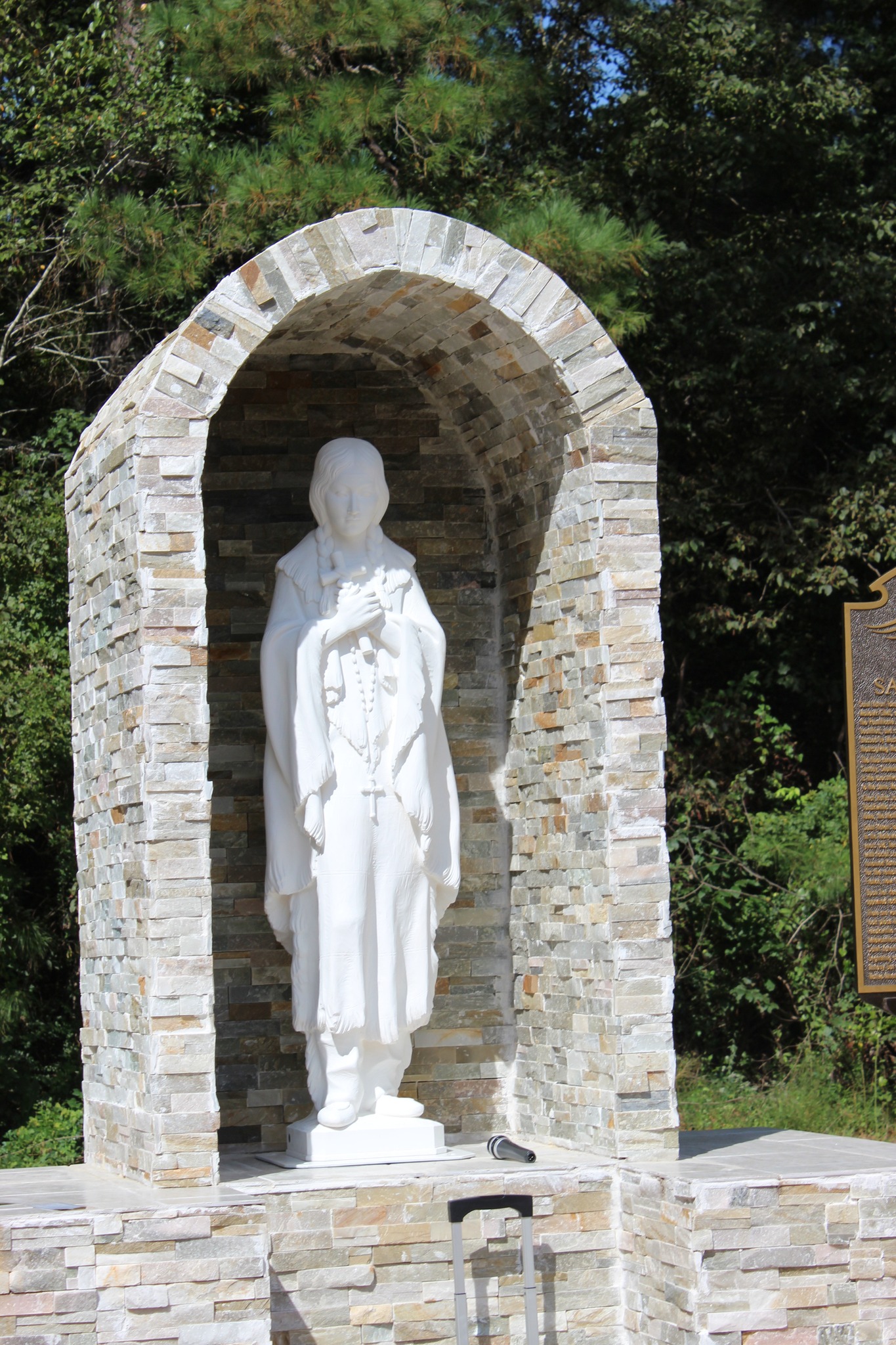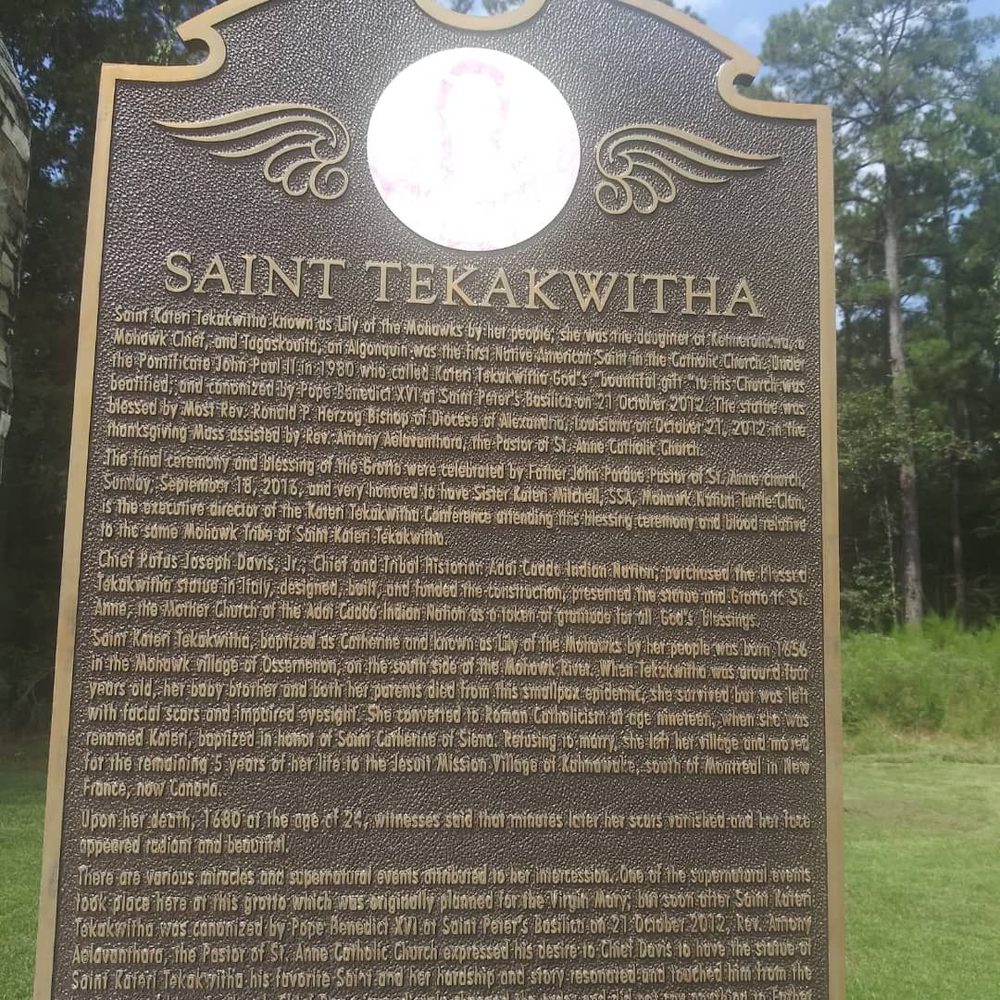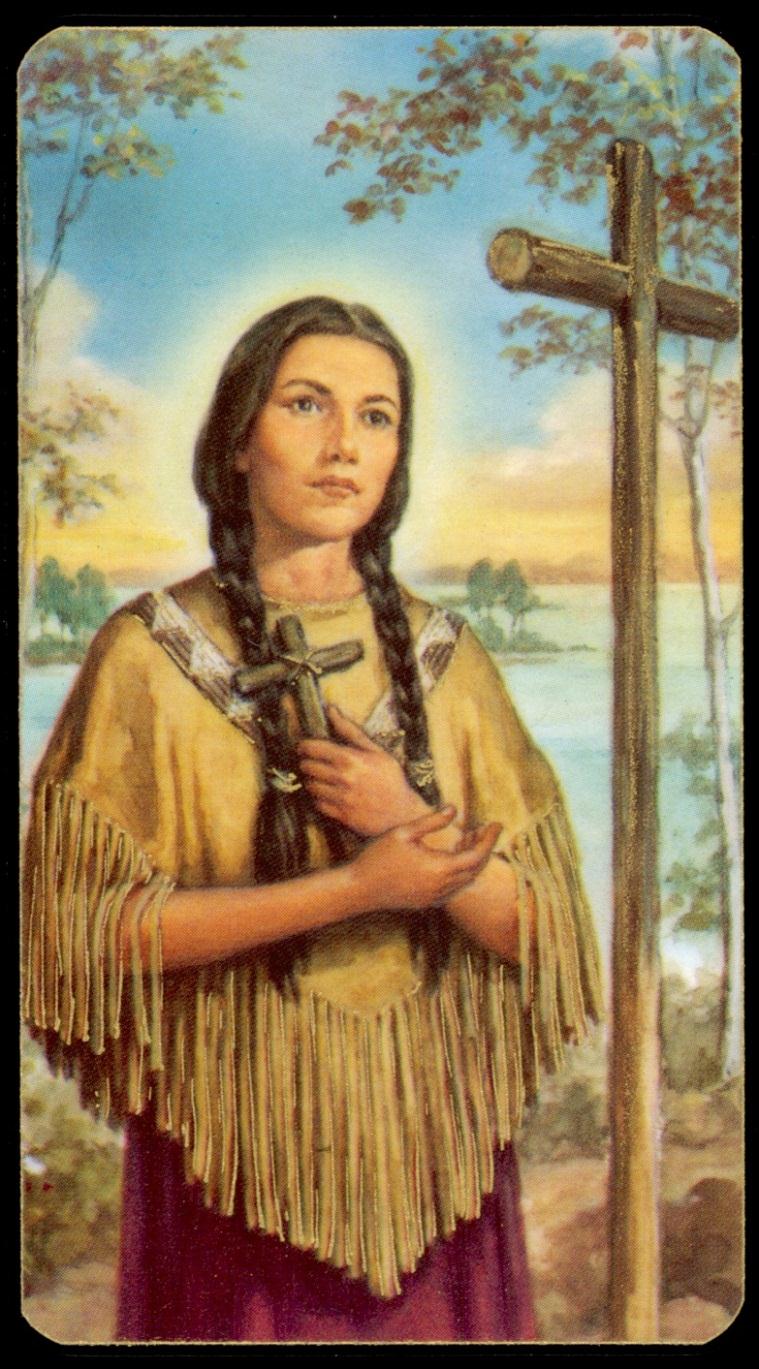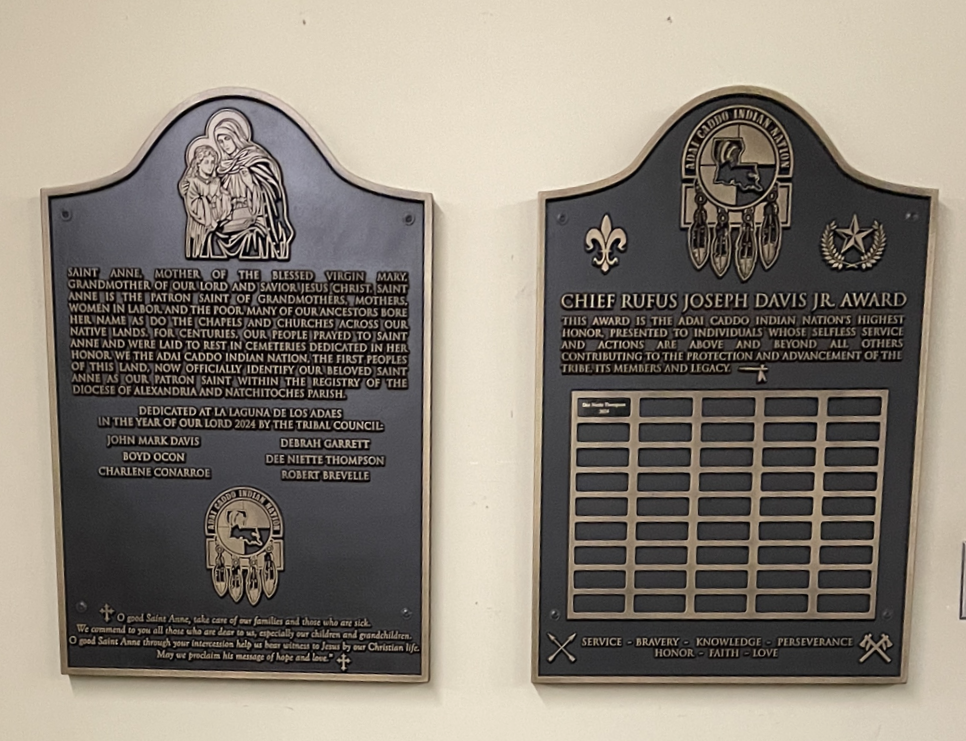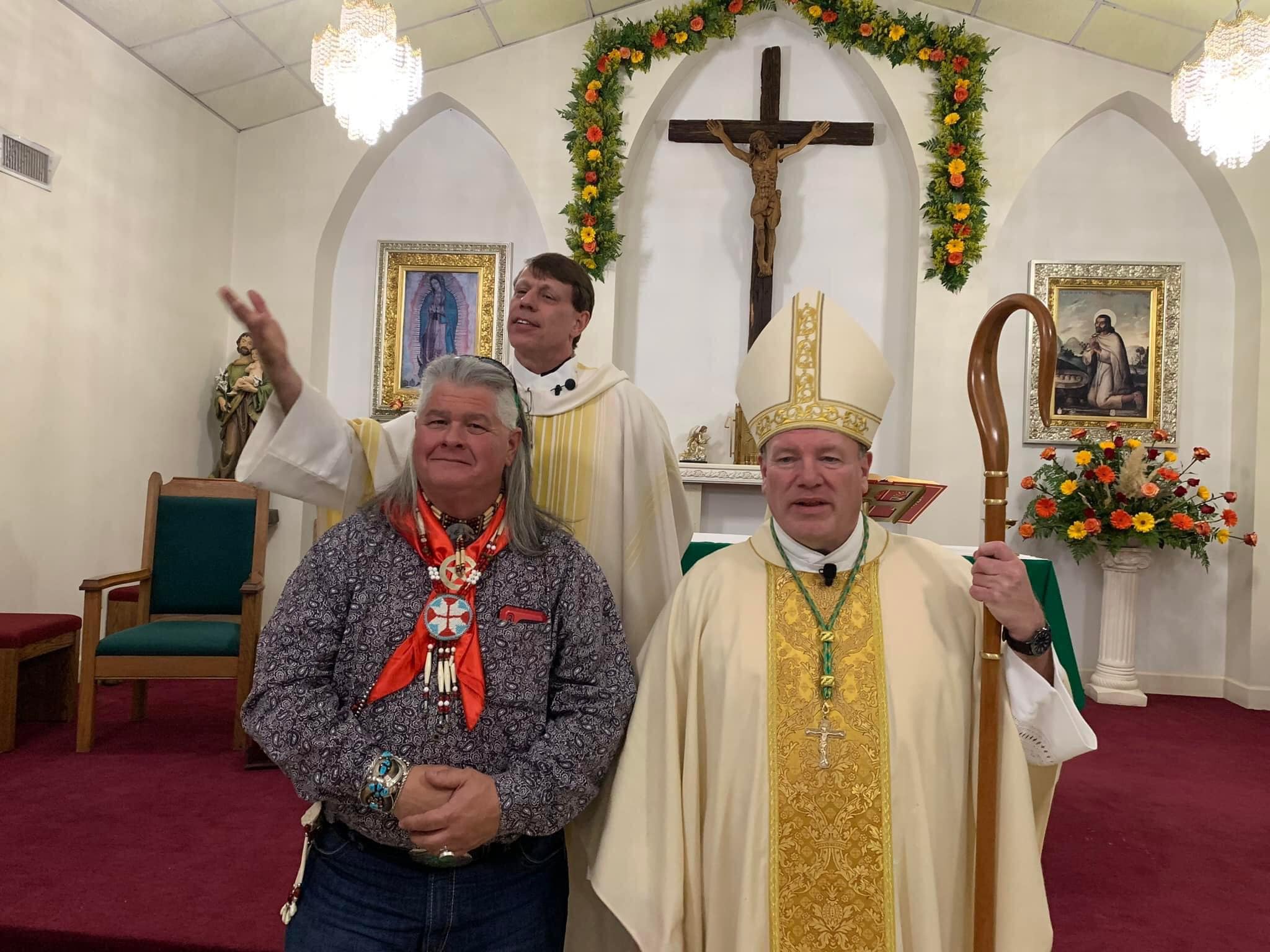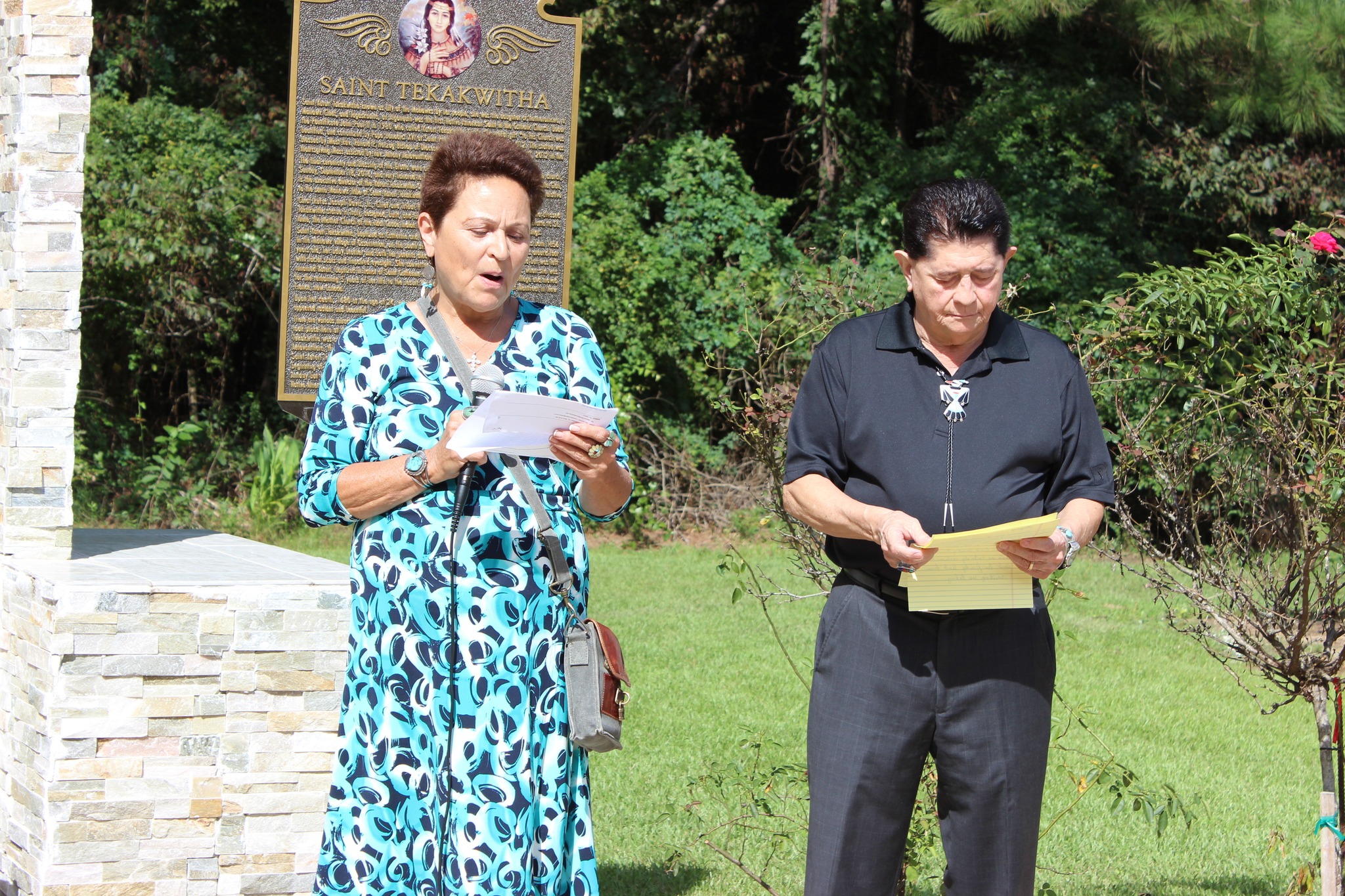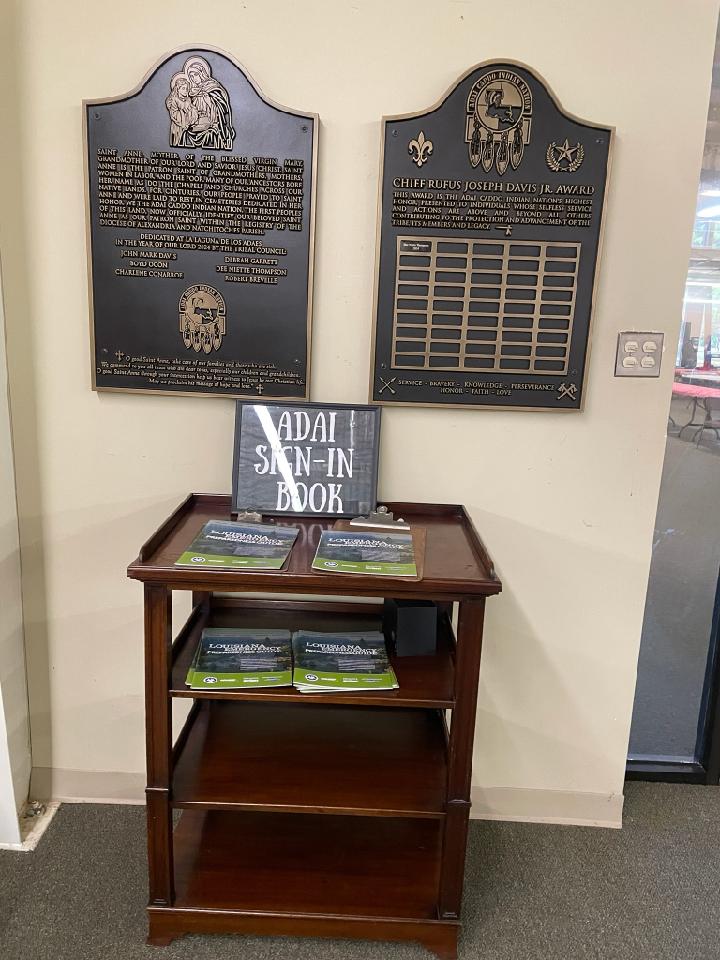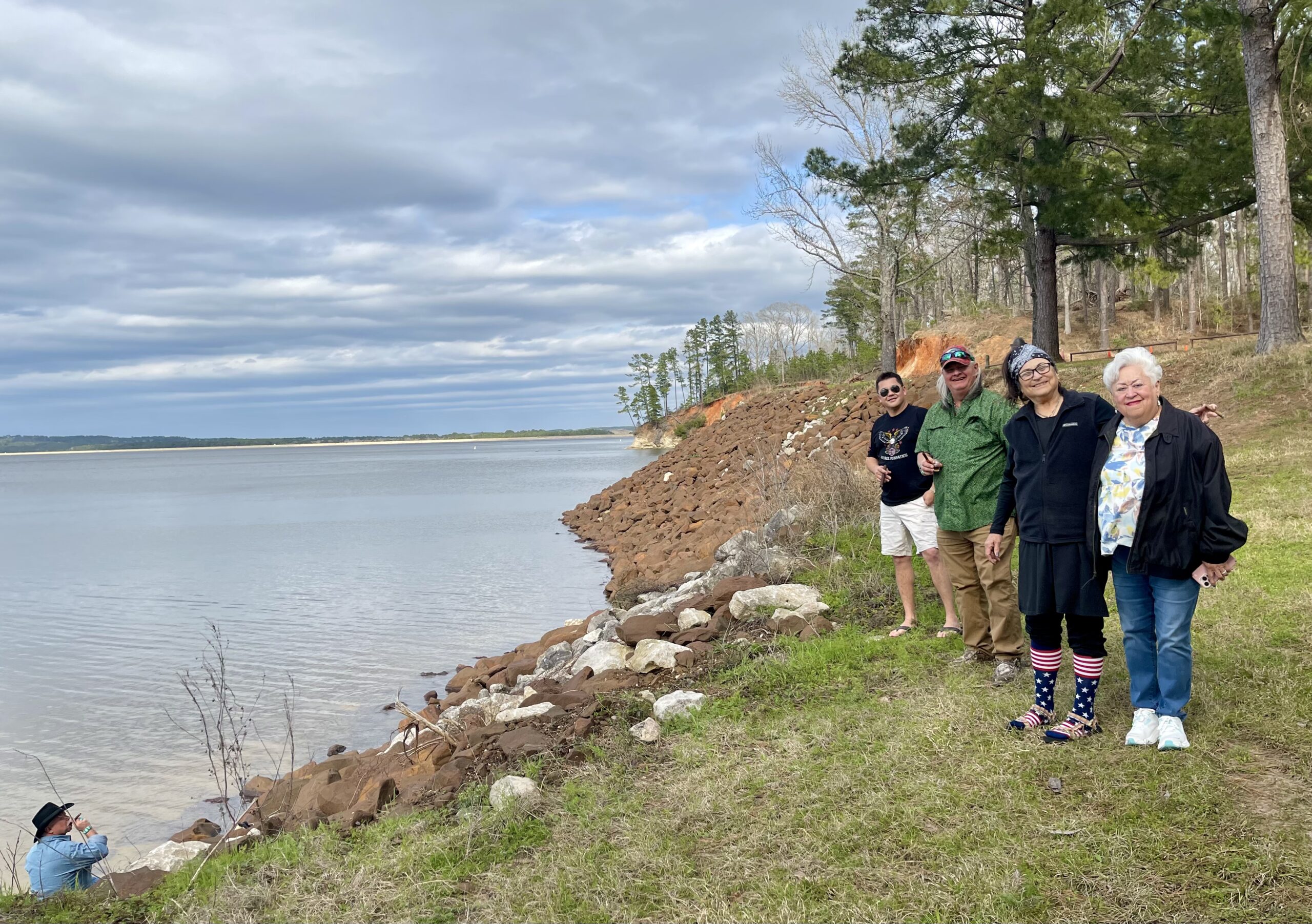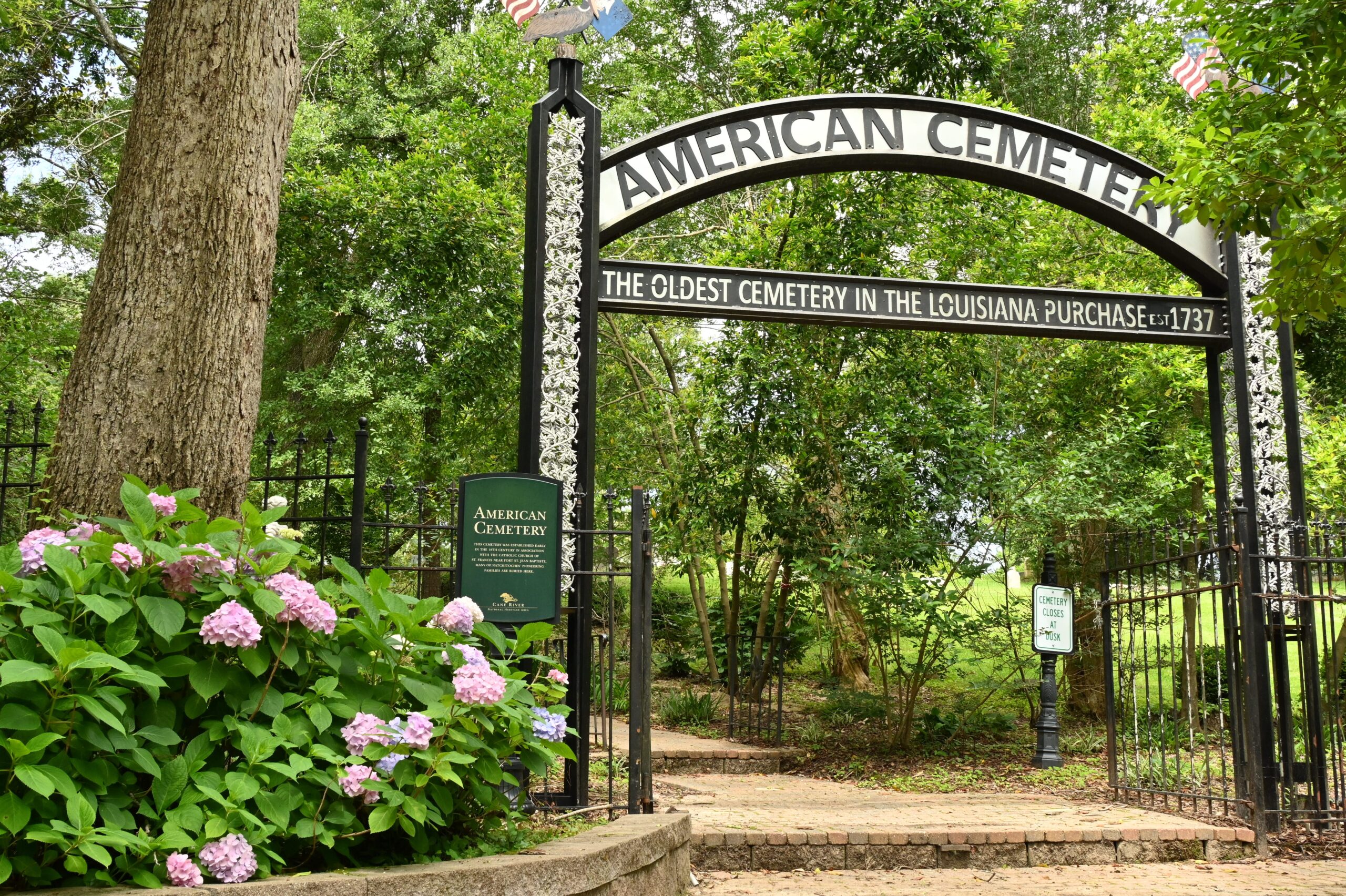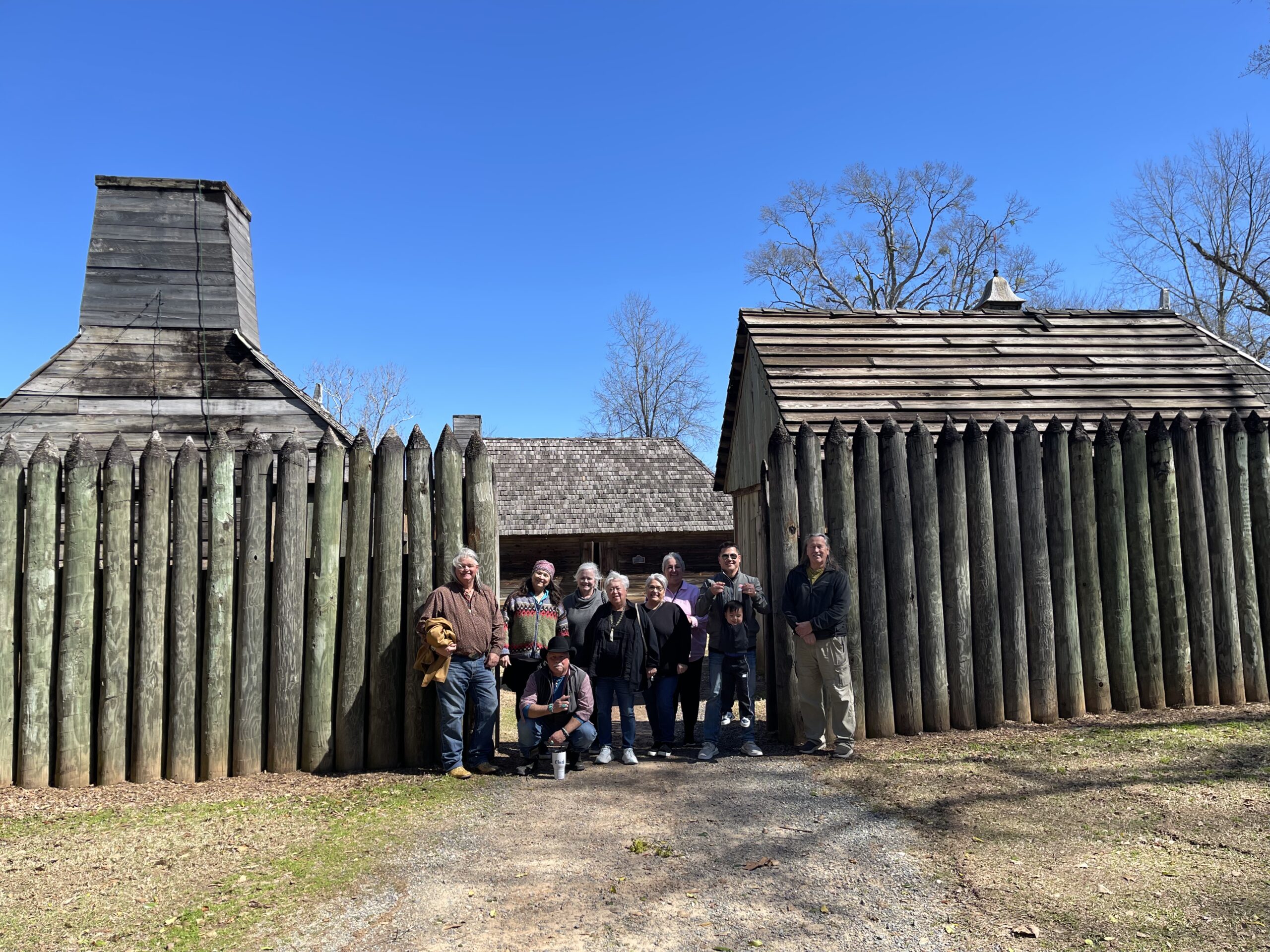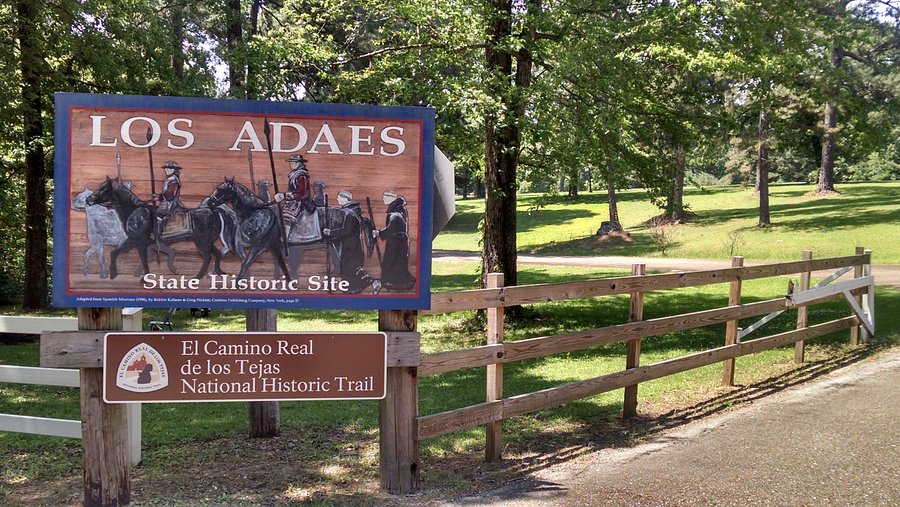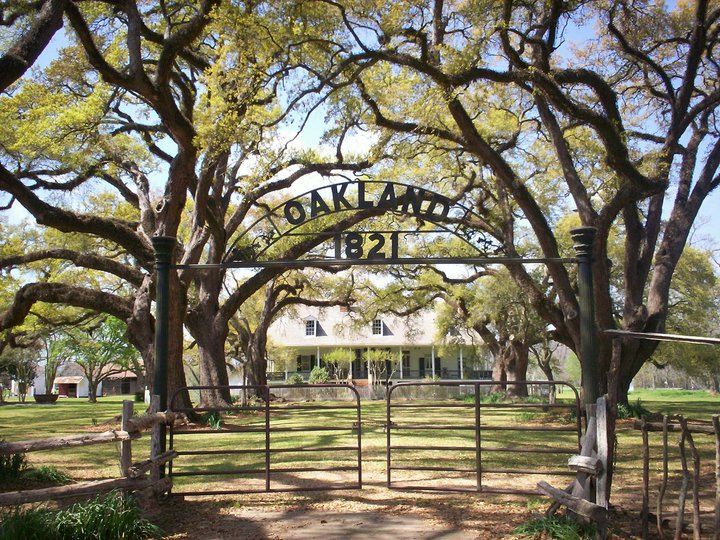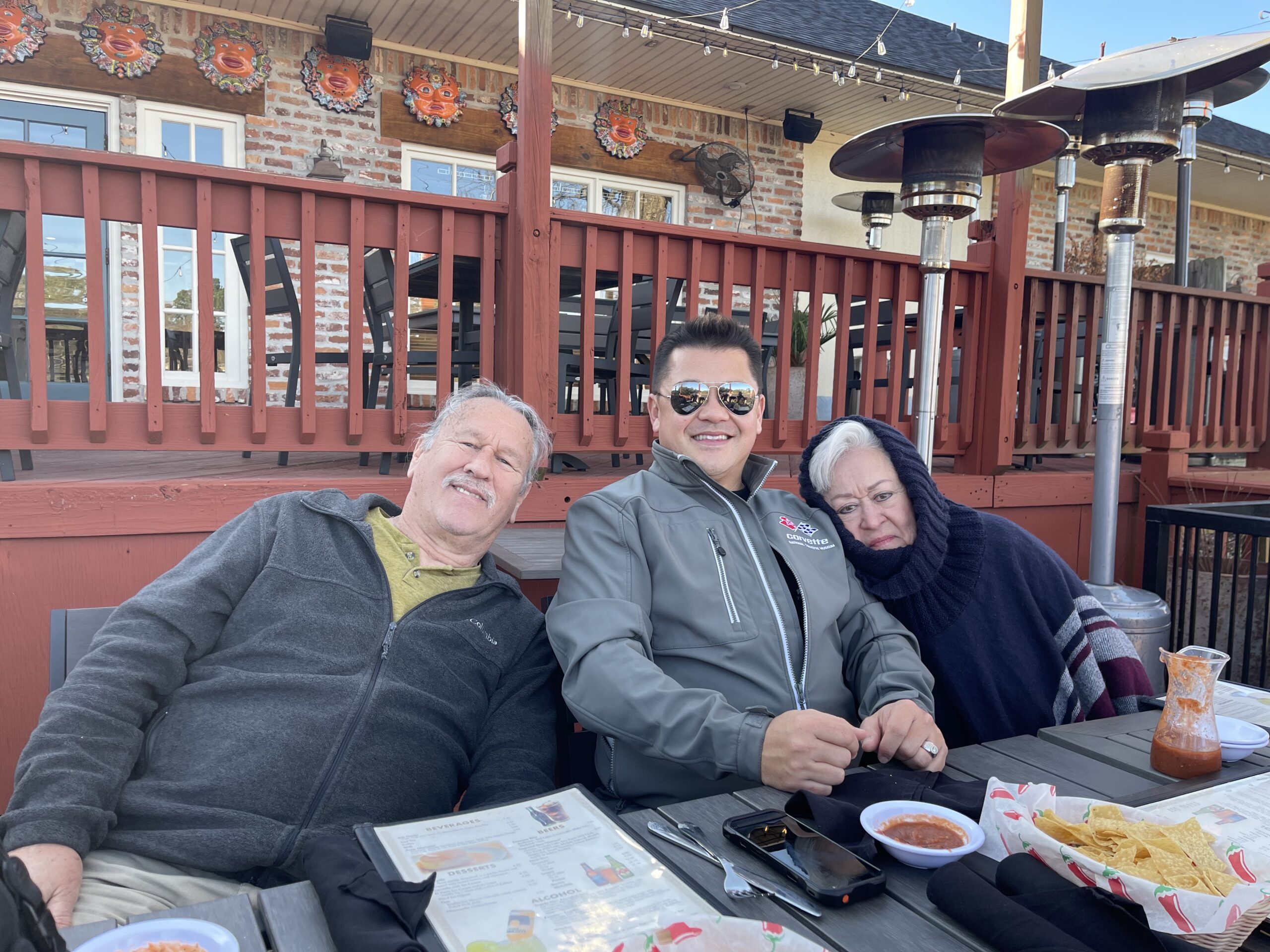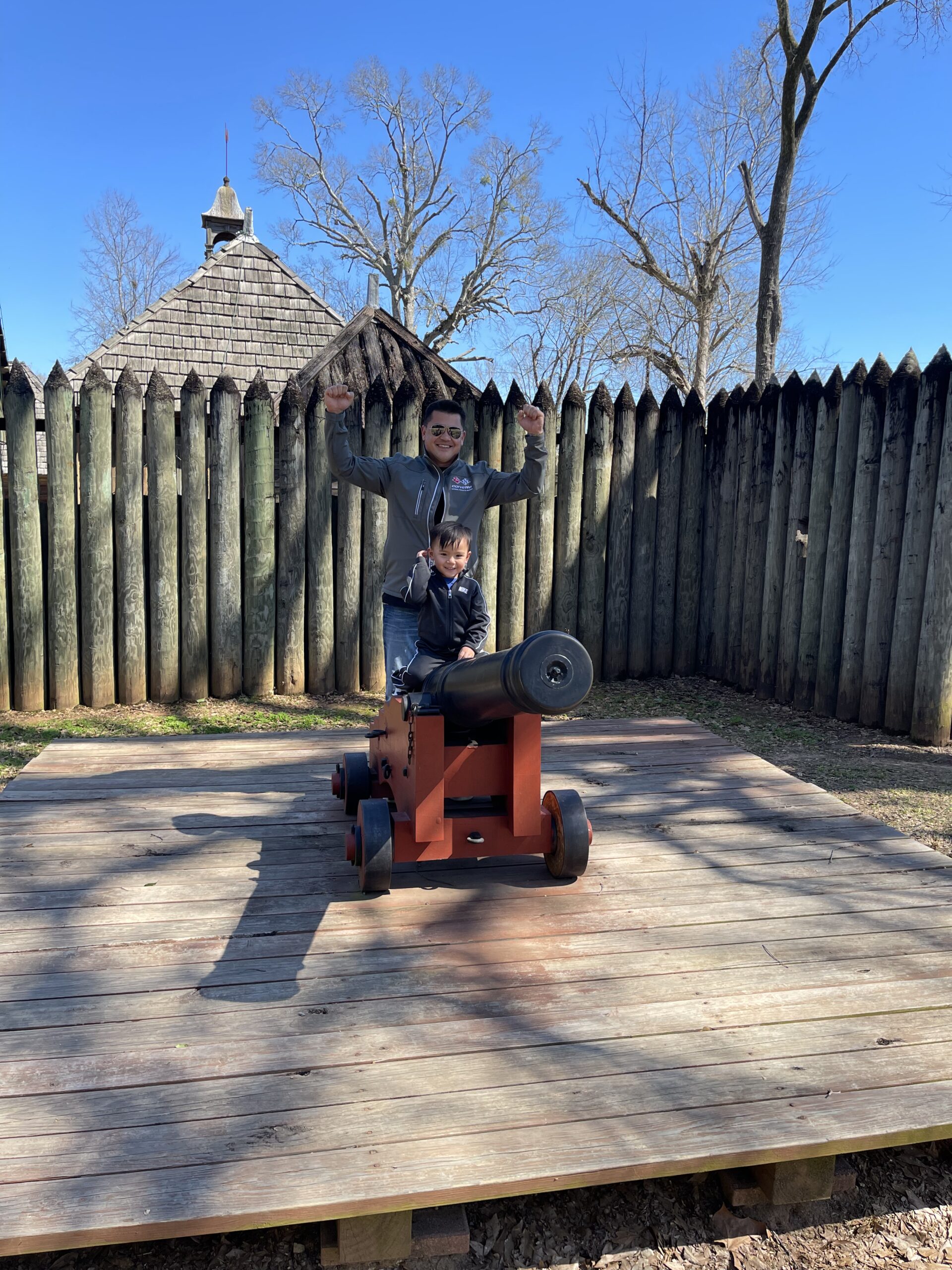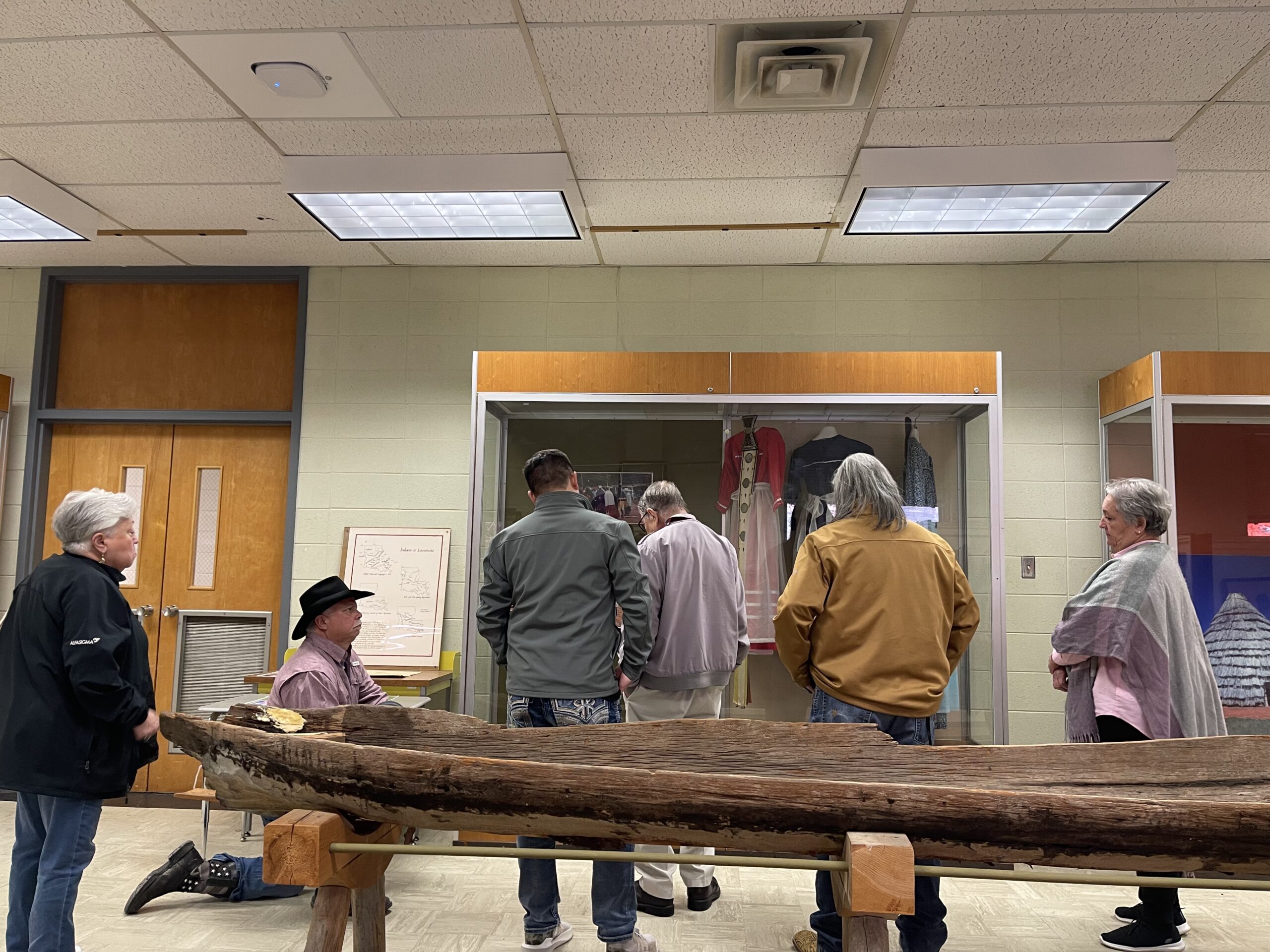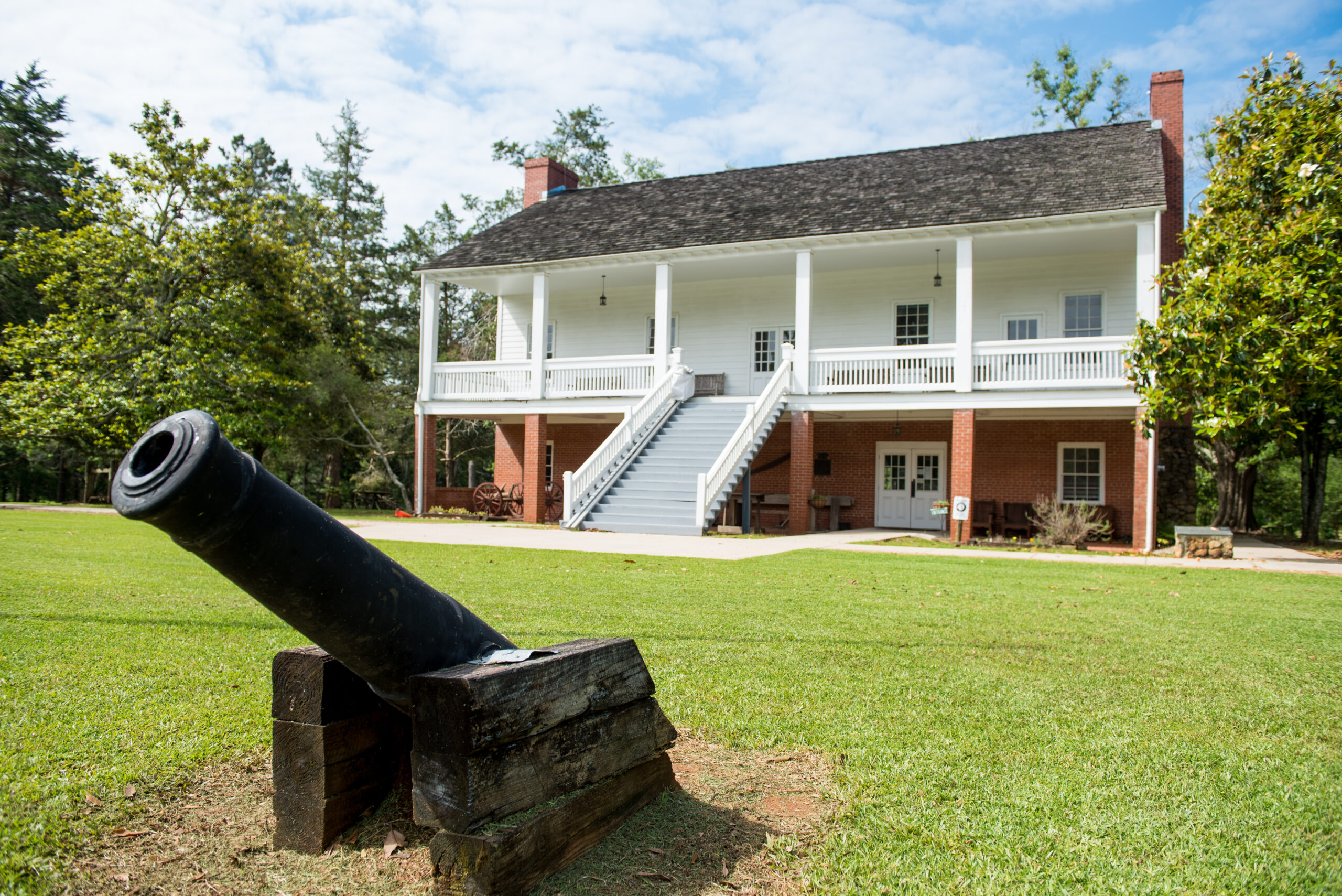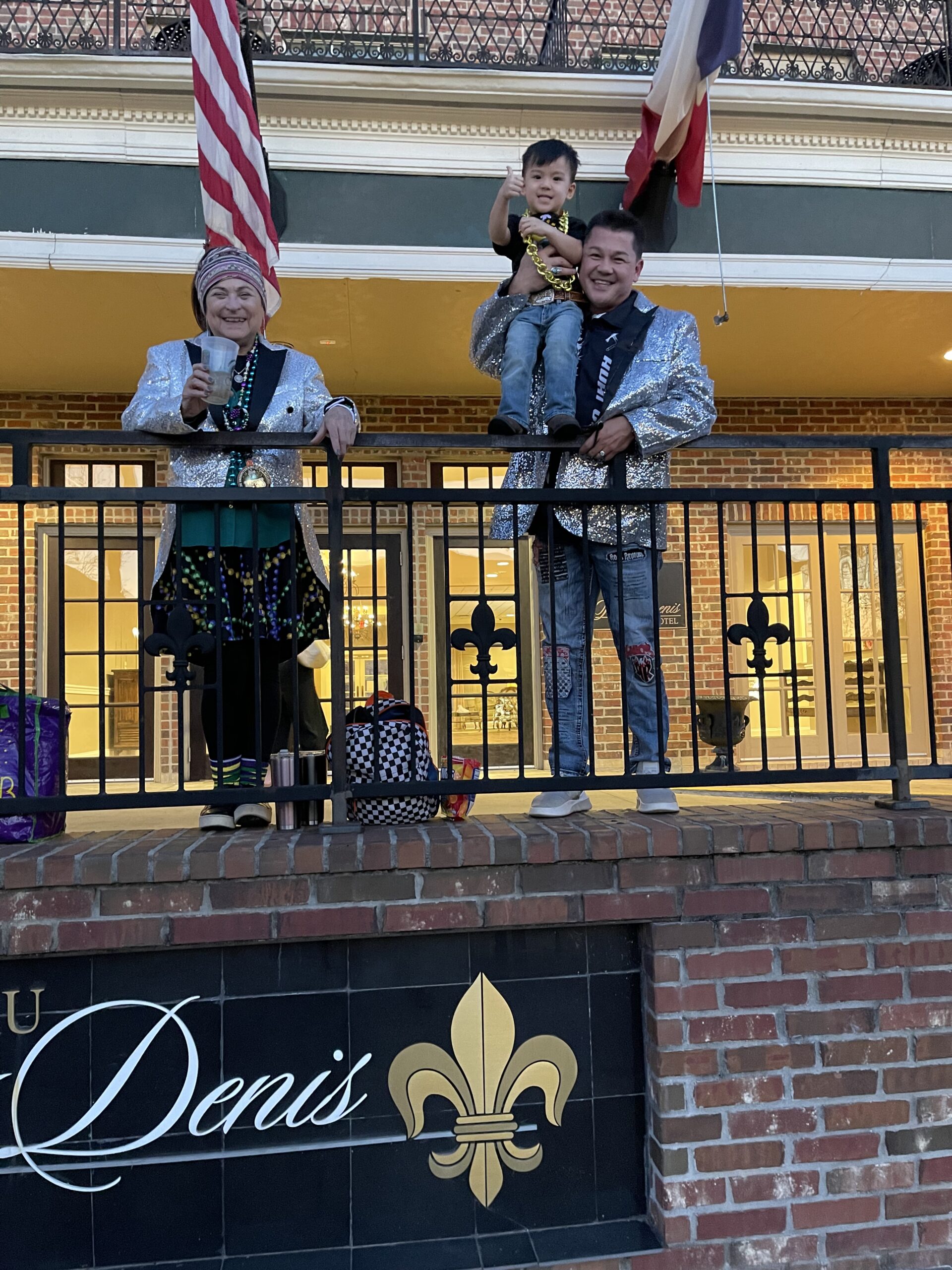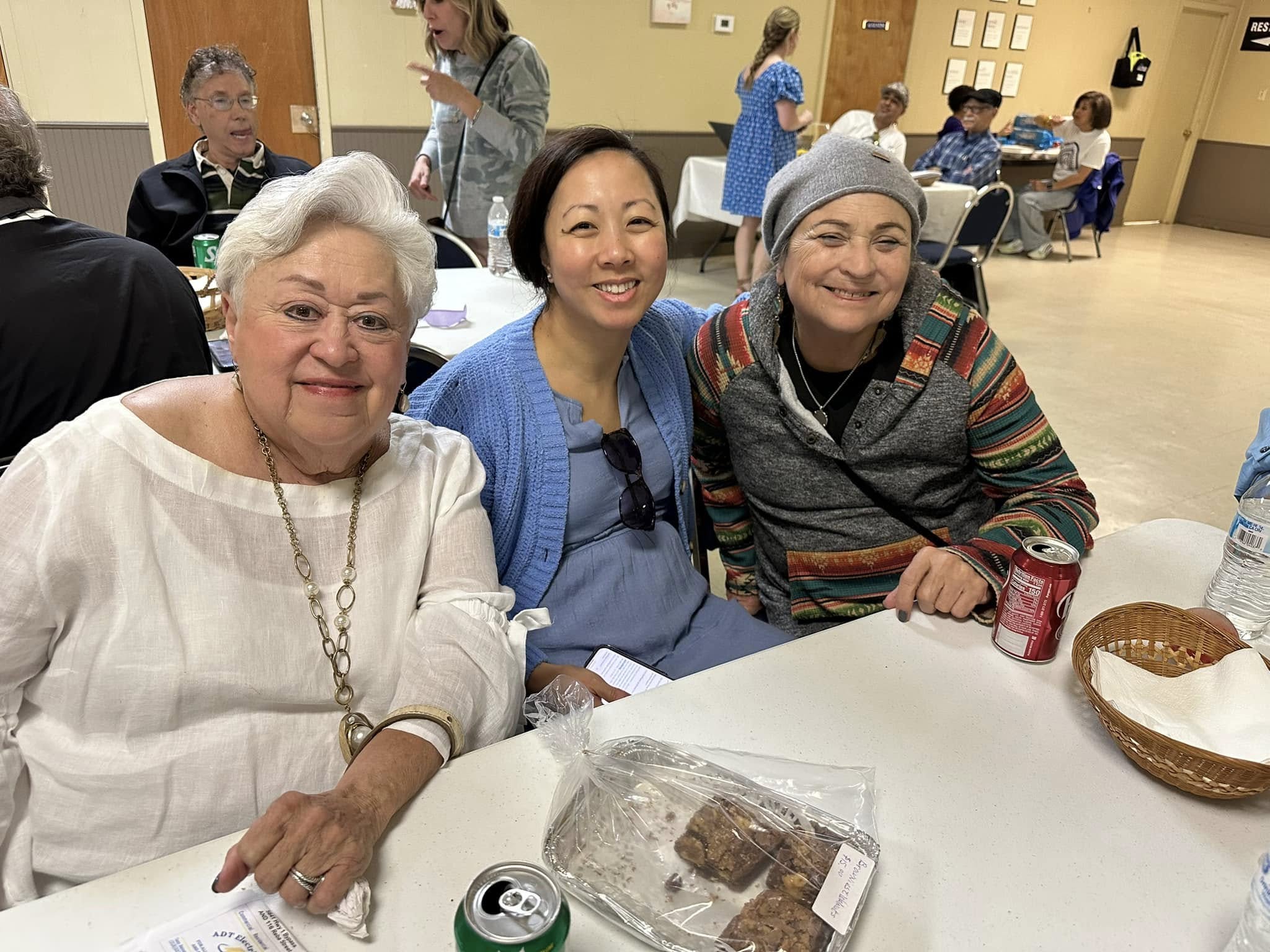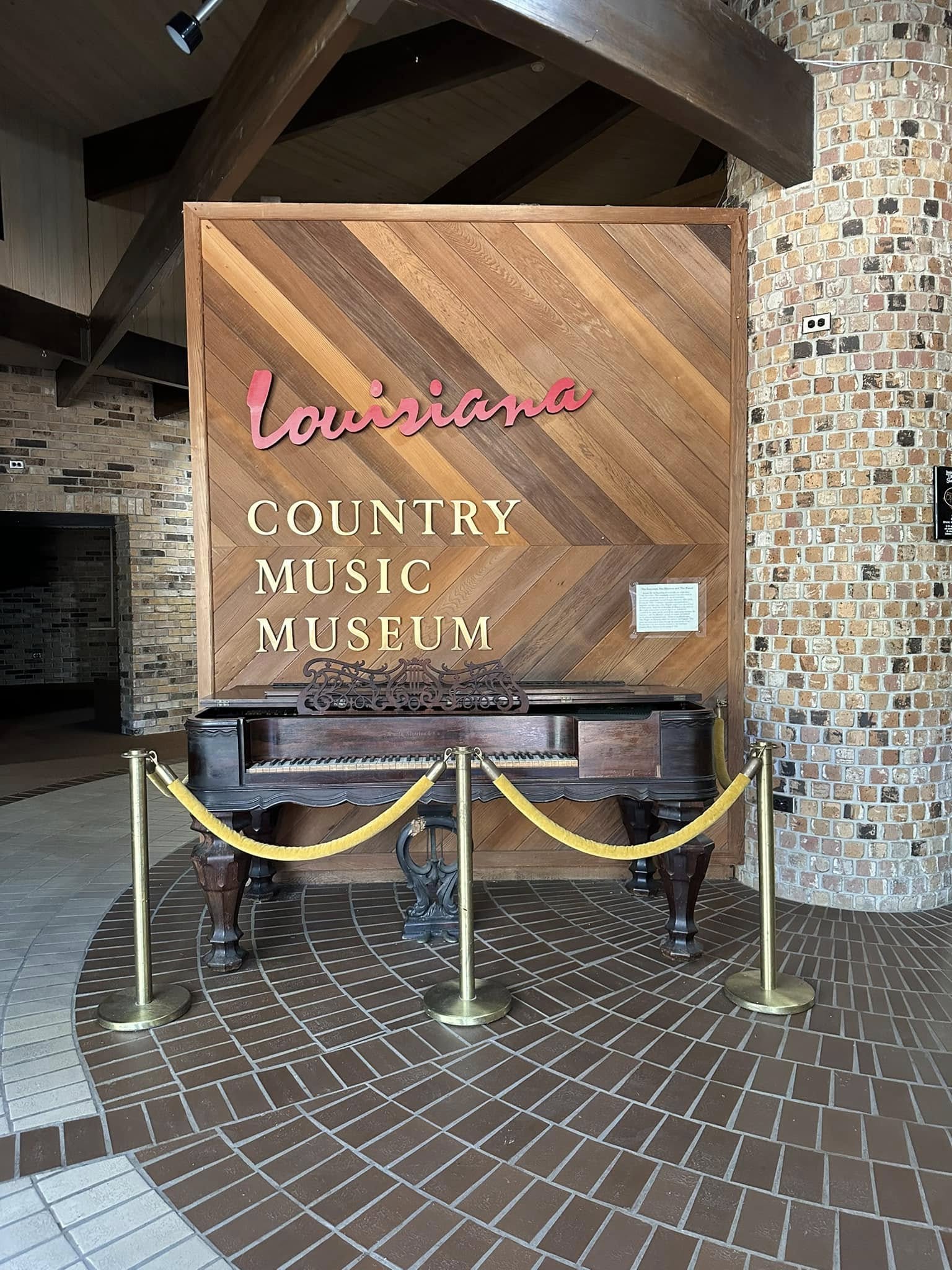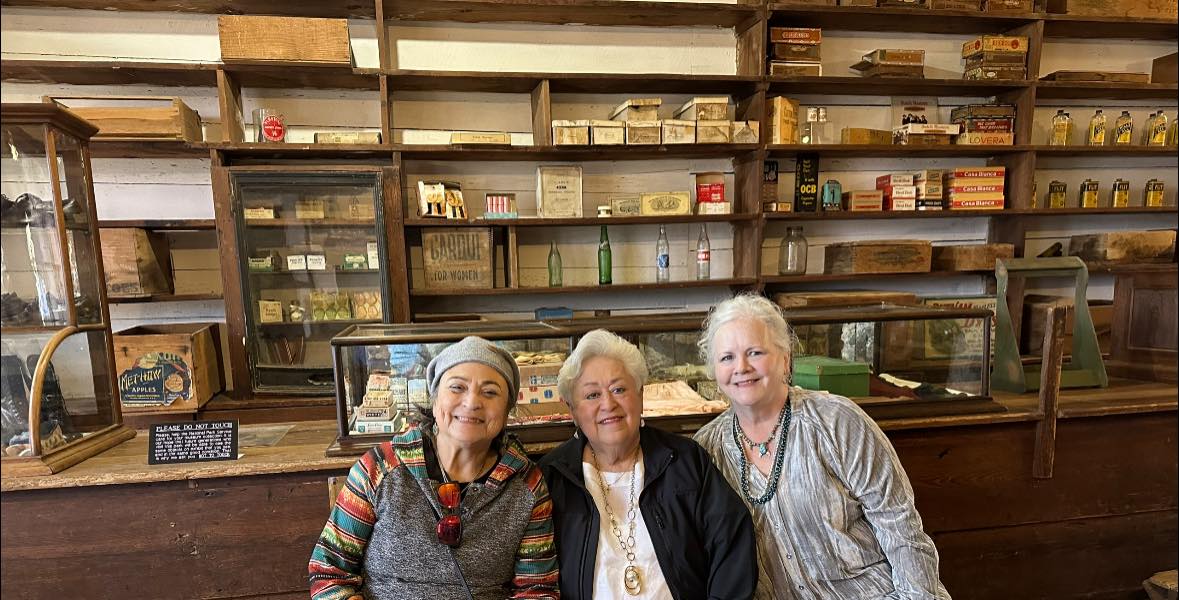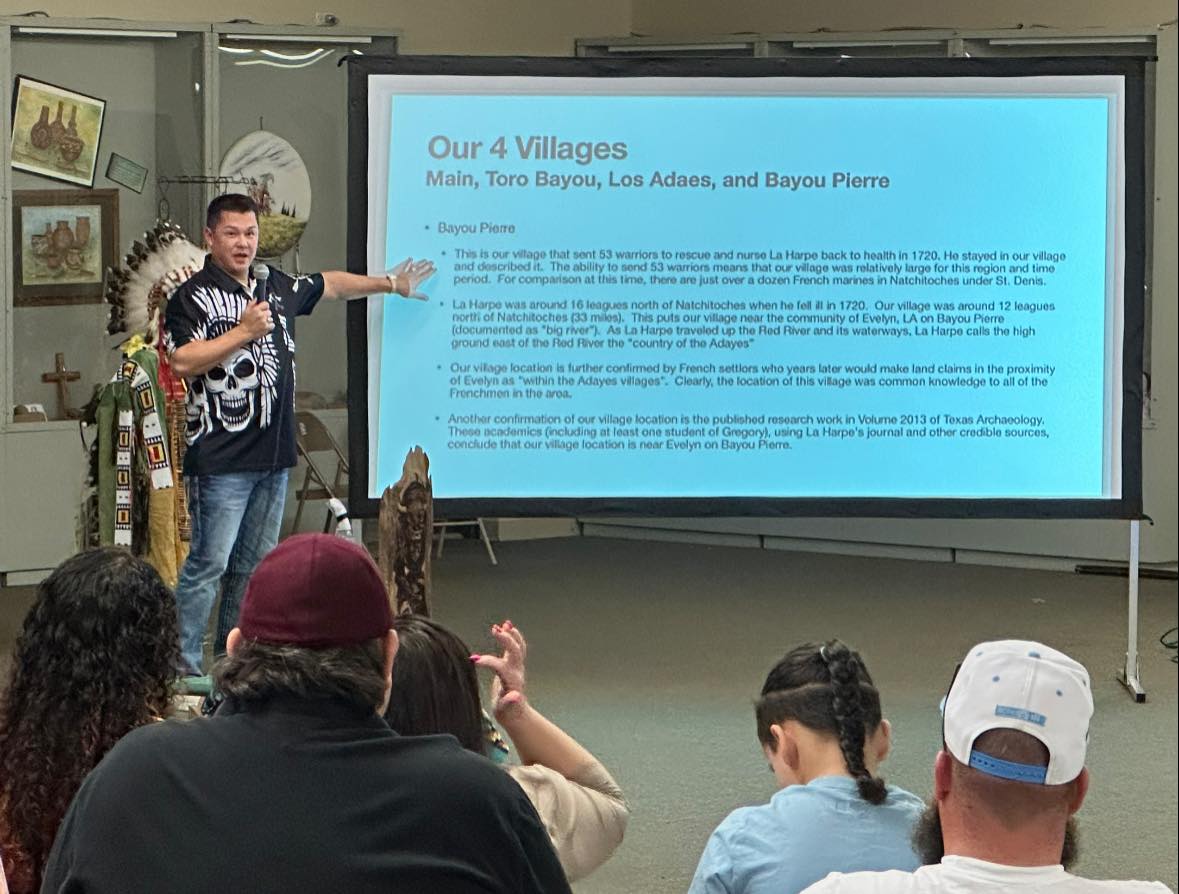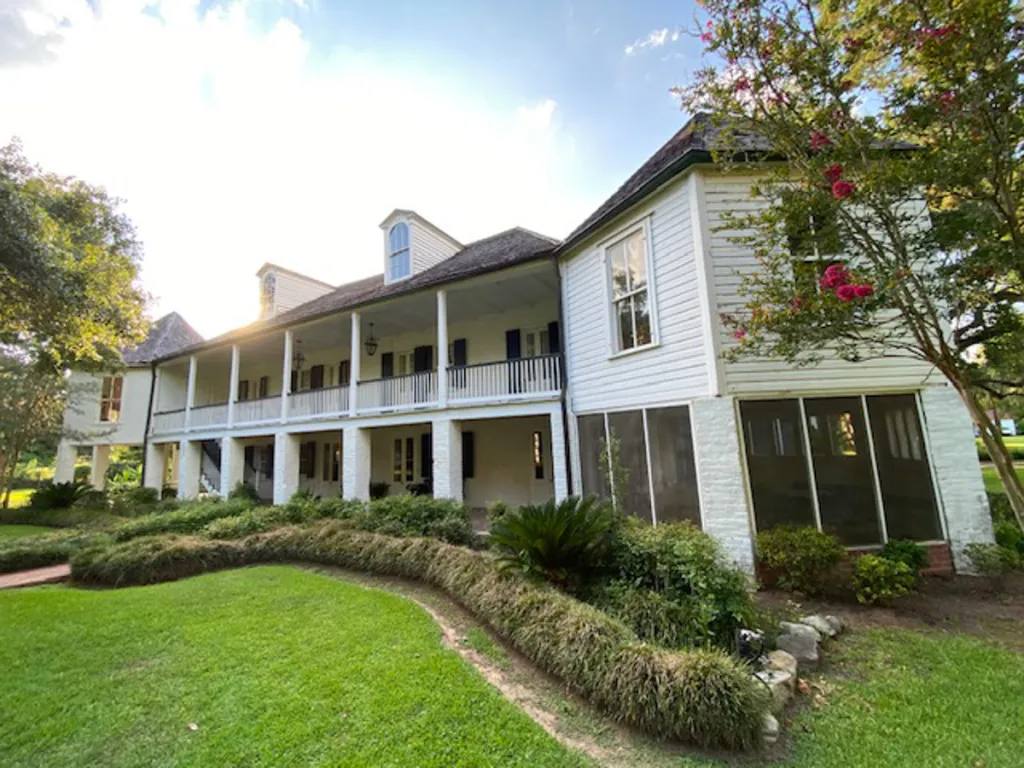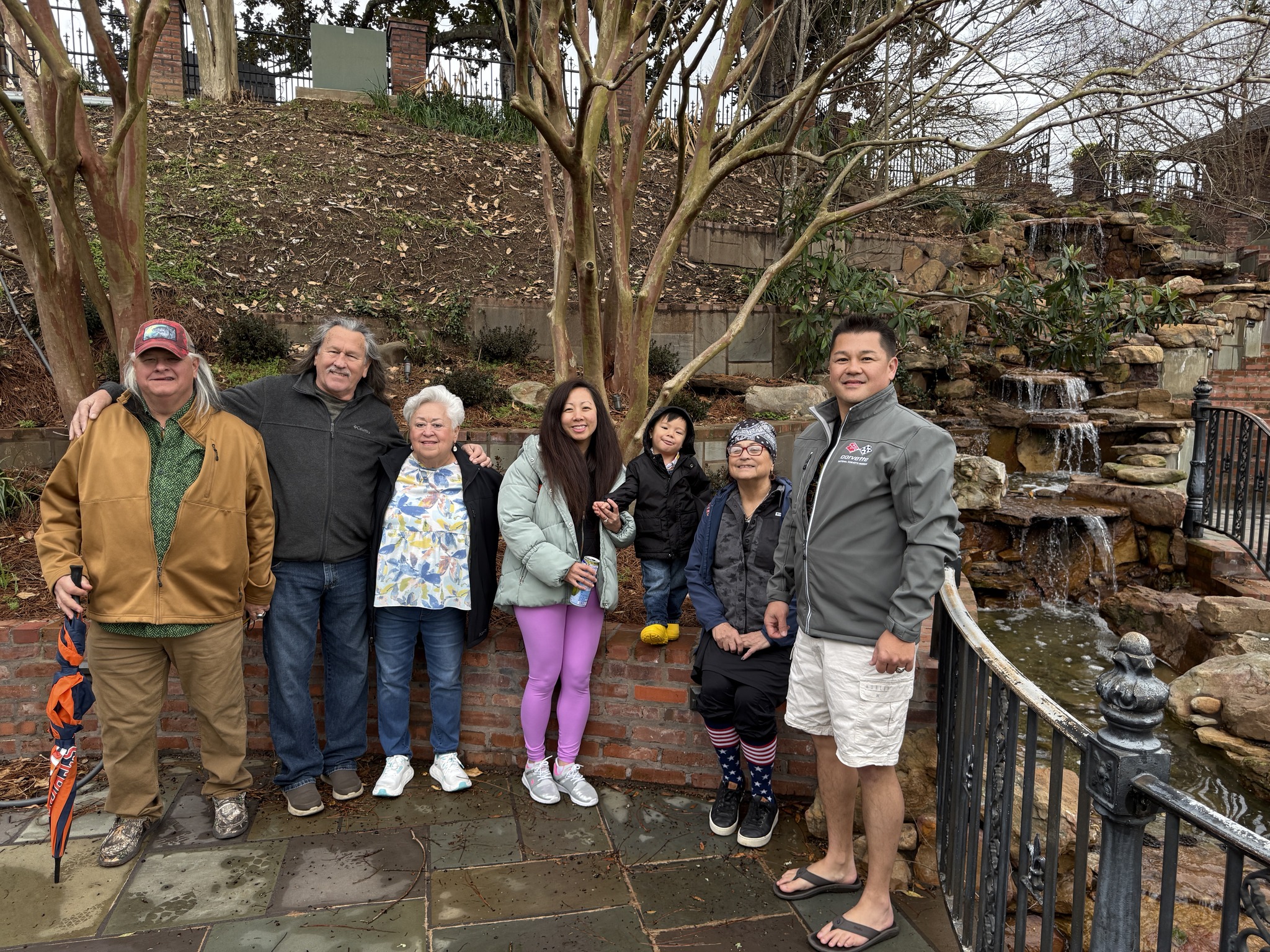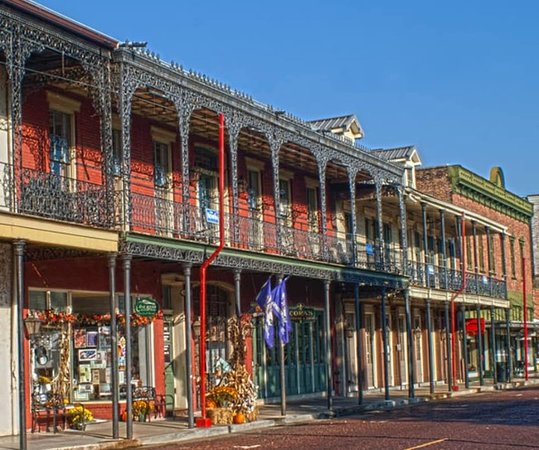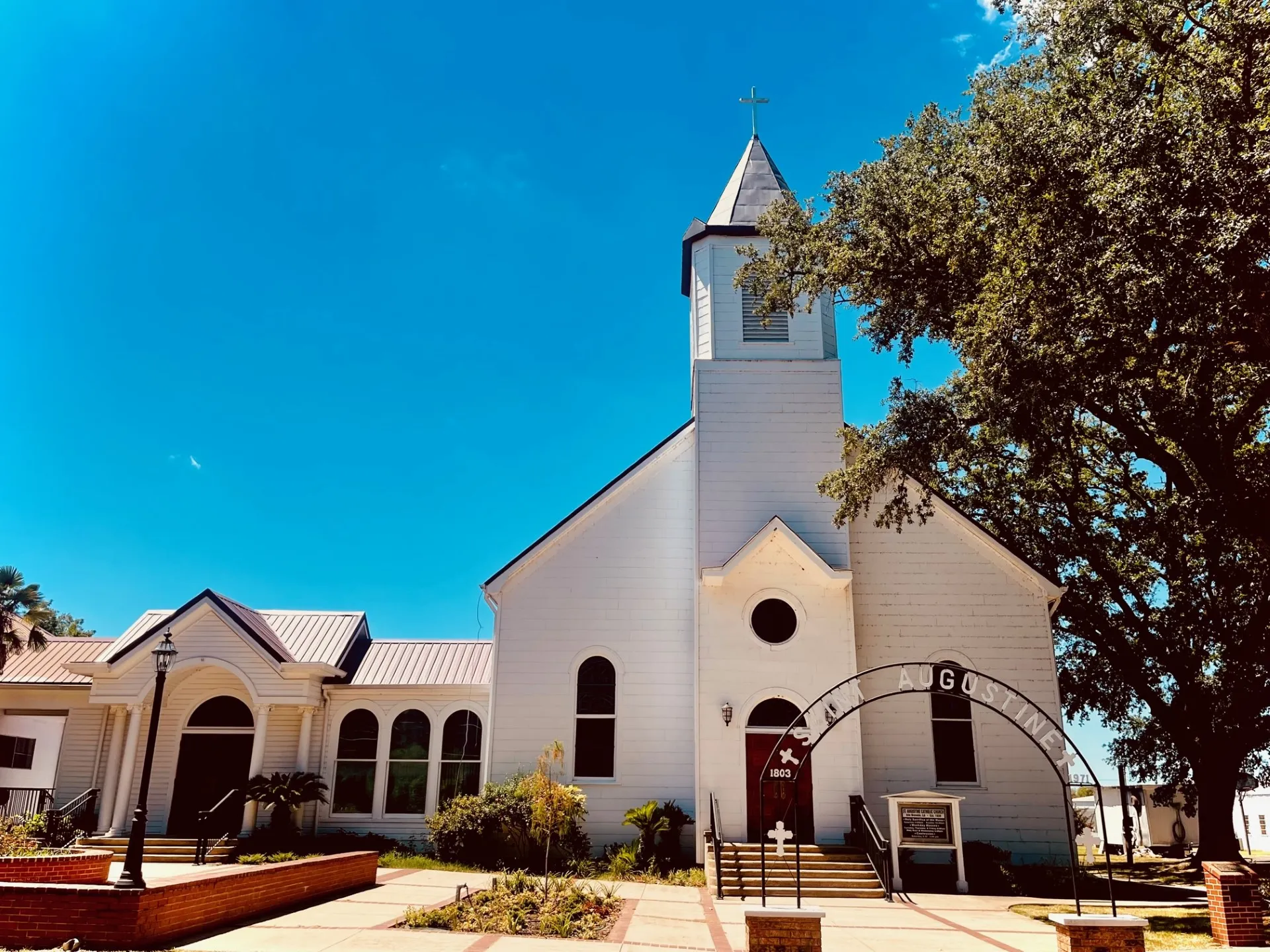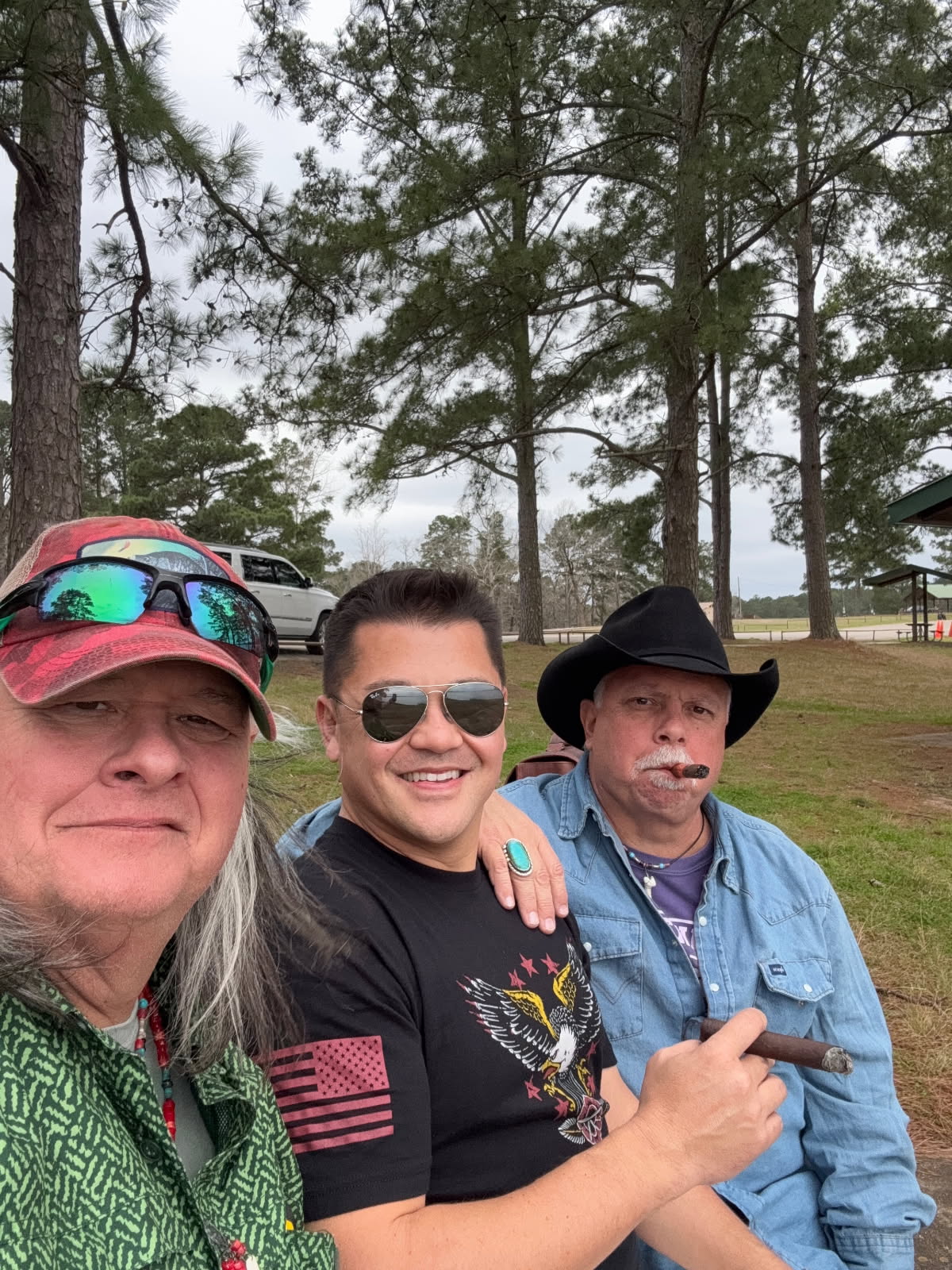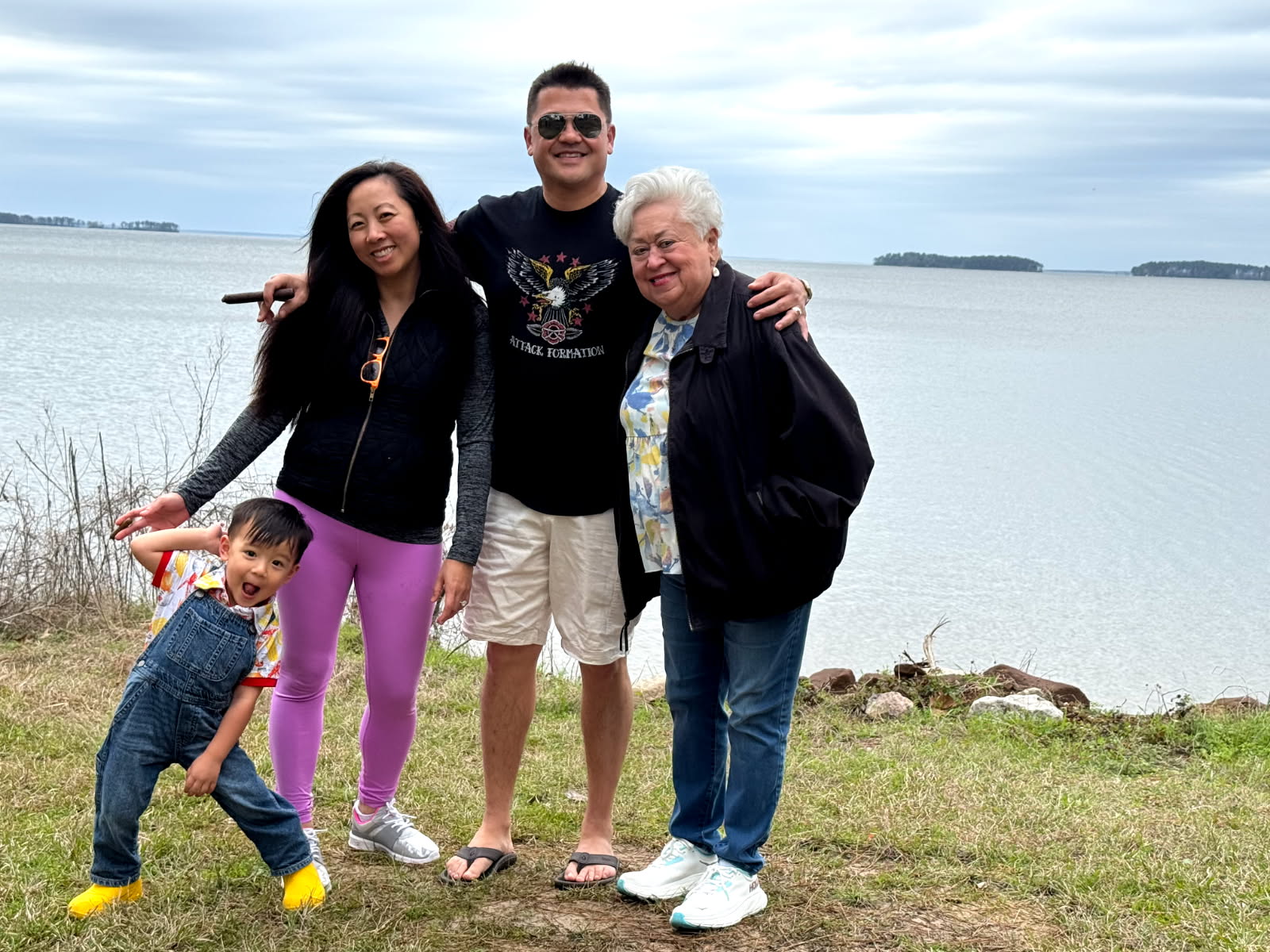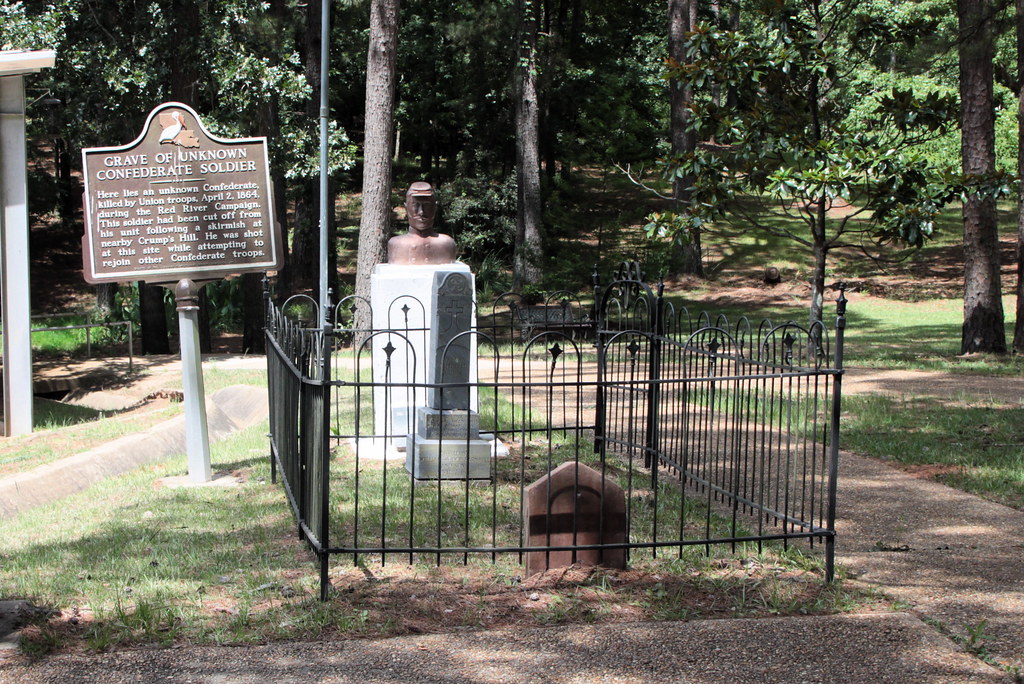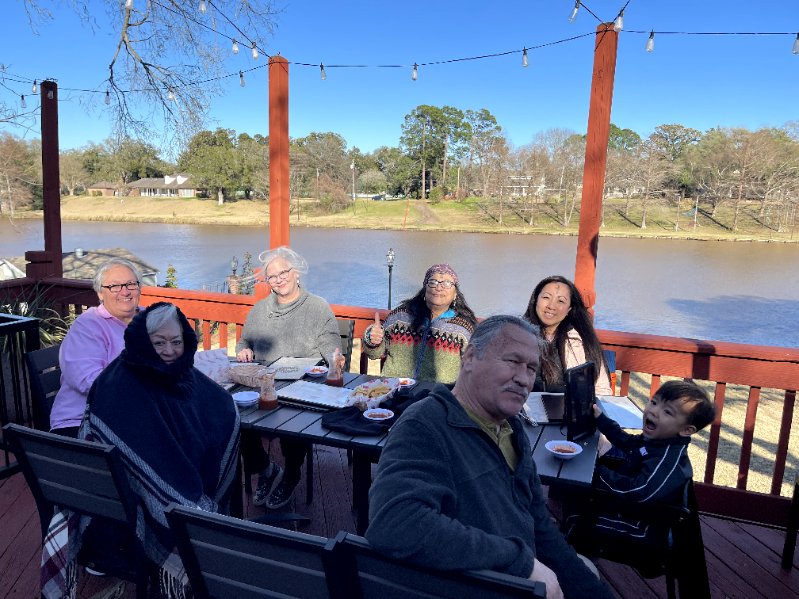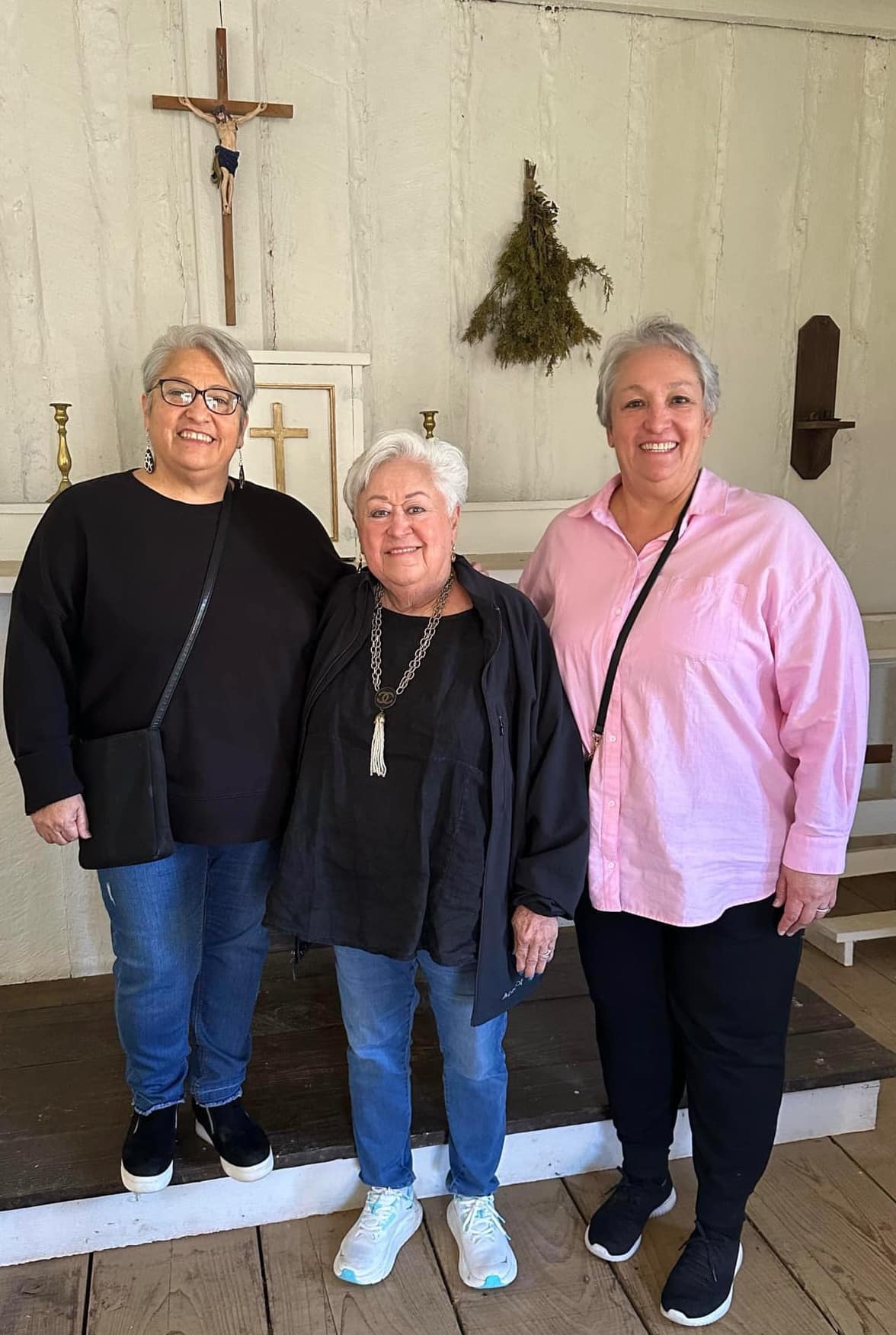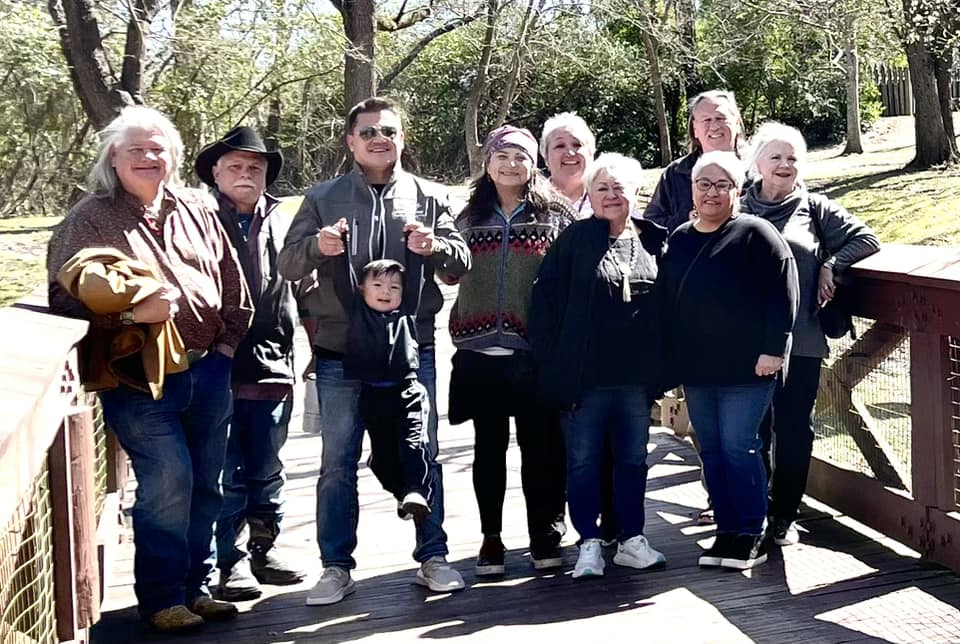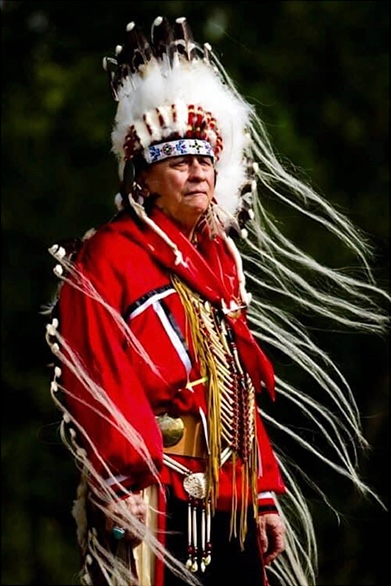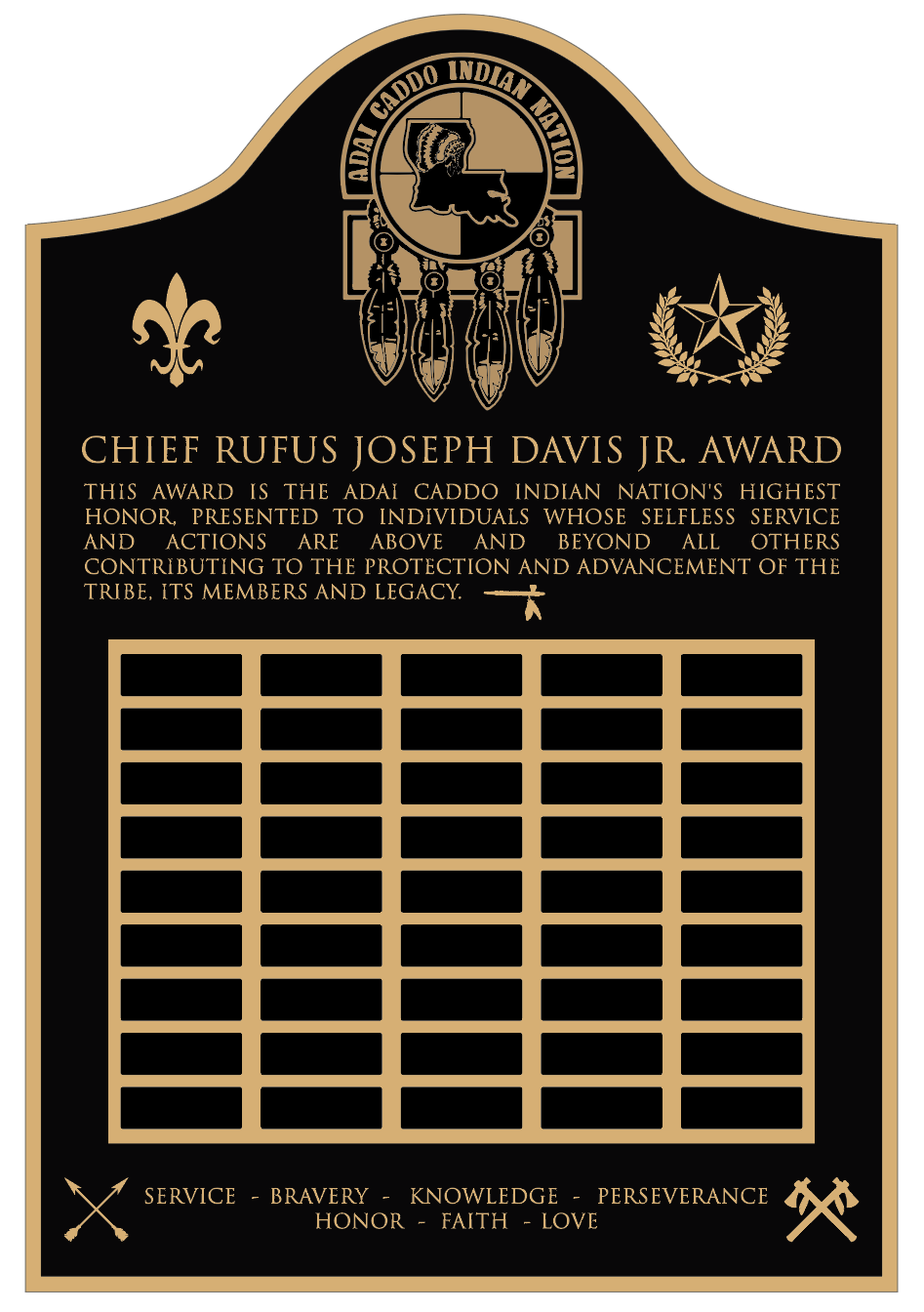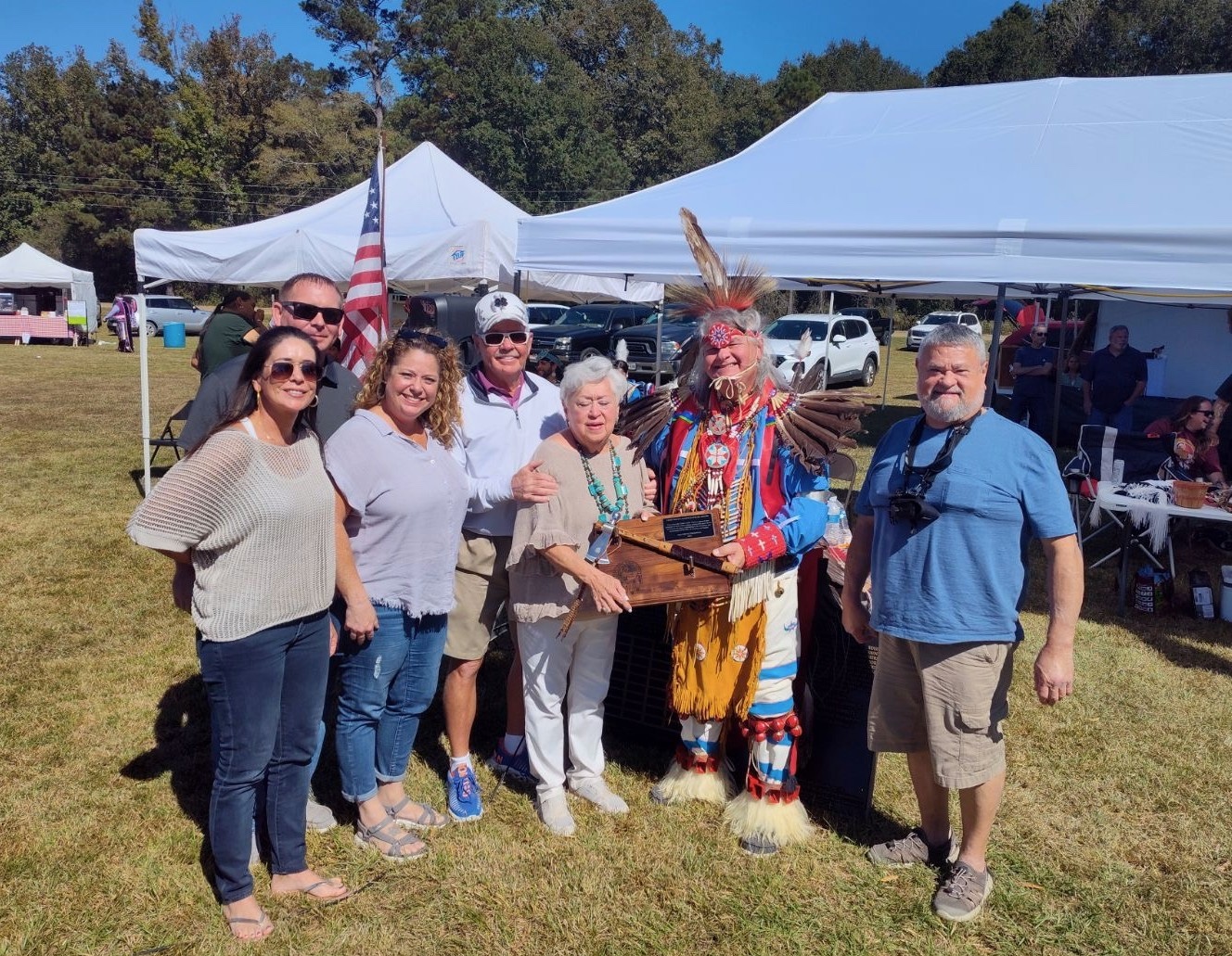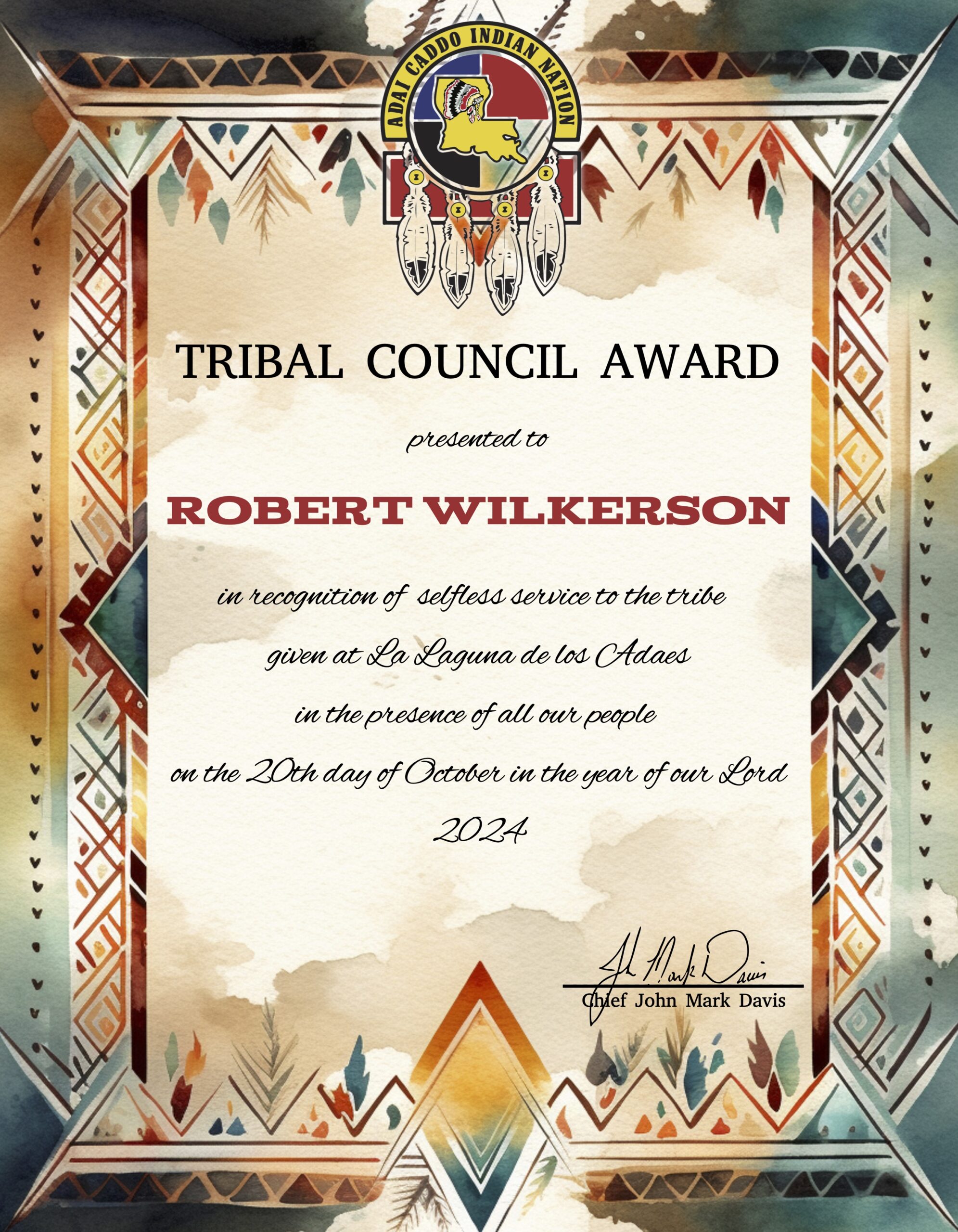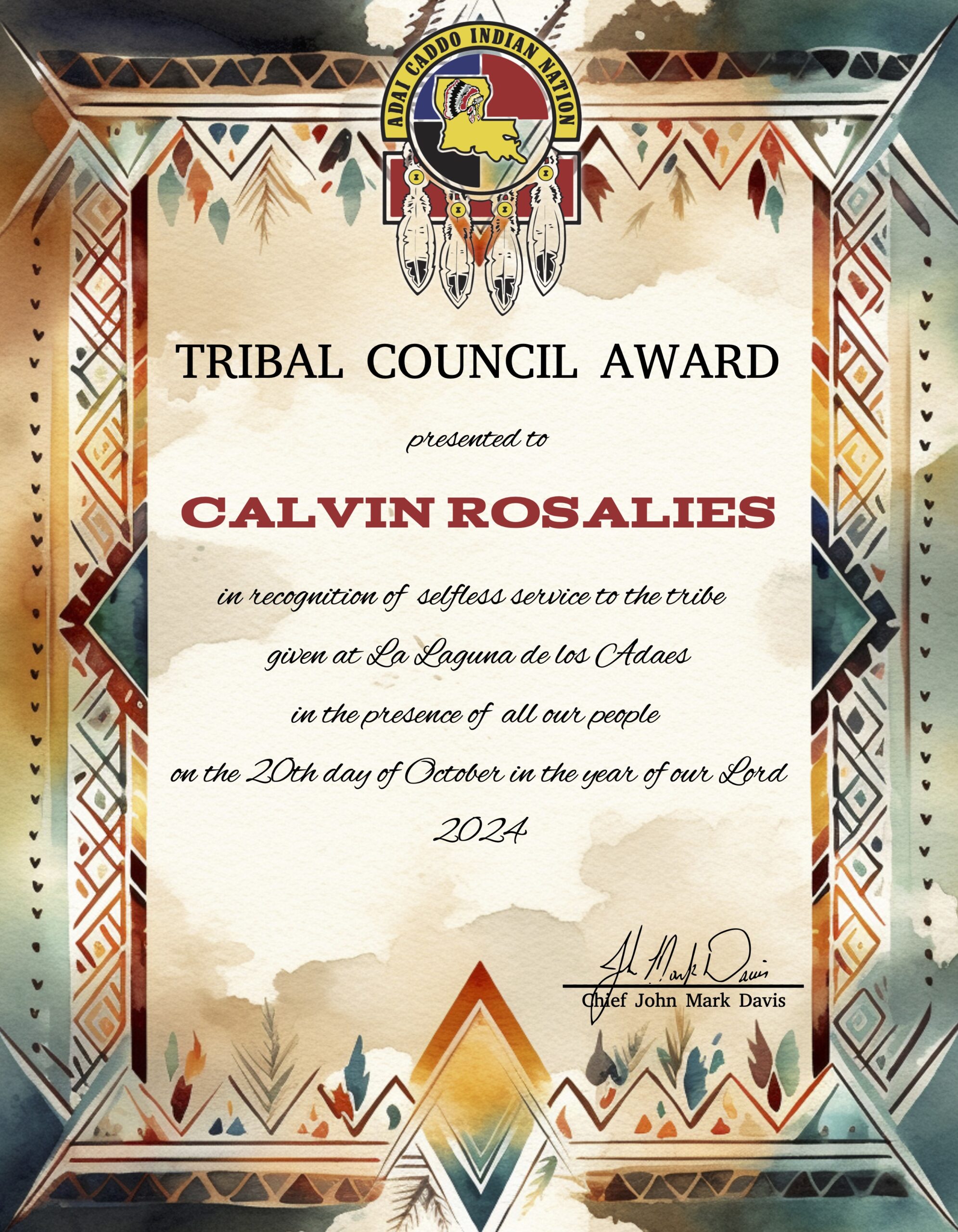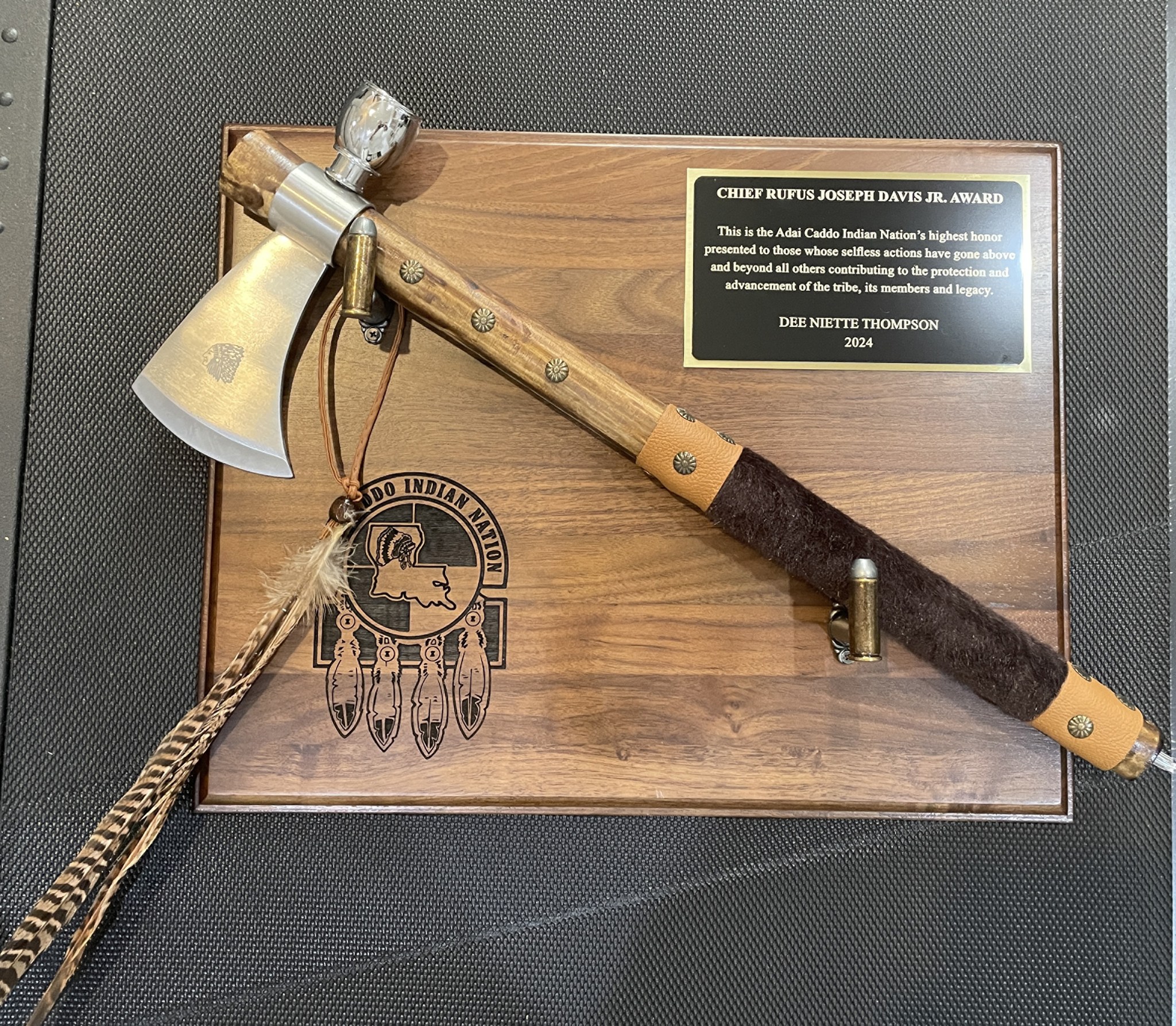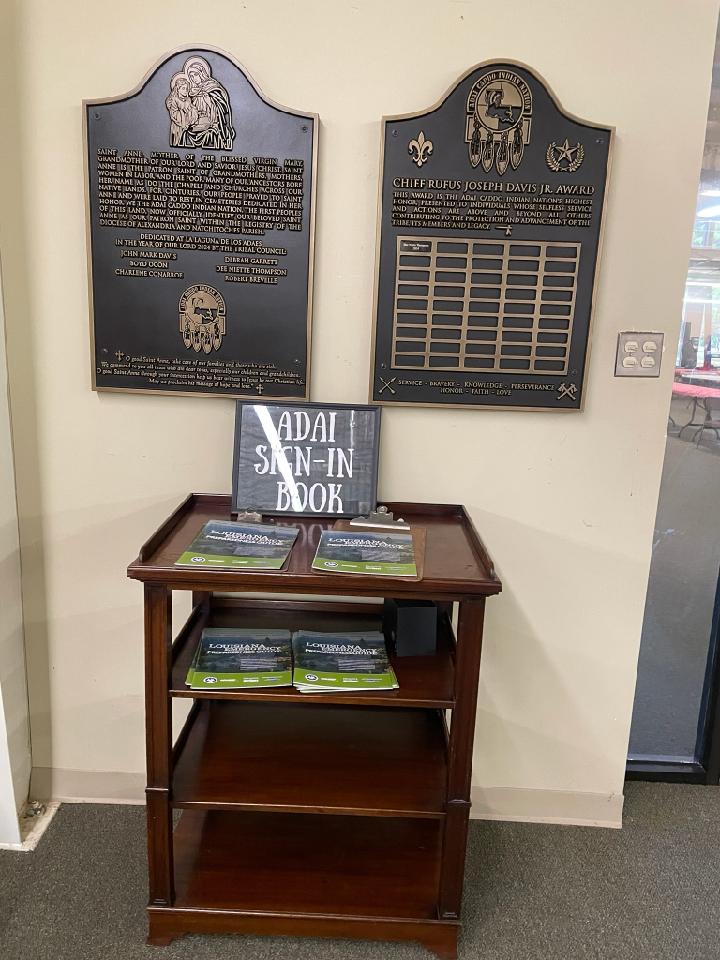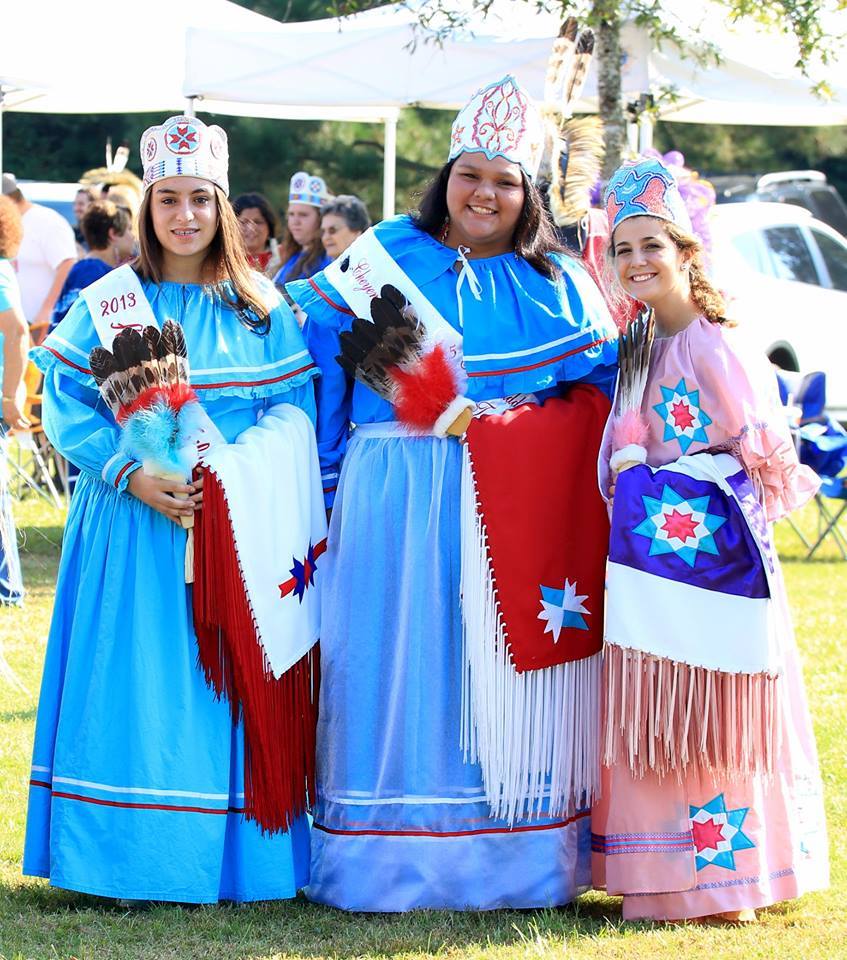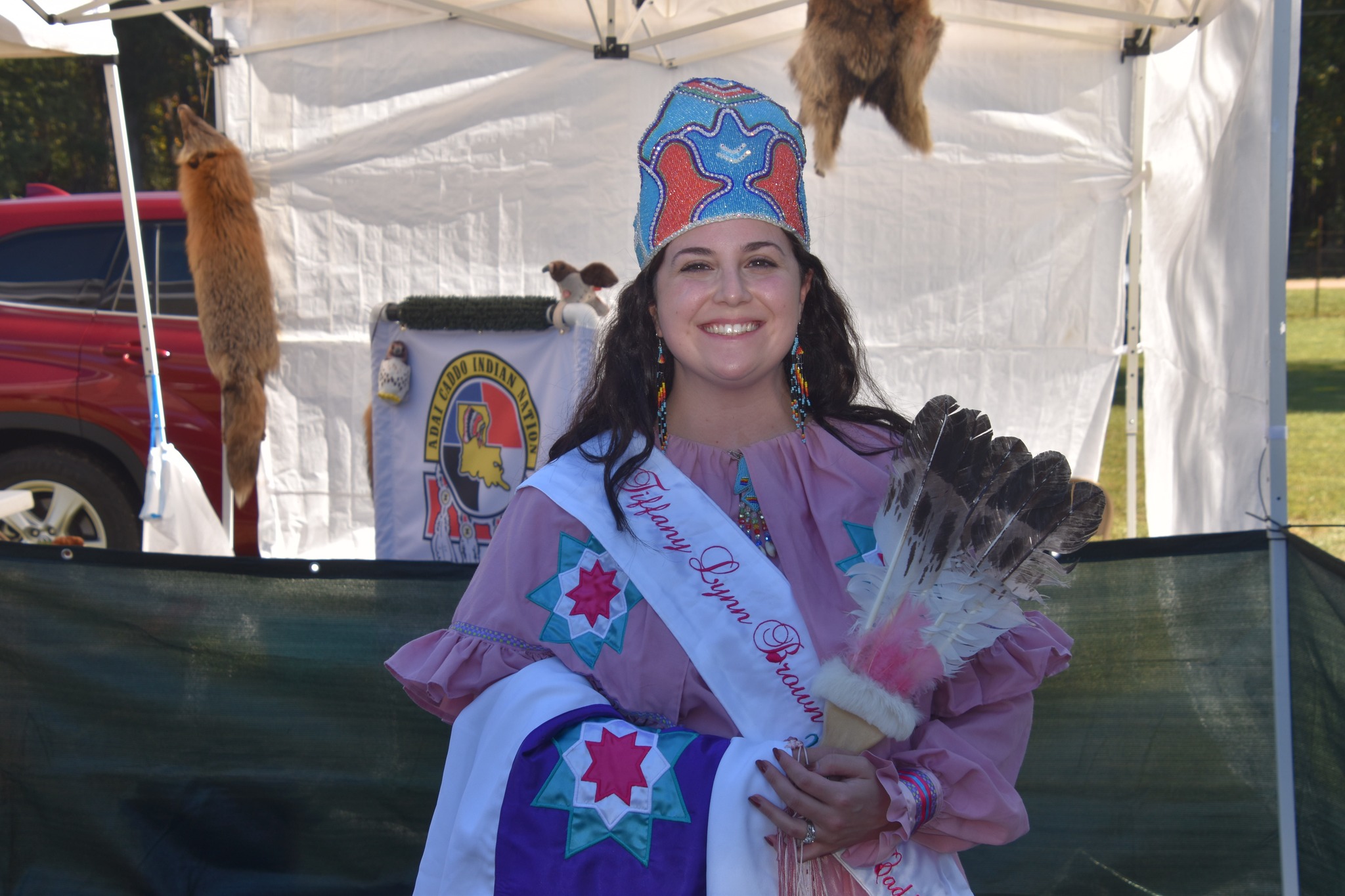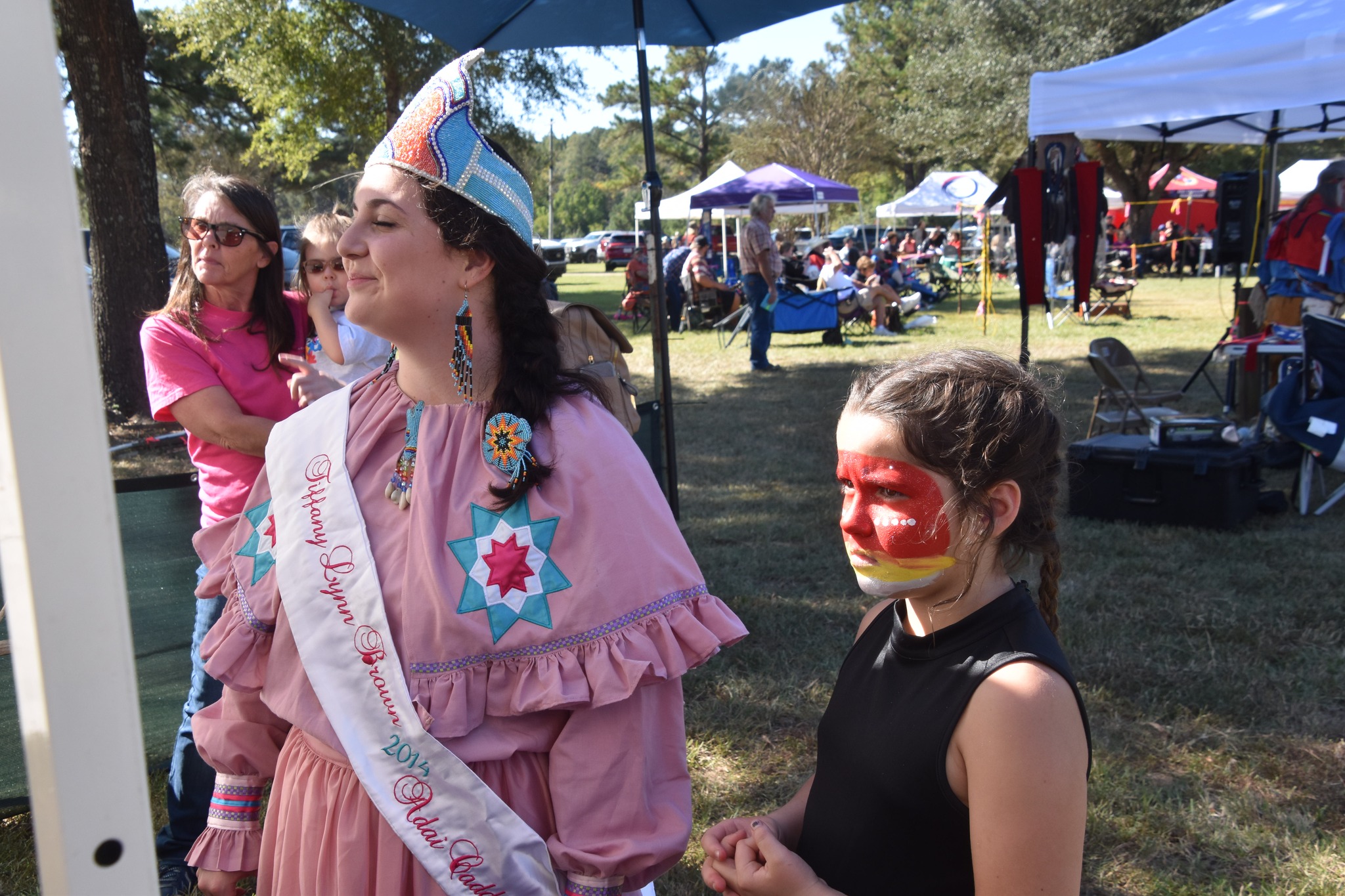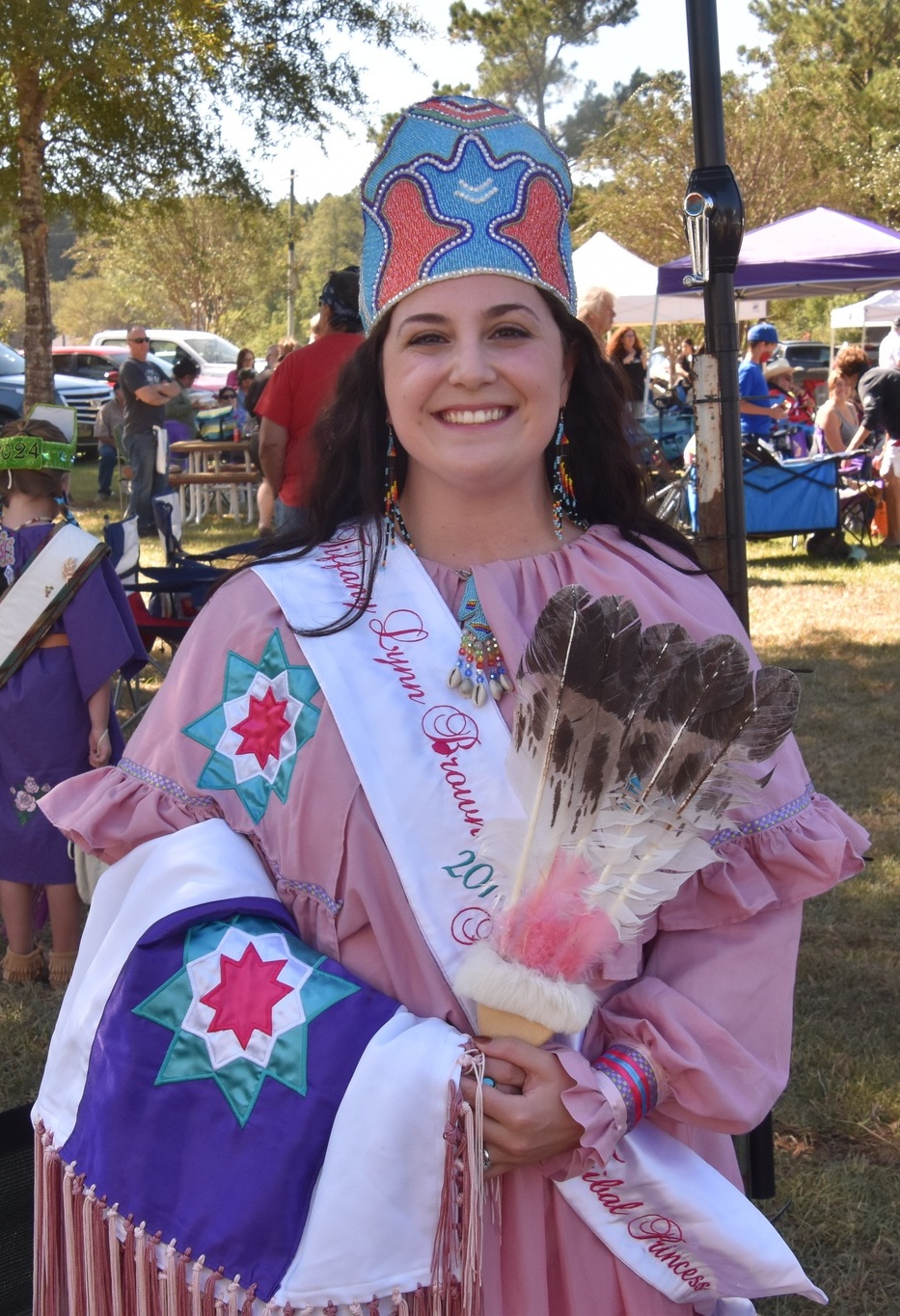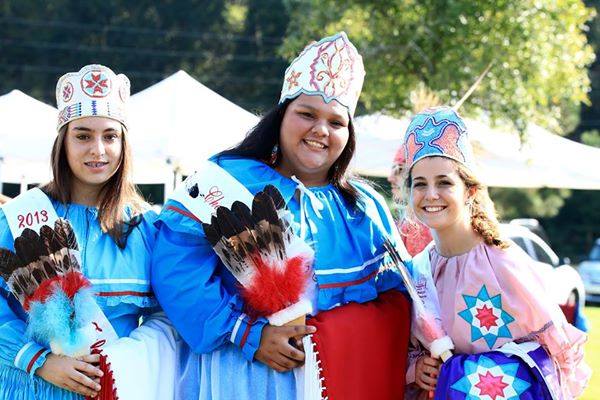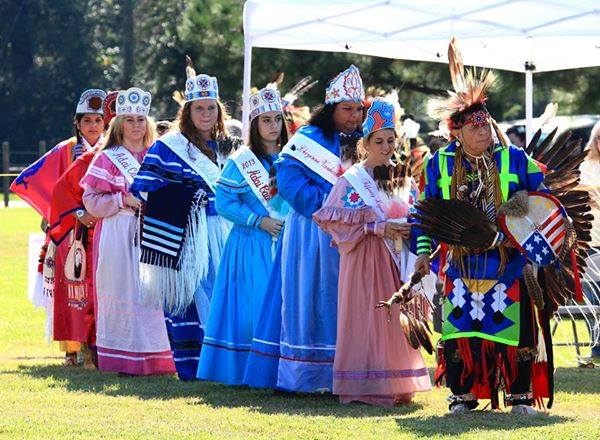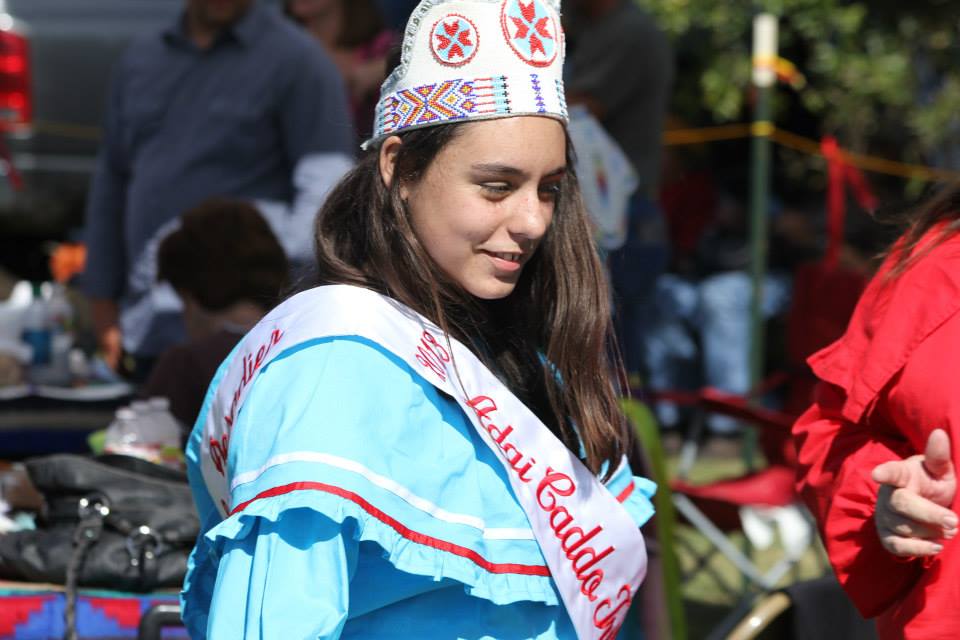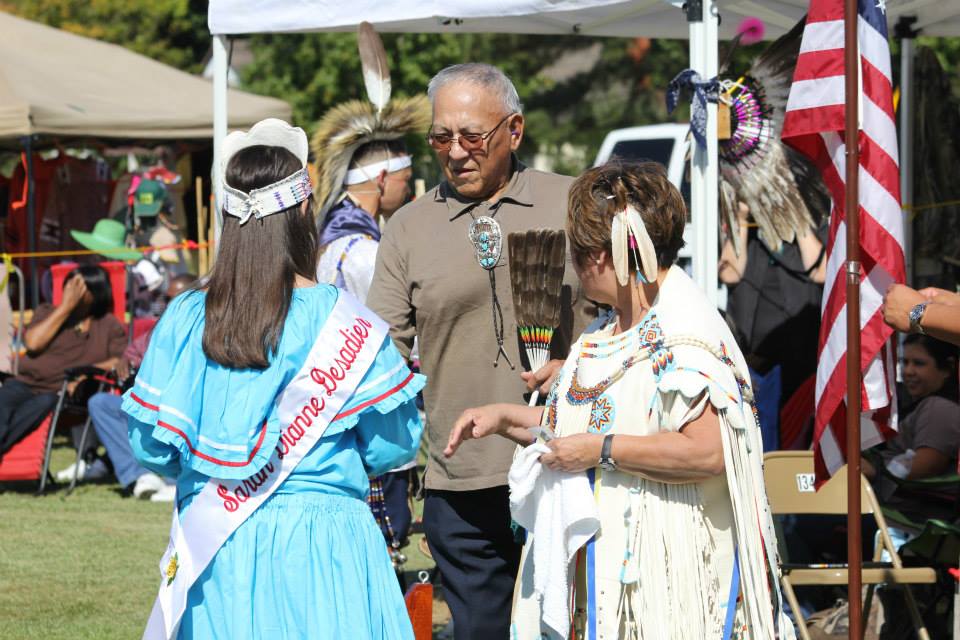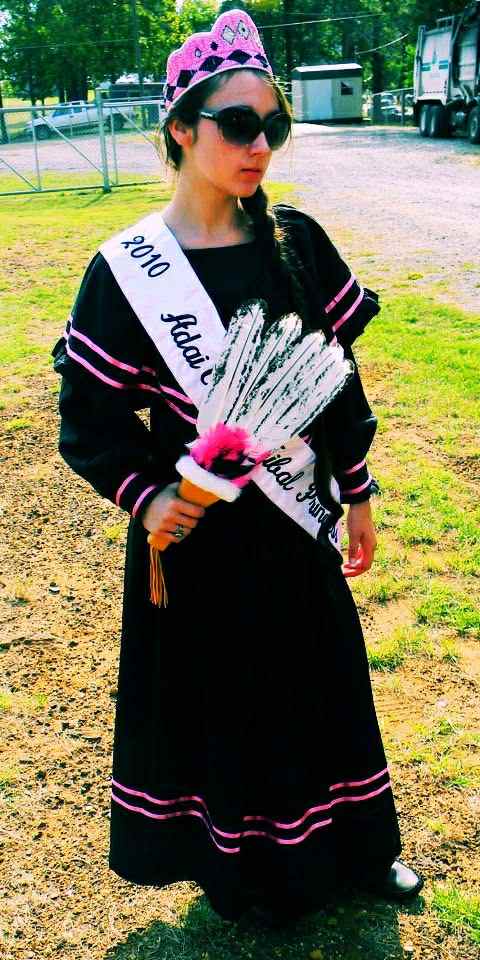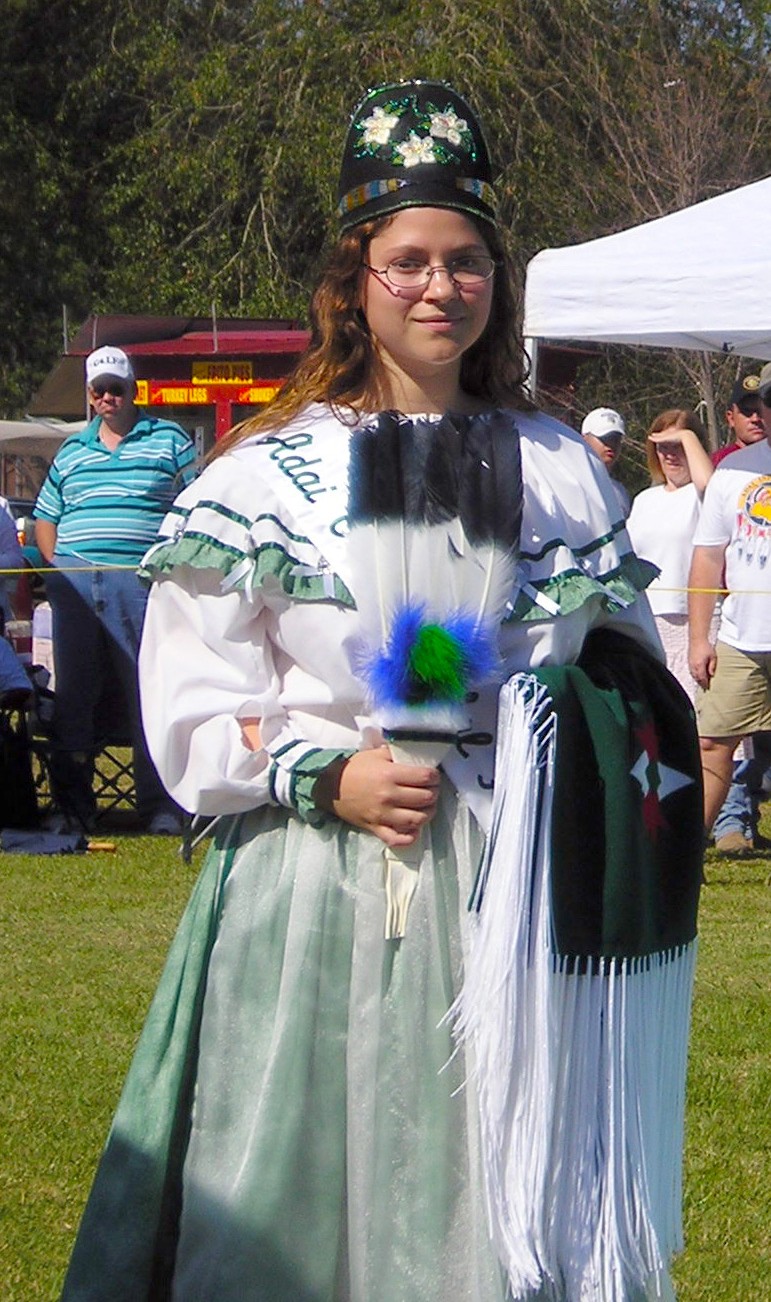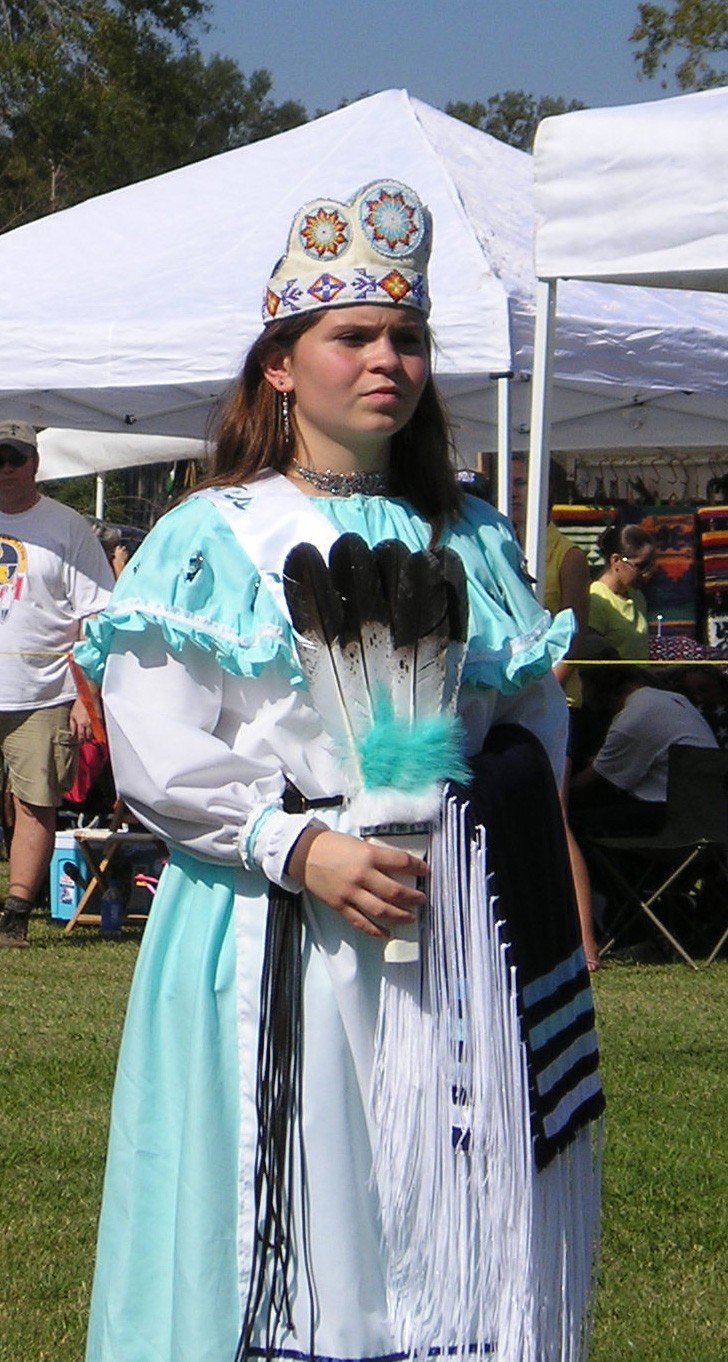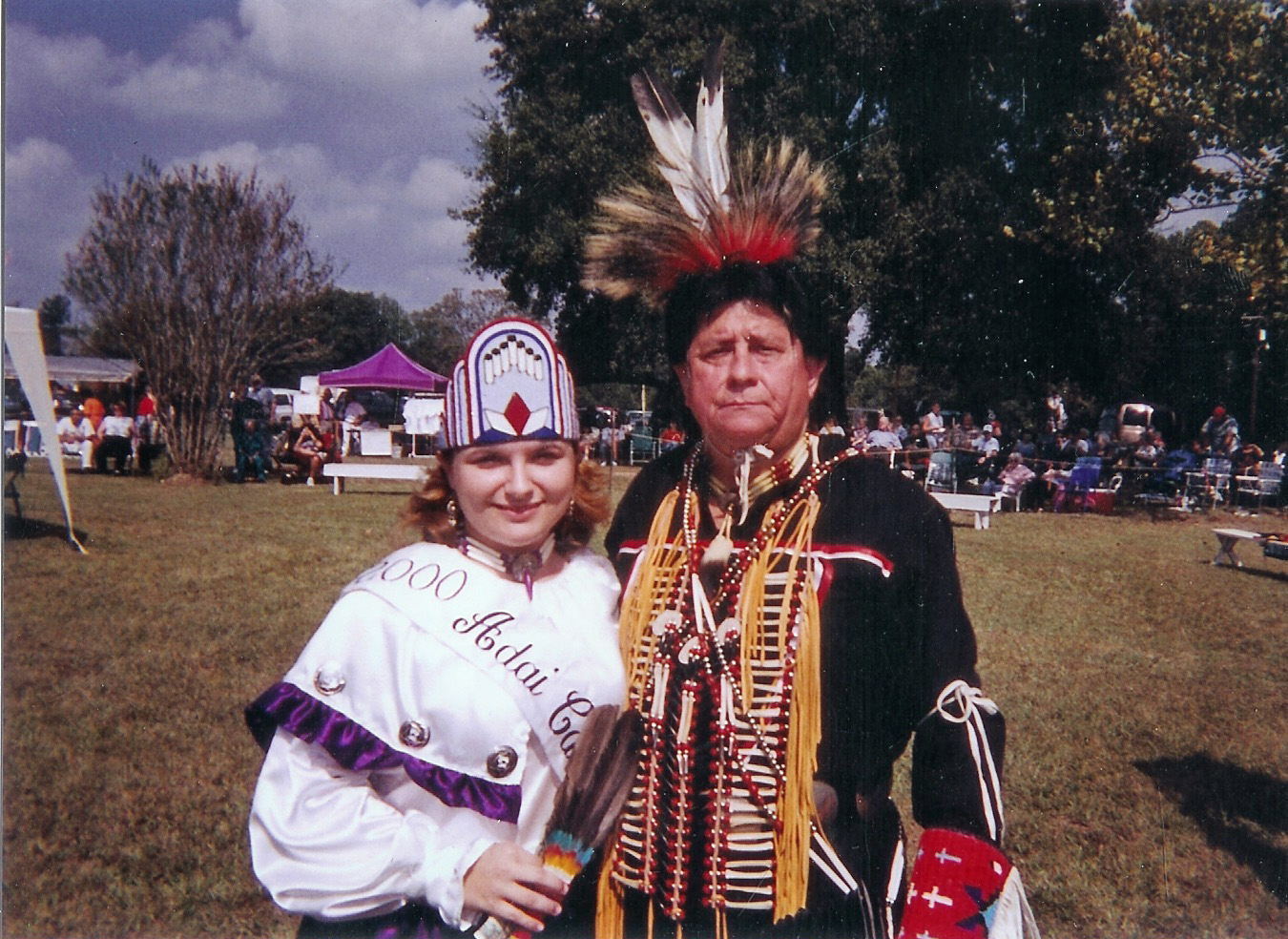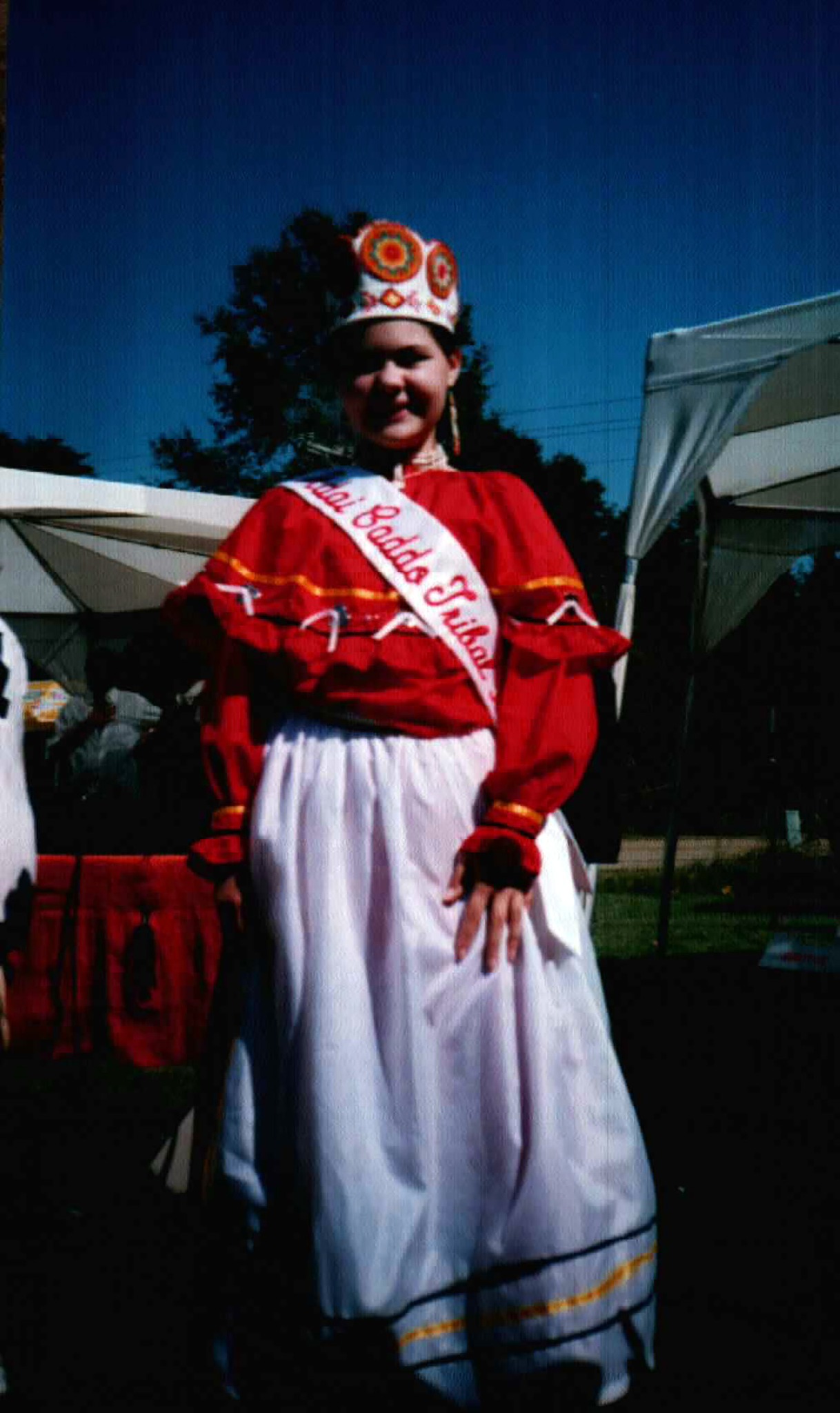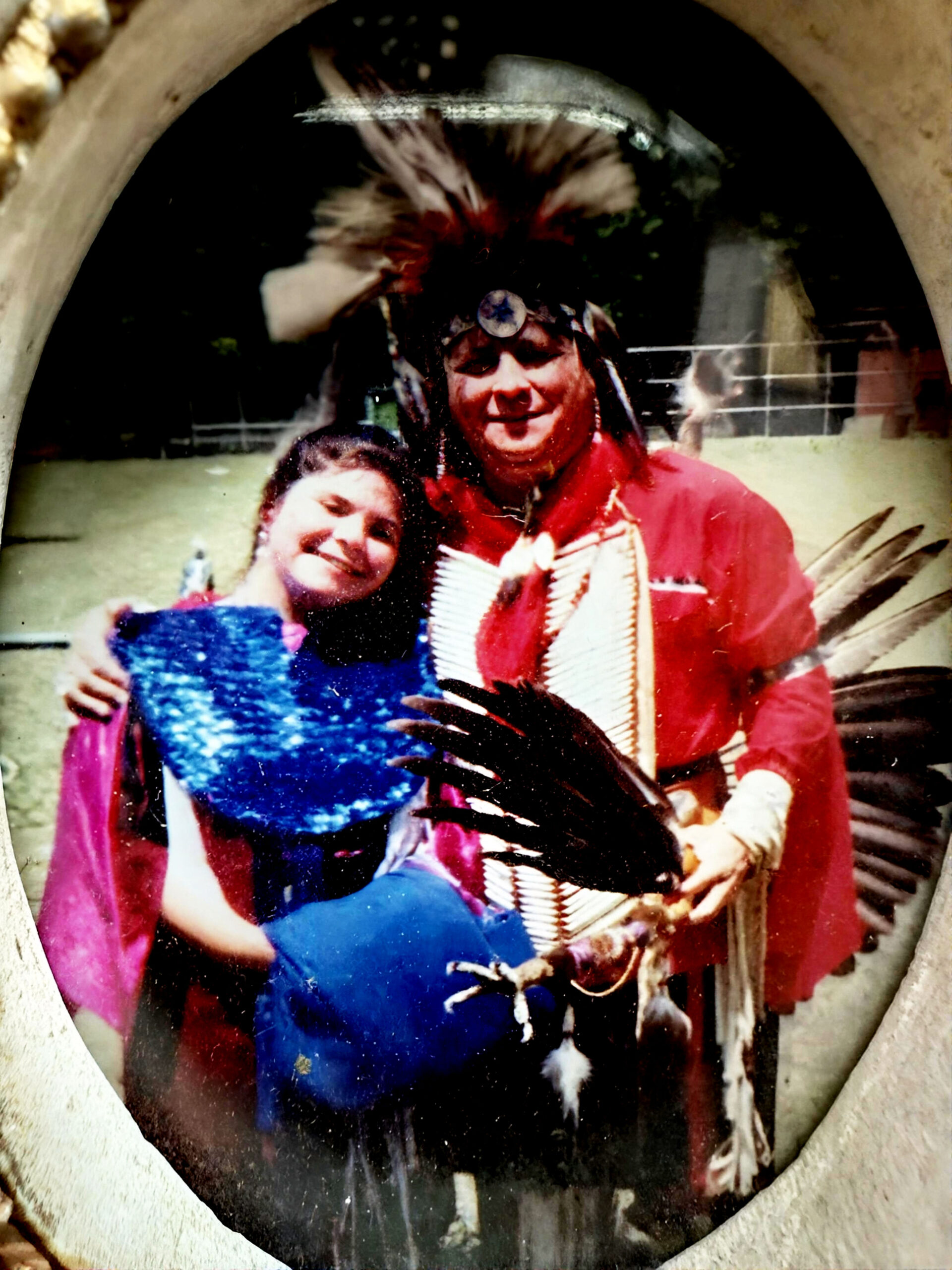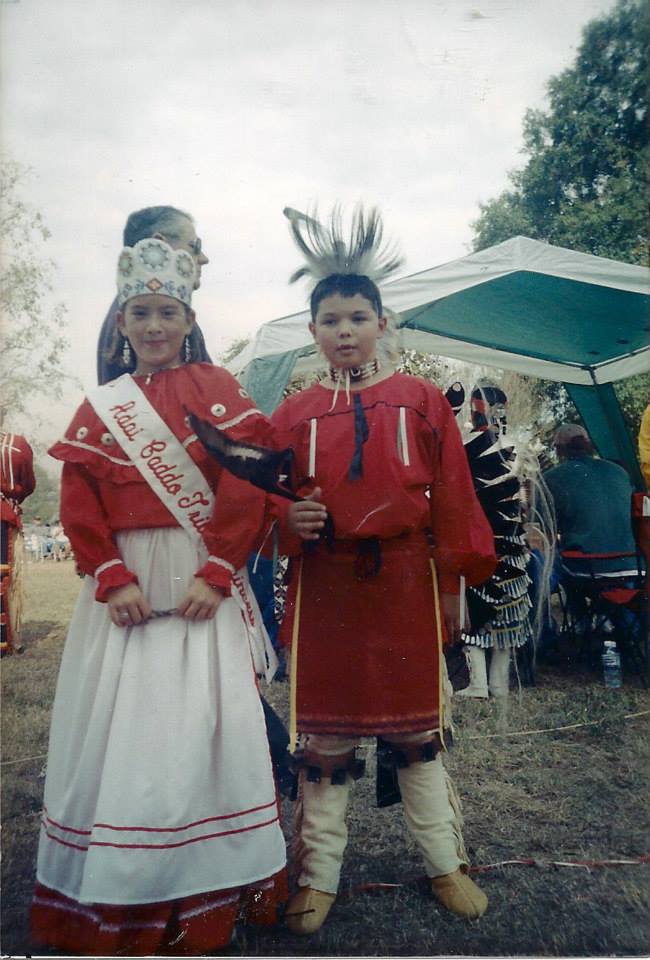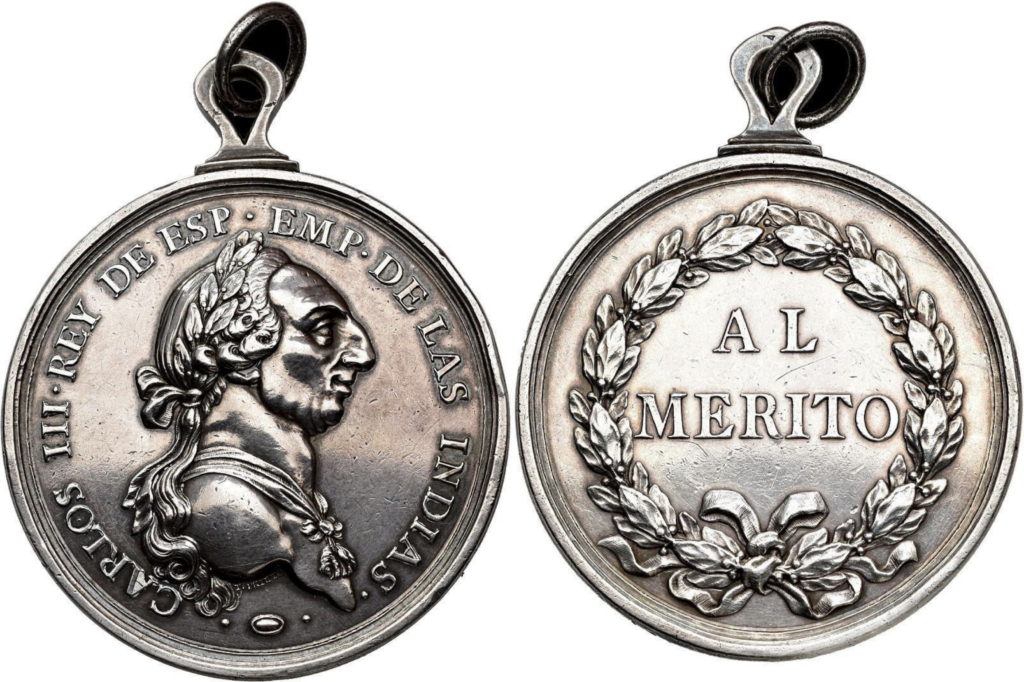Programs & Services
Language
Adaizan
The Adai Caddo language (Adaizan) was documented by John Sibley shortly after the Louisiana Purchase of 1803. Sibley was the first Indian agent of Louisiana. Based on Sibley's account, Adaizan was once thought to be a language isolate. However, ethnologists, anthropologists, and linguists such as Dr. Albert Gatschet, Dr. Frederick Hodge, Dr. Allan Taylor, Dr. Douglas Parks, and Dr. John Swanton have since confirmed the language is of Caddoan stock and spoken by other tribes of the Caddo Confederacy.
In recent years, efforts have been made to revitalize the Adaizan language from what little remains of it. By comparing these languages as Sibley heard them, an understanding of how Adaizan would have sounded to Sibley can be reconstructed based on the letters he used. From this, a standard alphabet or writing system has been derived.
The Adai Caddo linguist was trained at the Defense Language Institute Foreign Language Center at the Presidio of Monterey, California. He is working on a program to revive the language and teach it to the Adai Caddo people. He has translated works such as the Lord’s Prayer and the Star-Spangled Banner into Adaizan, as well as created videos for tribal members to begin learning the language. Efforts are currently underway to create a dictionary and a children’s book. You can hear the language spoken on the Adaizan YouTube channel.
Emergency Management
Preparing our People
The Adai Caddo Indian Nation provides emergency management supplies, training, and other resources to its members and to the local community. The tribe is outfitted with long distance radios, temporary emergency tents, emergency vehicles, and other equipment to accomplish this mission. The tribe's 10,000 square foot facility and 80-acre campus provide for an emergency staging and storage, shelter, kitchen, cellular-based comms, and can function as a command and control center. The all volunteer staff include certified first responders such as medical, fire, communications, HAZMAT, and law enforcement. The tribe is working on expanding its capabilities with fire fighting equipment and generators. The Adai Caddo Indian Nation is partnered with the state of Louisiana on several related programs serving the Natchitoches, Sabine, Vernon, and Rapides Parish area.
If your local government, agency, or company is interested in working with the Adai Caddo Emergency Management program, please contact our program director.
Spiritual
Saint Anne
The Adai Caddo are a spiritual people. The Adai Caddo requested the first missions in the state to be established on their lands. They helped build, maintain, and defend the missions. Over the centuries, The Adai Caddo helped establish other mission churches forever becoming part of the old Natchitoches Diocese, Alexandria Diocese, Shreveport Diocese, Tyler Diocese, and the enduring presence of Christian faith in the region.
In 1690, Alonso de León established the first Catholic mission in present-day Texas, San Francisco de los Tejas near the Trinity River and present-day Augusta, Texas. Franciscan records show the Adai Caddo frequented the mission until its closure in 1693. This is the origin of the Tyler Diocese.
In 1716, at the request of the Adai Caddo, Fray Antonio Margil de Jesús built the first Catholic mission in present-day Louisiana. He named the mission for the Indians it would serve, San Miguel de Linares de los Adaes. The mission was approximately 13 miles east of Natchitoches. Five years later, the second Catholic mission in Louisiana was built nearby. Once again, the mission would bear the name of the Adai Caddo, San Miguel de Cuéllar de Linares de los Adaes. The Adai Caddo baptisms and marriages are among the first entries in the oldest Catholic registries in the state.
By the 1820s, the Adai Caddo had built Catholic missions and chapels in the disputed territory known as No Man's Land between American Louisiana and Spanish Texas. Traveling priests would be surprised to find these chapels and their devout Adai Caddo parishioners. Today, this region includes portions of Sabine, Vernon, and Natchitoches Parishes.
In 1856, the mission of St. Augustine at Isle Brevelle was decreed by Bishop Auguste Martin to be a parish in in its own right. St. Augustine Church (also known as Isle Brevelle Church) is located on an island and named for its founder, Jean Baptiste Brevelle II who was an Adai Caddo Indian. The parish church expanded to serve four other missions in the area: St. Charles at Bermuda, St. Joseph's at Bayou Derbonne, St. Anne's on Old River, and St. Anne's at Spanish Lake (La Laguna de los Adaes).
Today, the Adai Caddo still attend St. Anne's and many are buried on the church grounds and at nearby St. Anne Cemetery, both of which are located near the Adai Caddo Cultural Center. In 2024, in recognition of generations of Adai Caddo being baptised, married, and buried at churches bearing her name, the tribe officially designated Saint Anne as it's patron saint within the registry of the Alexandria Diocese.
Saint Kateri Circle
Saint Kateri Tekakwitha, also known as the "Lily of the Mohawks," was a 17th-century Mohawk-Algonquin woman who became the first Native American to be canonized as a saint by the Catholic Church. She is venerated for her heroic faith, virtue, love of Jesus, and faithfulness to her people's traditions. A Kateri Circle is a group of faithful Catholics, non-Catholic Christians, and/or seekers who desire to be in community with one another through a lifestyle of prayer, service, and worship. The spirituality of these communal groups springs from a strong devotion to the intercession and virtuous and holy life of Saint Kateri Tekakwitha and dedicated to the ongoing advocacy and evangelization on behalf of the many communities of Indigenous Catholics across North America. The Adai Caddo Indian Nation is a proud member of the Saint Kateri Circle of the Alexandria Diocese.
Education
Teaching our people
Currently, the tribe offers two training programs: quarterly seminars and field trips.
At each quarterly tribal council meeting, a member of the tribe leads a seminar on the history or culture of the Adai Caddo. Everyone is invited to participate. Past topics have included:
- Location of our 4 Villages in 1690-1720s
- Map of the 1763 Treaty of Paris
- The Chief’s Village
- Chief Quemsy and the Al Merito Medal
- St. Anne Cemetery
- Saint Anne, Our Patron Saint
- Los Adaes, the First Capital of Texas
The tribal council hosted the first field trip visiting important Adai Caddo sites with guided tours including historic Natchitoches, Fort Jean Baptiste des Natchitoches, Los Adaes, Fort Jesup, antebellum plantations, Bayou Pierre, NSU museums, Isle Brevelle, 4 ancient Adai villages, St. Anne Catholic Church, St. Augustine Catholic Church, Mardi Gras parade, and the location of where the last wild buffalo was shot in Louisiana.
Awards
Chief Rufus Joseph Davis Jr. Award
This award is the Adai Caddo Indian Nation's highest honor. It is presented to individuals whose selfless service and actions are above and beyond all others, contributing to the protection and advancement of the tribe, its members, and legacy. Each year, the chief selects the recipient and presents the award at the powwow in the presence of the entire tribe.
The award is named for Chief Rufus, who honorably served the tribe for decades, preserving and defending much of its history, culture, and people at great personal and financial expense. He tirelessly traveled the world for his people, meeting government officials, defending our legal claims and birthrights, and collecting records from France, Spain, Mexico, and the Vatican. Through his actions and under his leadership, the tribe remained united and preserved its identity, sense of family, and honor.
Award Recipients:
"Mama Dee" Niette Thompson, 2024
Tribal Council Award
Each year, the tribal council selects individual(s) whose service has greatly benefited the tribe. These volunteers represent the heart of the tribe. Through their actions and hard work, the tribe is able to operate and continue in the service of its people. Awards are presented at the annual powwow in the presence of the entire tribe.
Award Recipients:
Calvin Rosalies, 2024
Robert Wilkerson, 2024
Princess
Adai Indian Princess
The Tribal Council is excited to announce that we are searching for our next Princess!
As Princess of the Adai Caddo Nation you will act as an ambassador for the Tribe with the responsibility of representing us and yourself in the most respectable and honorable manner. We are looking for outgoing, intelligent, confident young ladies who are excited to represent our Tribe. As an elected Tribal Princess, you will be required to attend our Annual Pow Wow and a Minimum of One other Fundraising function per year. You may also be asked to represent the tribe at local parades, Pow Wows, exhibitions, demonstrations, and dances hosted by other tribes and organization. You must be willing to appear in media press releases and/or tv interviews.
Applications are open to all girls who will be between the ages 13 – 19 by September 1, 2025. All submissions are due by midnight September 20, 2025 and must be sent via email to Dee Thompson at dee@adaicaddo.com.
Our Council of Elders will carefully review each applicant and select our next Princess. The announcement and crowning of our new Princess will be made at our Annual Pow Wow on October 18th, 2025.
All Applicants must meet the following criteria:
- Complete & Submit Princess Application, including short essay as outlined in the application
- Must be between the ages 13-19 by September, 1, 2025
- Must be enrolled in school or have high school diploma (or equivalent)
- Must be an enrolled Tribal member in good standing.
Step up and apply! We can’t wait to meet you!
Past Princesses:
Cheyene Vanhook, 2015
Tiffany Lynn Brown, 2014
Sarah Dianne Desadier, 2013
Heather French, 2010
Ava Terry Solice, 2006
Samantha Behrens, 2005
Stacy Keele, 1994
Medal Chief
Reward Offered for Missing "AL MERITO" Medal
If you have seen or are in possession of this medal, please contact robert@adaicaddo.com. A $2,500 reward is offered for information leading to its whereabouts. The Adai Caddo Indian Nation would like to purchase the medal so it can be reunited with the tribe. There were a few variants struck throughout the 18th century, but the tribe has specific details to identify the correct medal. Some of these medals are in private collections, most notably those of past presidents and governors.
Background:
In keeping with European government practices in North America during the colonial period, the chiefs of significant allied tribes would be given a medal to be worn around their neck signifying their position and authority as chief of the tribe and their allegiance to the colonial power. Typically, the European government official would present the medal to the chief at a ceremony in front of the tribe. The chief would be known as the Medal Chief. When the Medal Chief passed, the medal would once again be presented to the new chief. This tradition continued for over a century from Canada to Mexico.
King Carlos III of Spain had his medals struck with the obverse bearing his bust and the words CARLOS III REY DE ESP EMP DE LAS INDIAS. On the reverse, surrounded by a wreath of laurel leaves are the words AL MERITO. The medal is commonly referred to as the Al Merito Medal.
When medals were presented to select chiefs in Louisiana in 1770, the Commandant of Natchitoches on behalf of King Carlos III, presented the Al Merito Medal to Chief Quemsy of the Adai Caddo Indian Nation. The Adai Caddo Indian Nation was one of the recognized allies of the Spanish and French crowns, and it remained an ally never breaking its oath.
The tribe has the government records issuing the medal to Chief Quemsy, as well as, the census of all Indian allies (including the Adai Caddo) in the colony, their Medal Chiefs, and number of able bodied warriors from the 1700s thru the Louisiana Purchase.
The Adai Caddo's medal is made of silver and roughly 2.1" in diameter.


